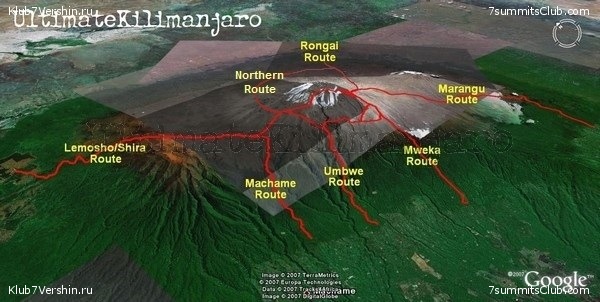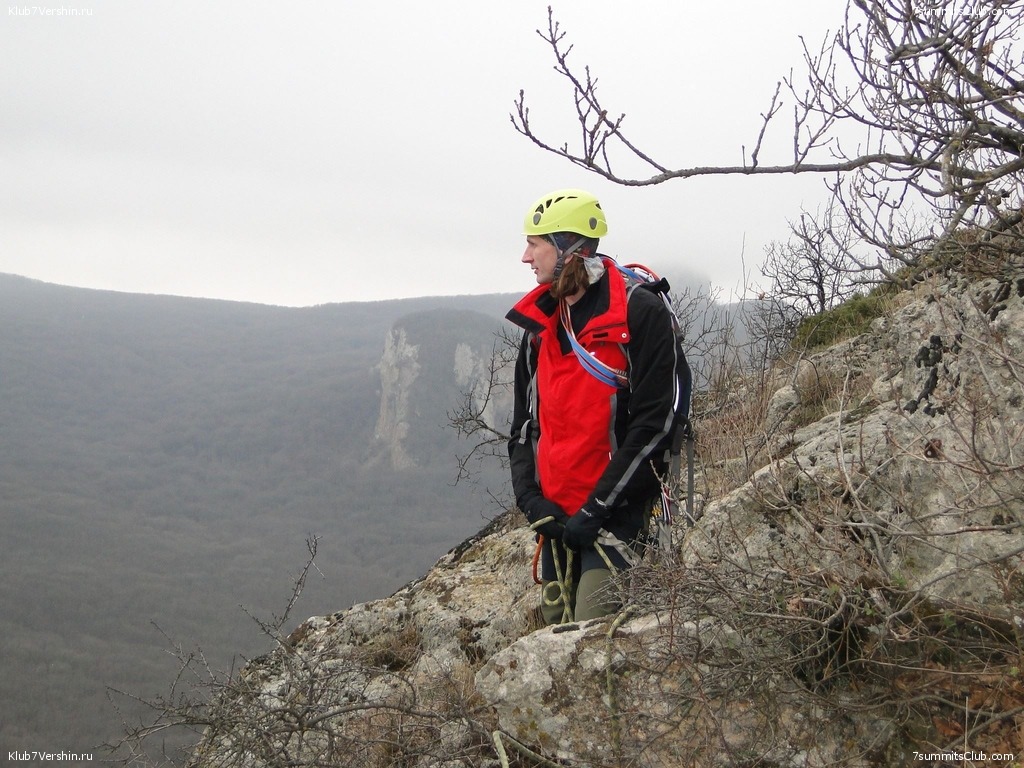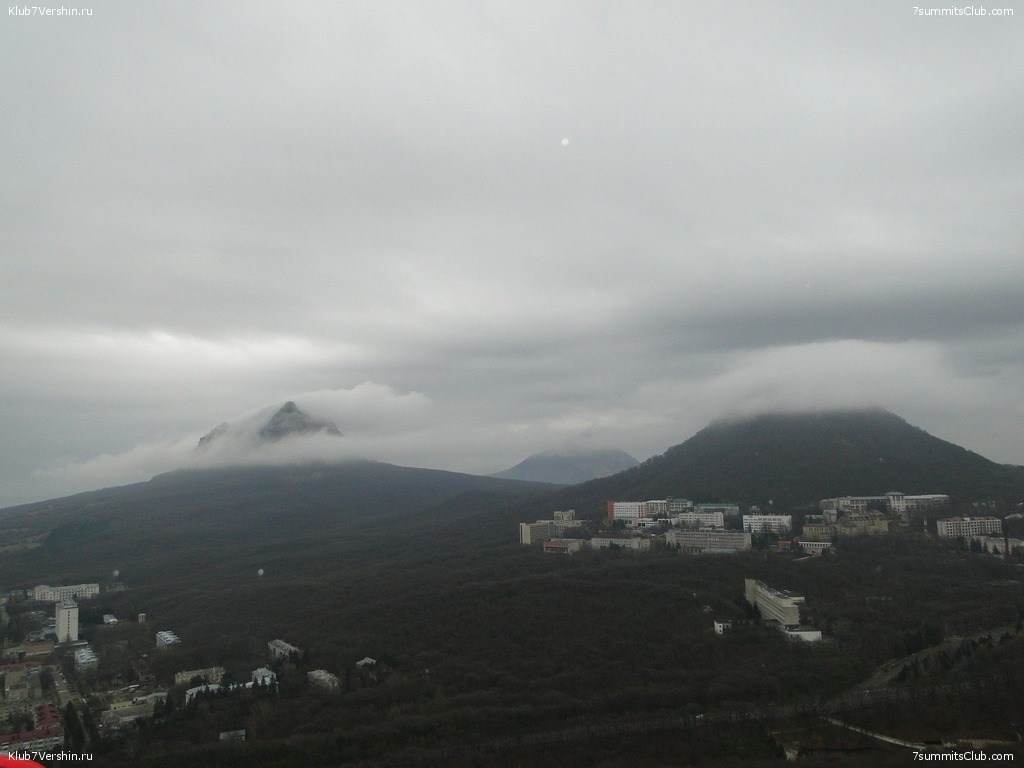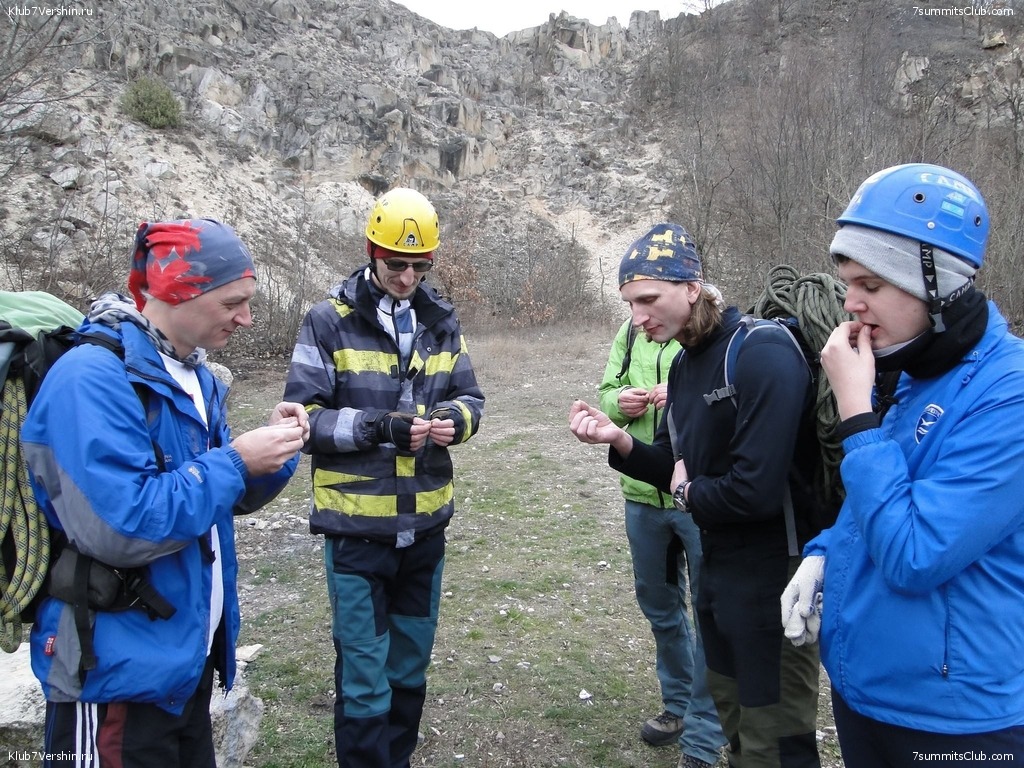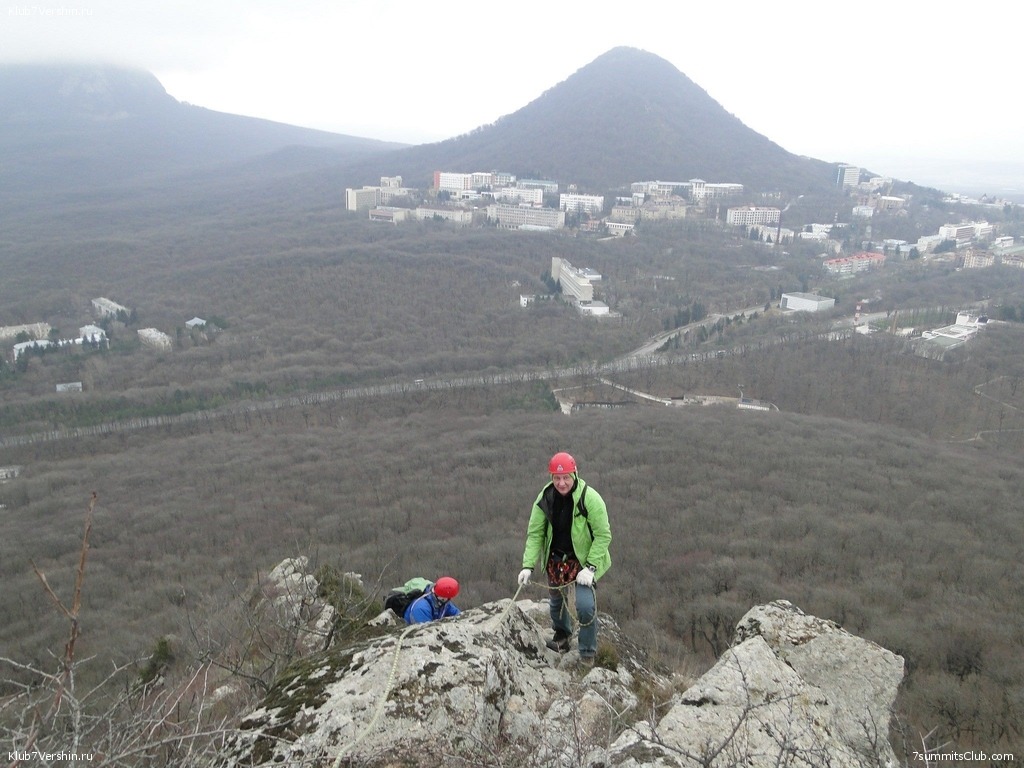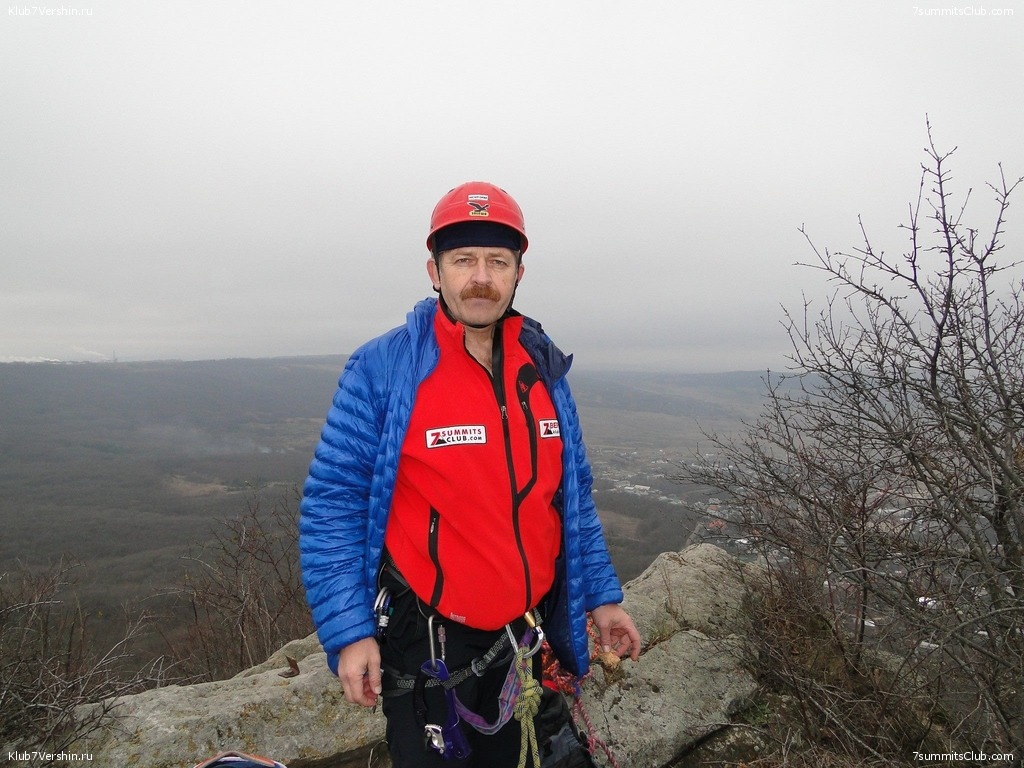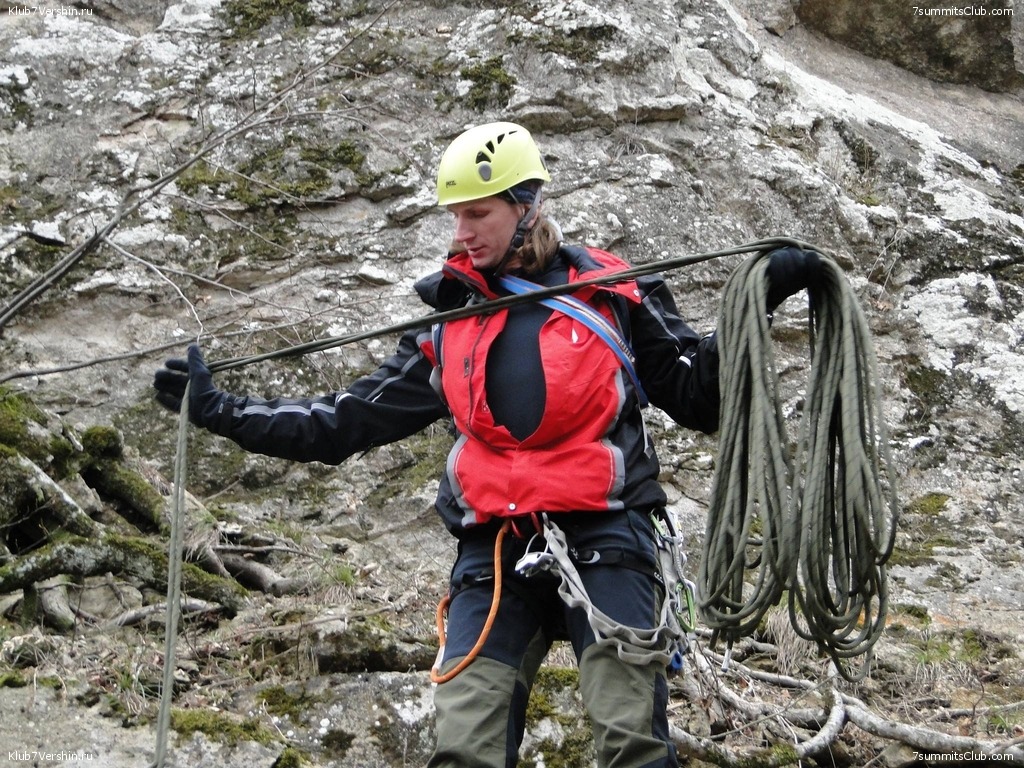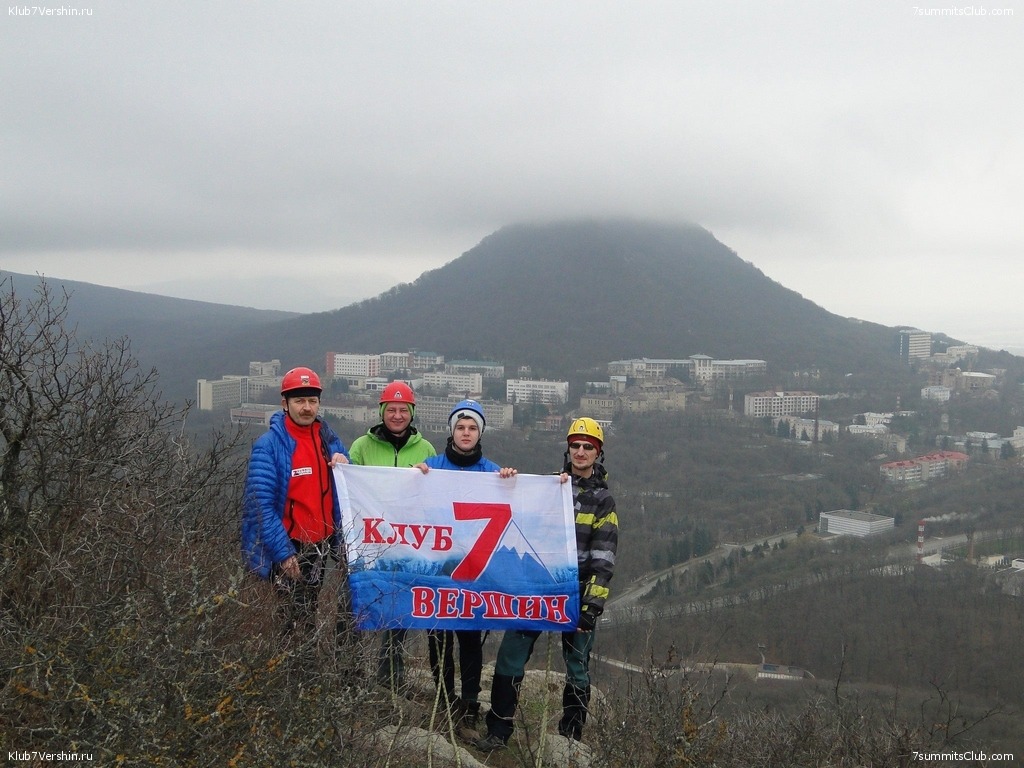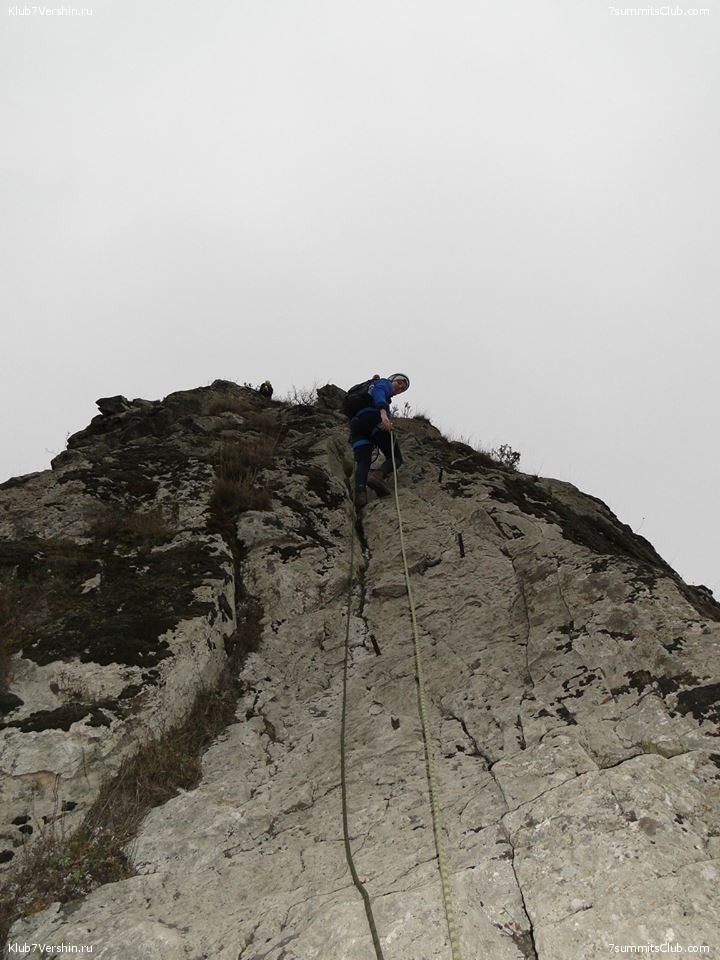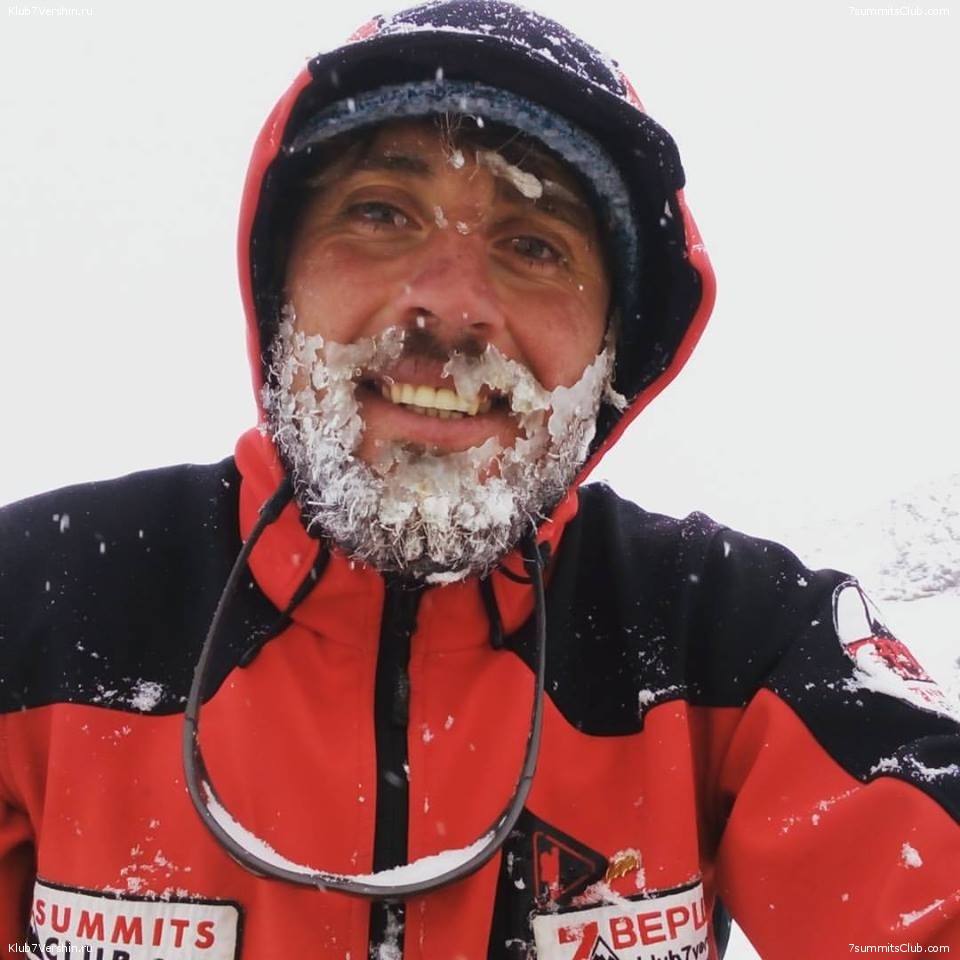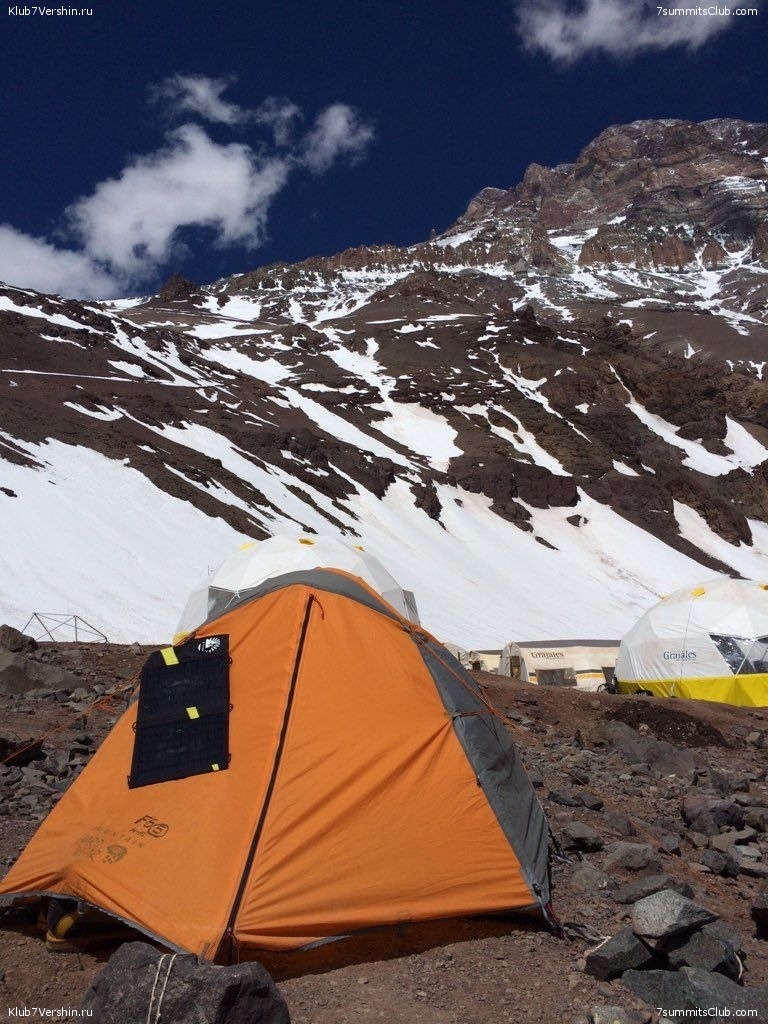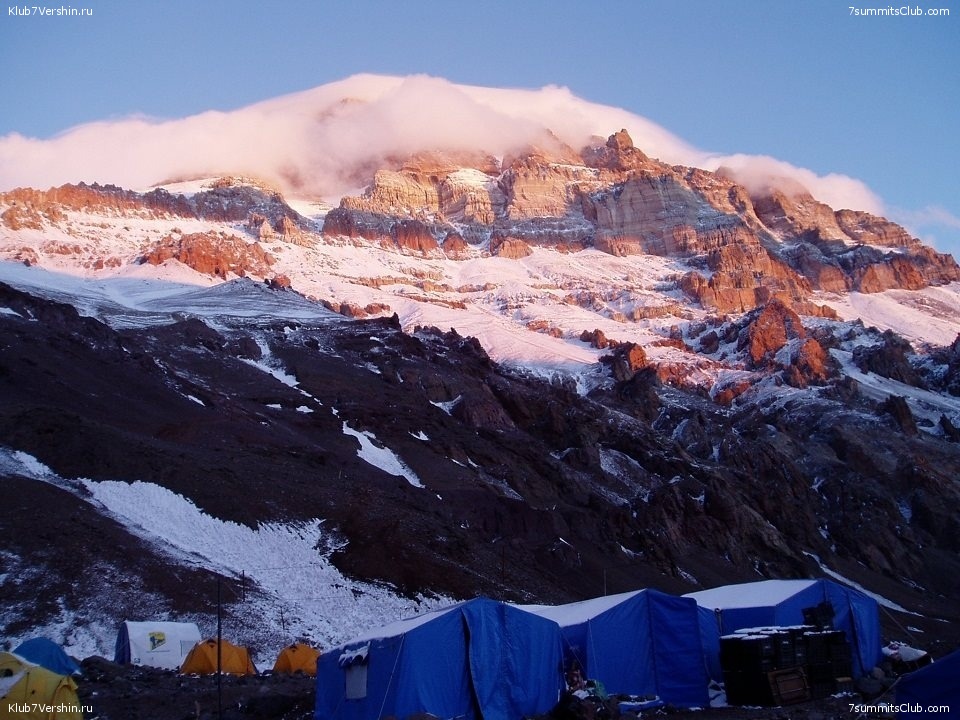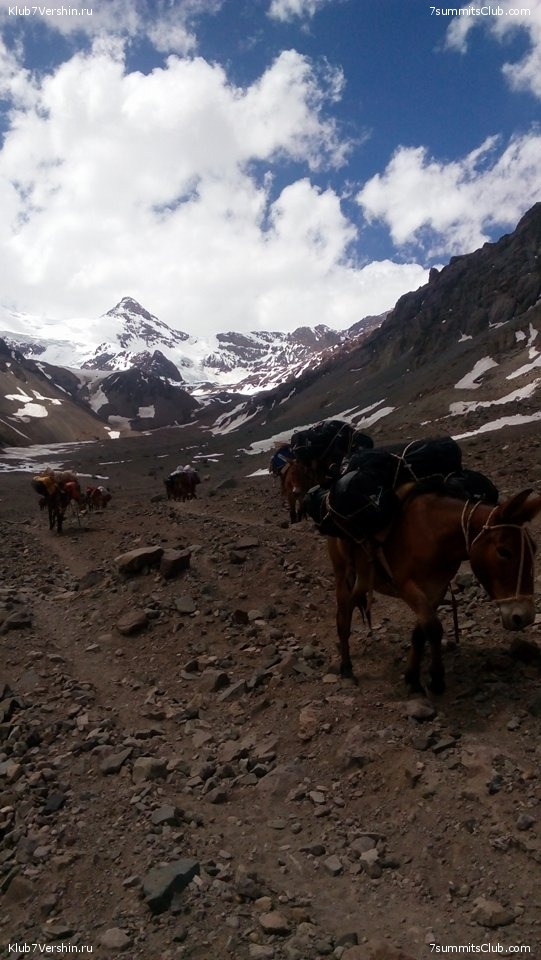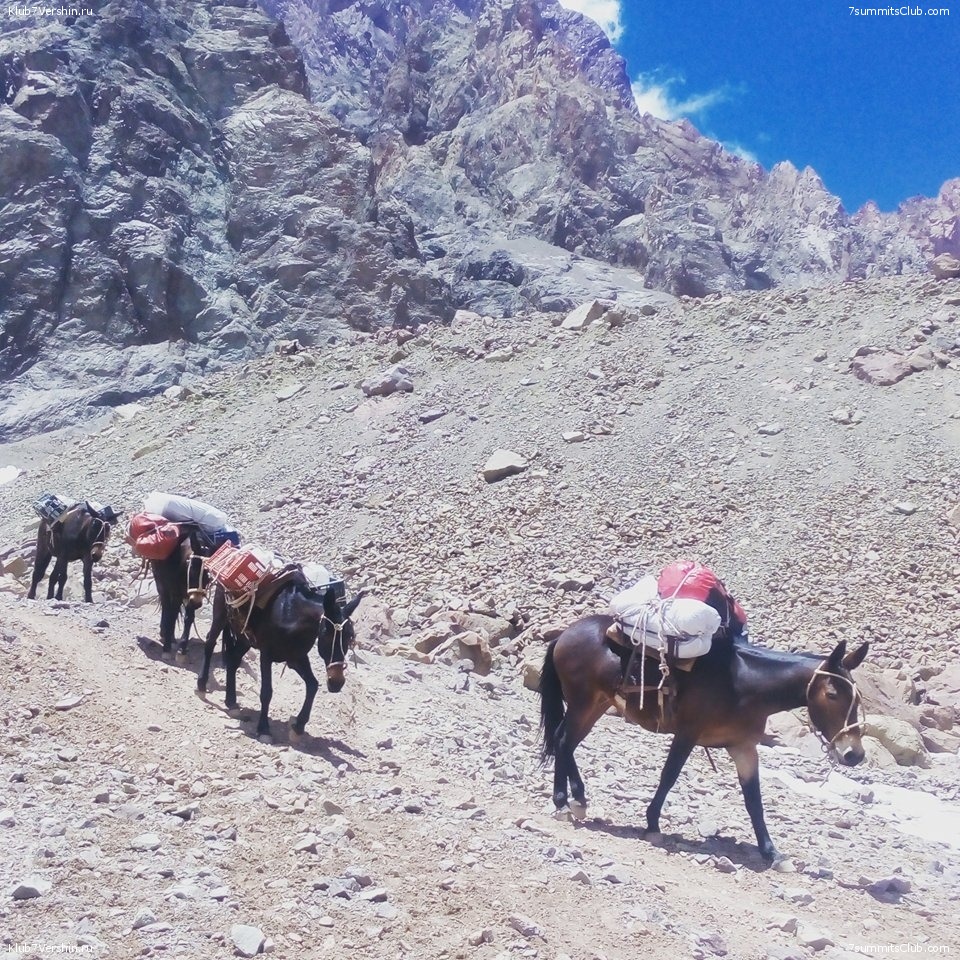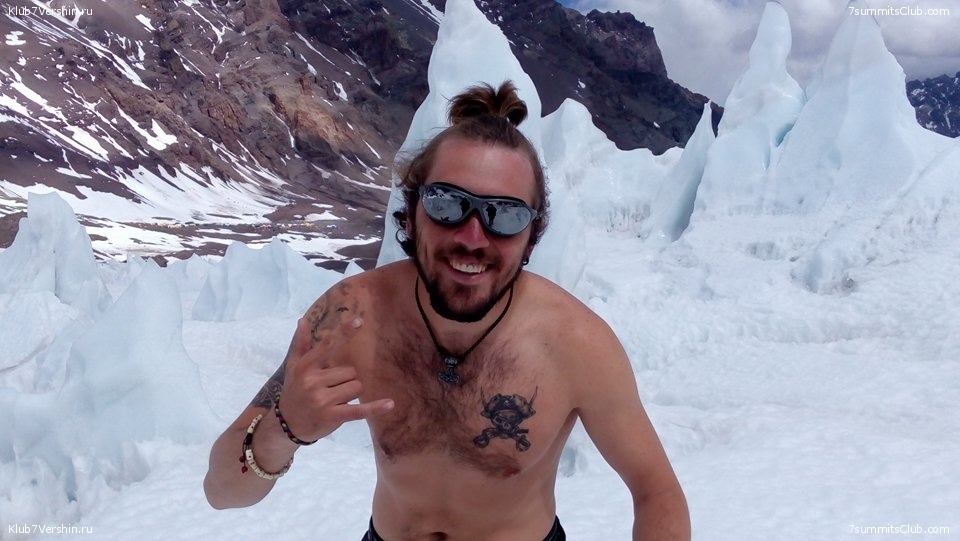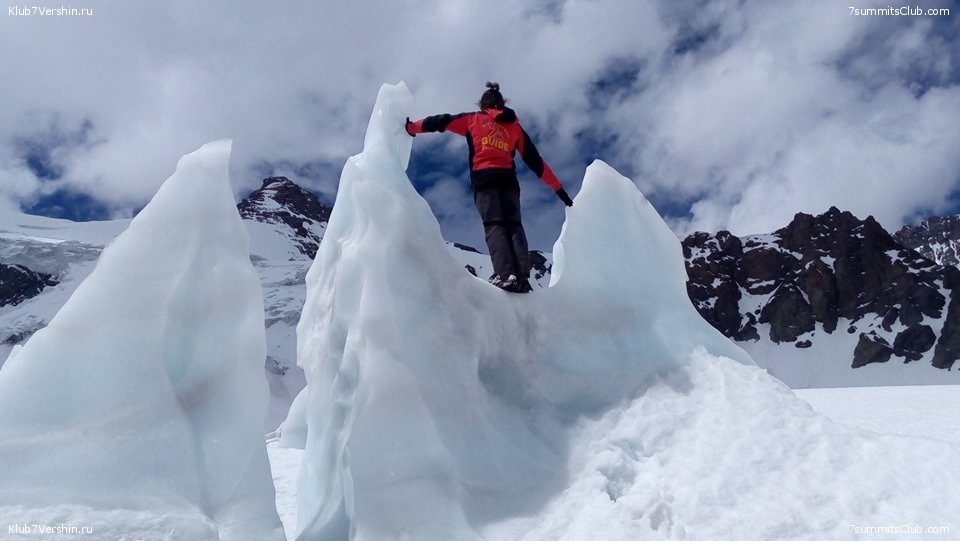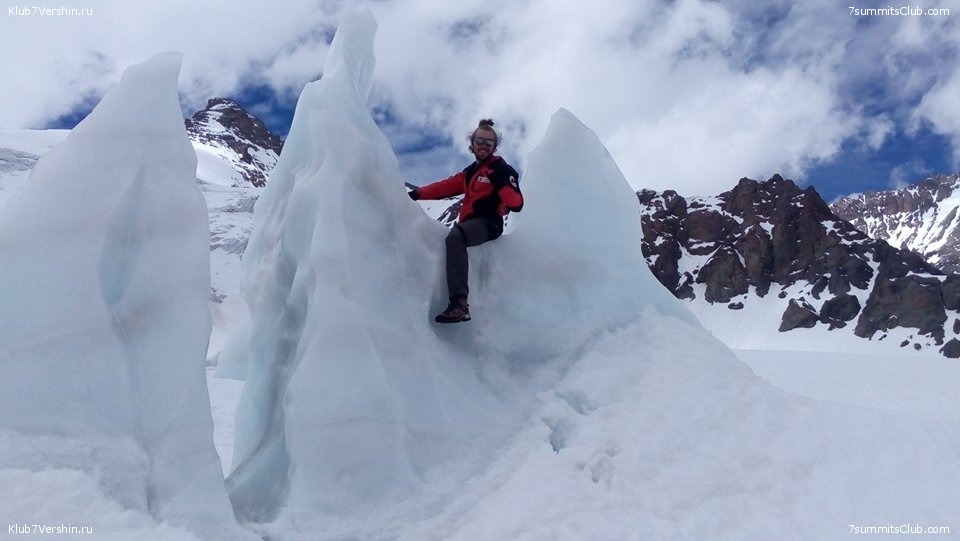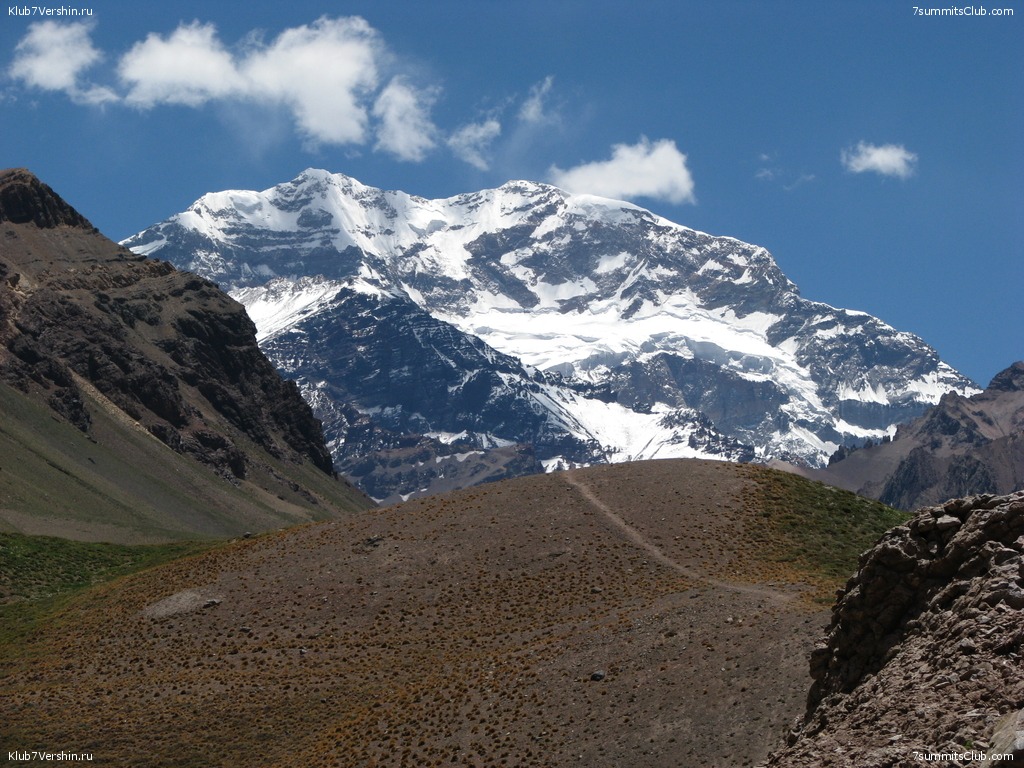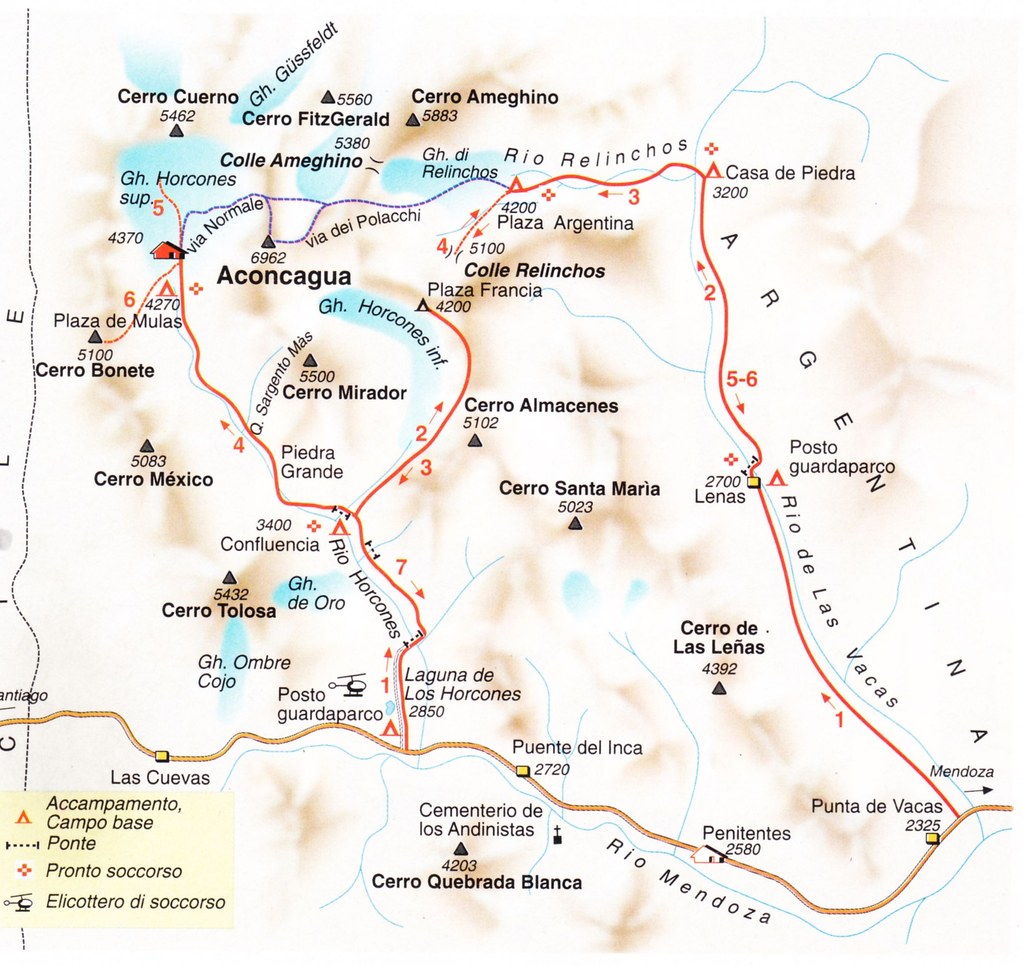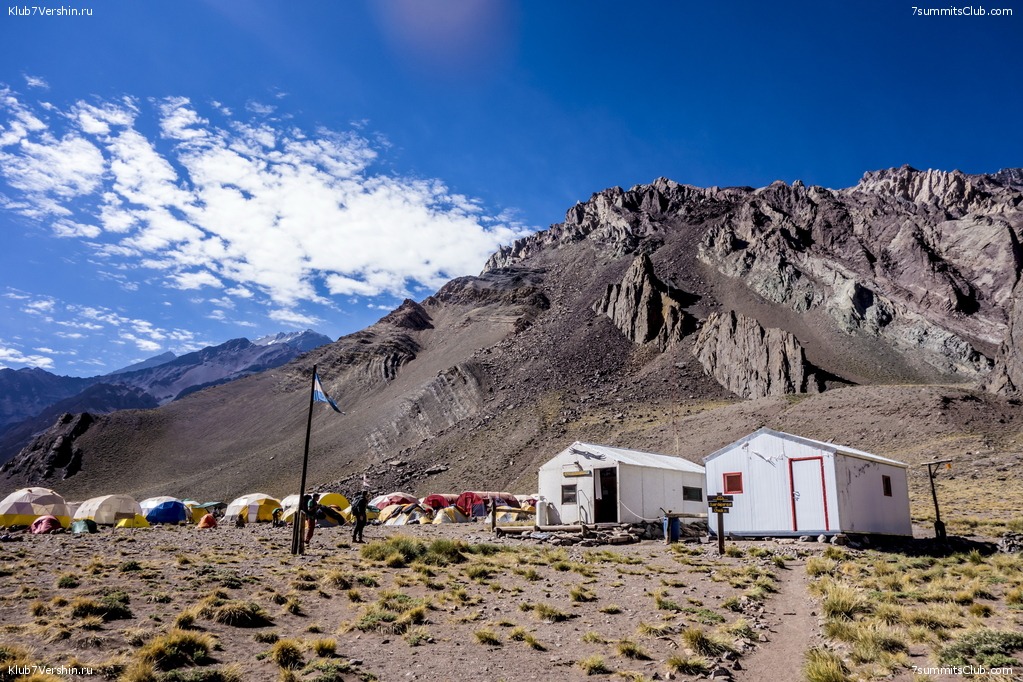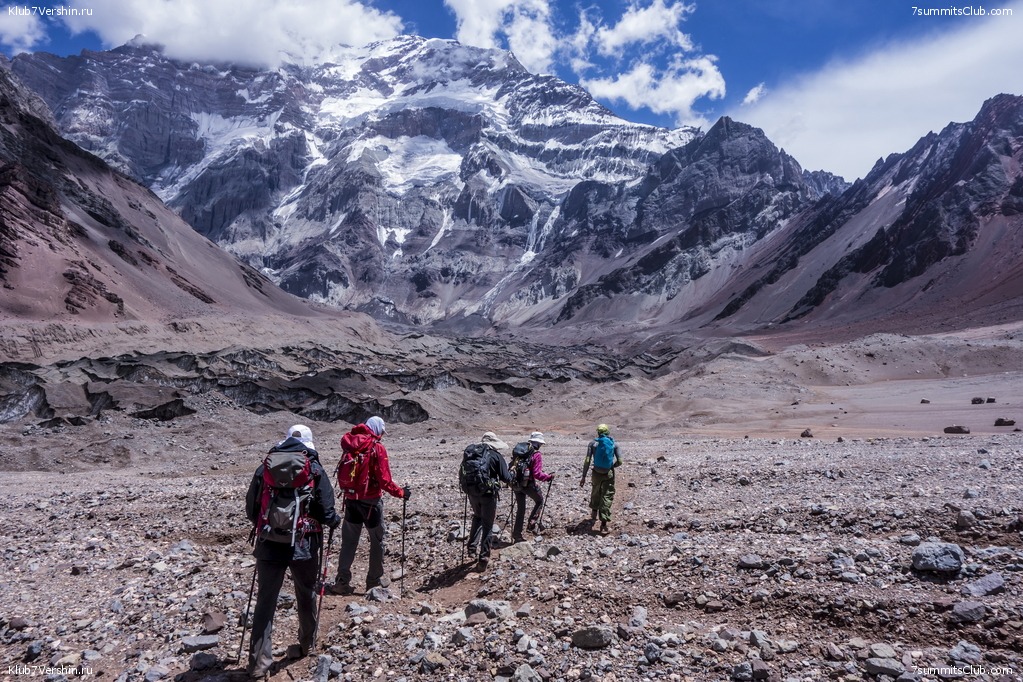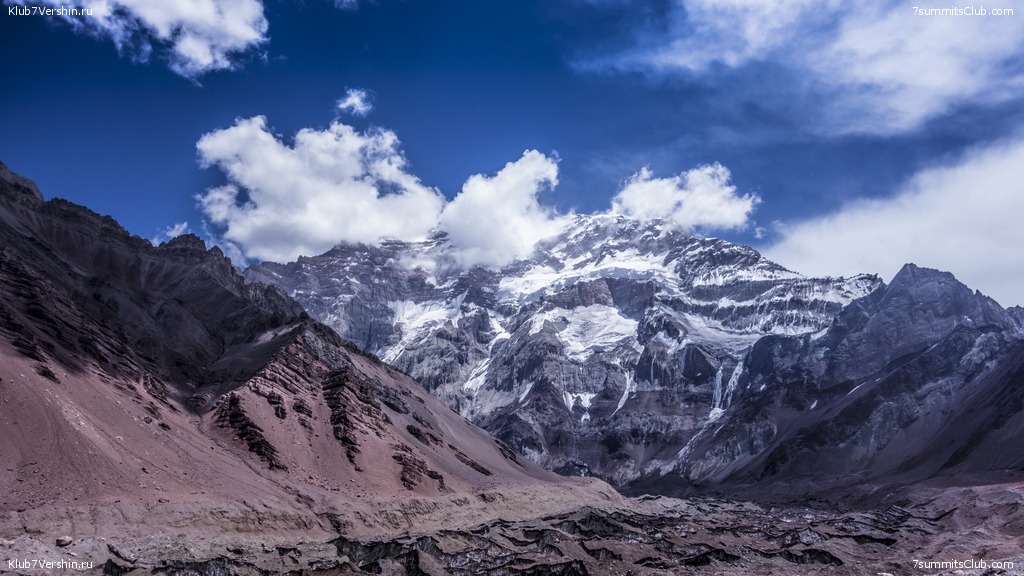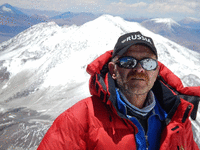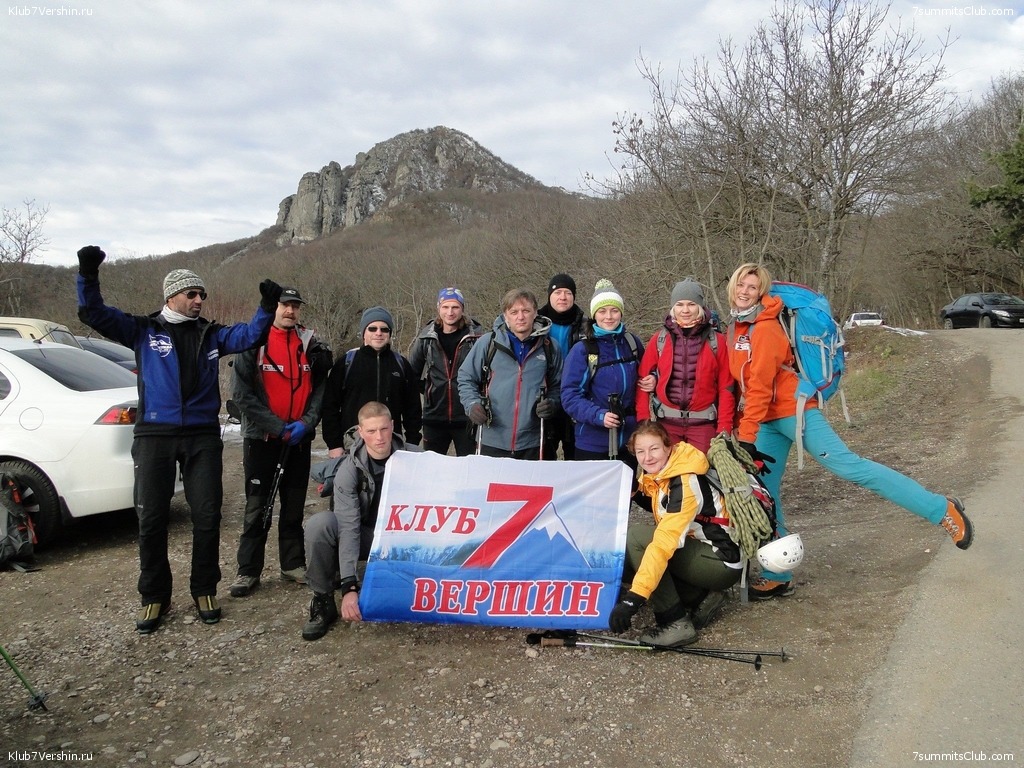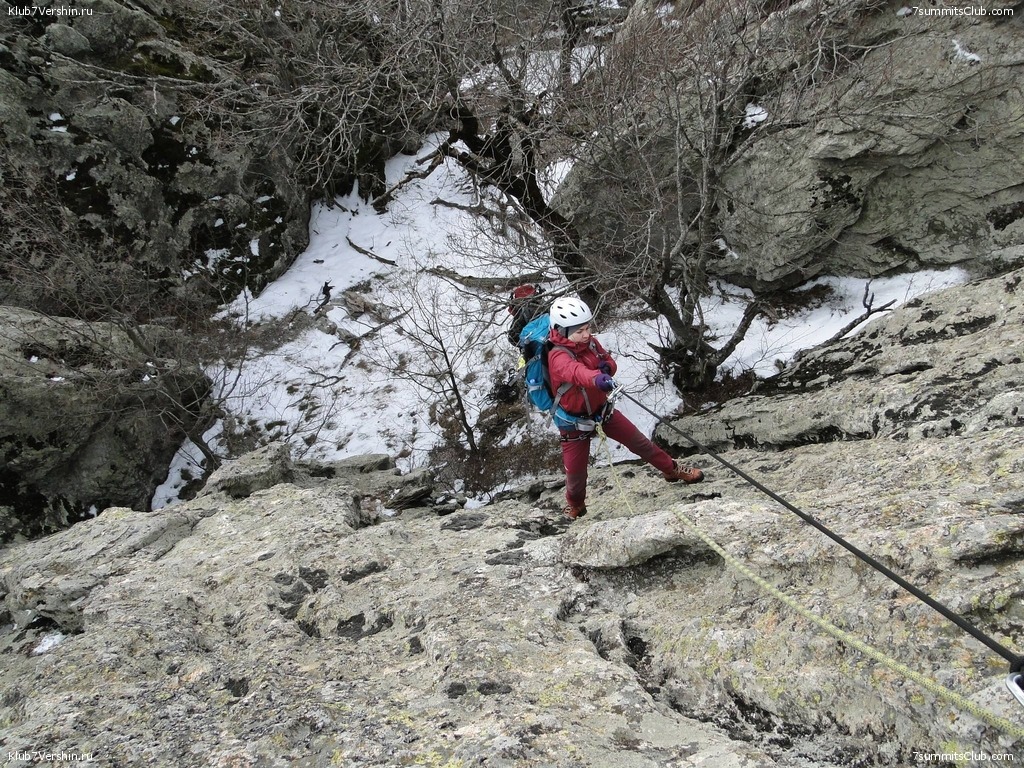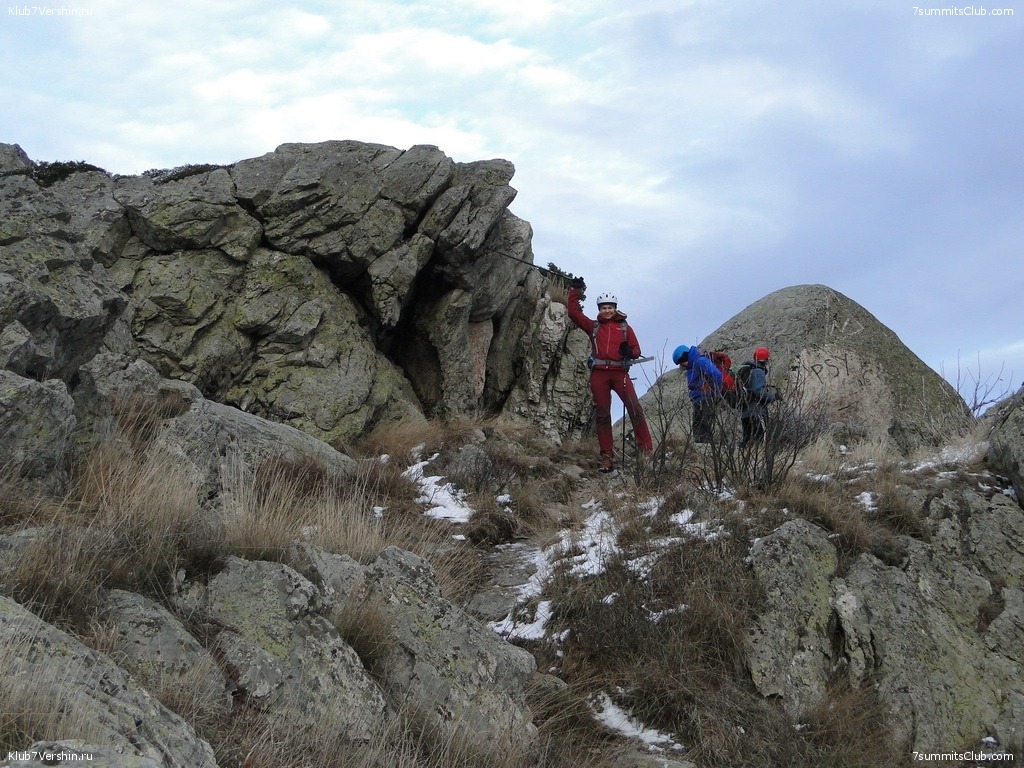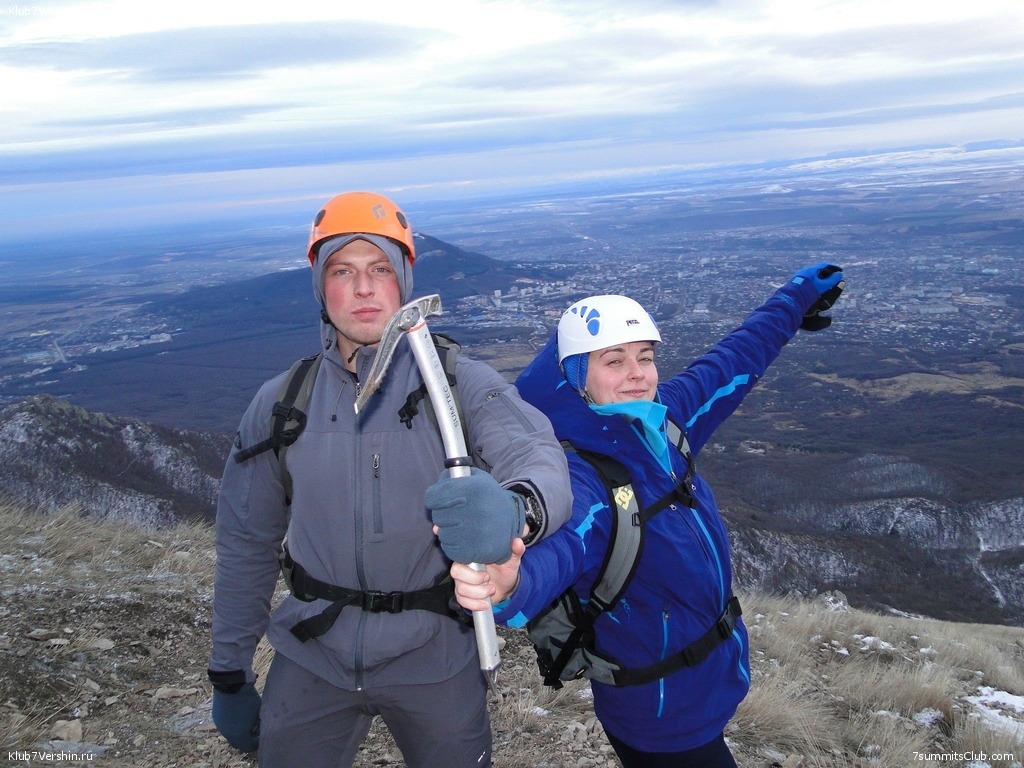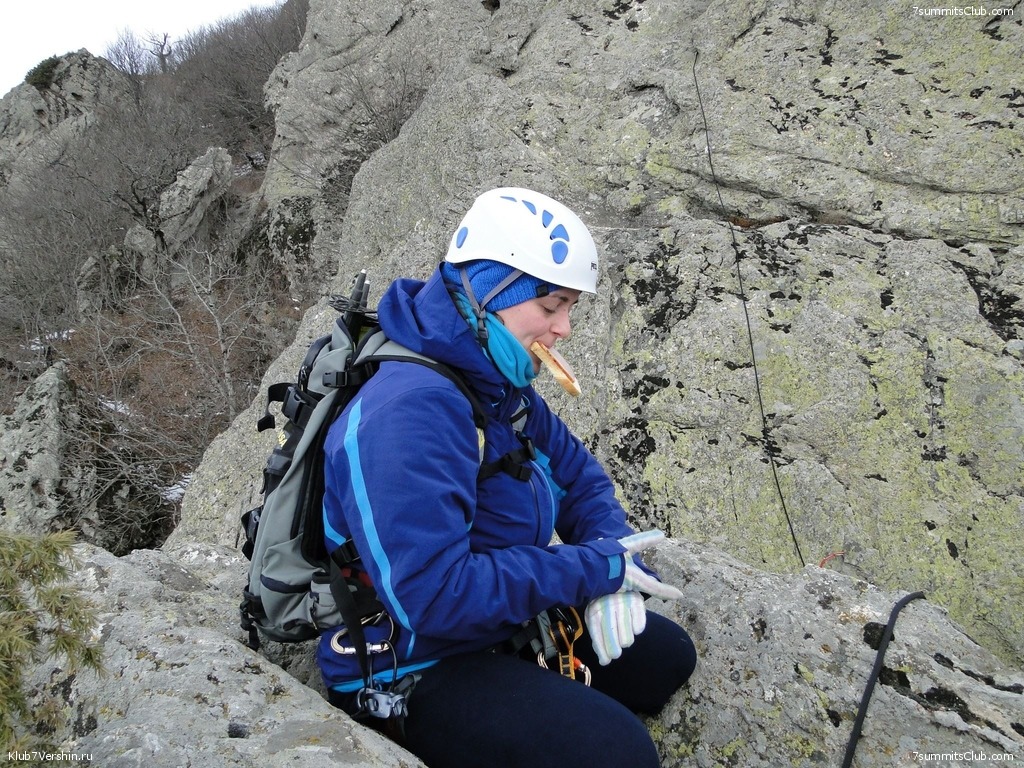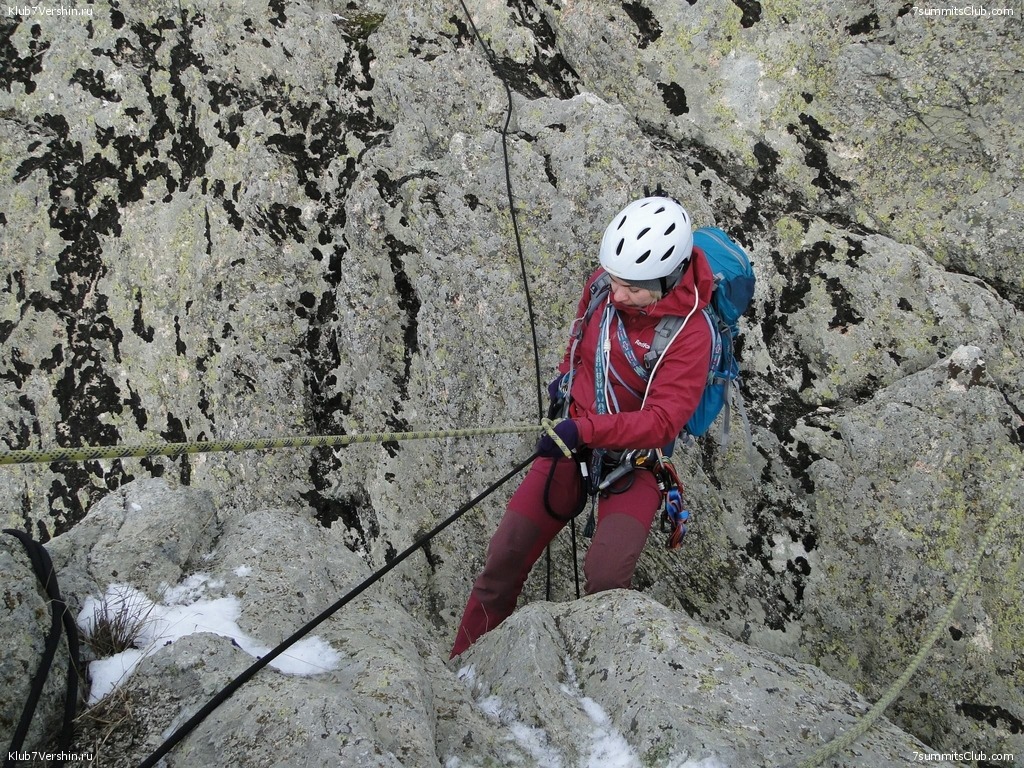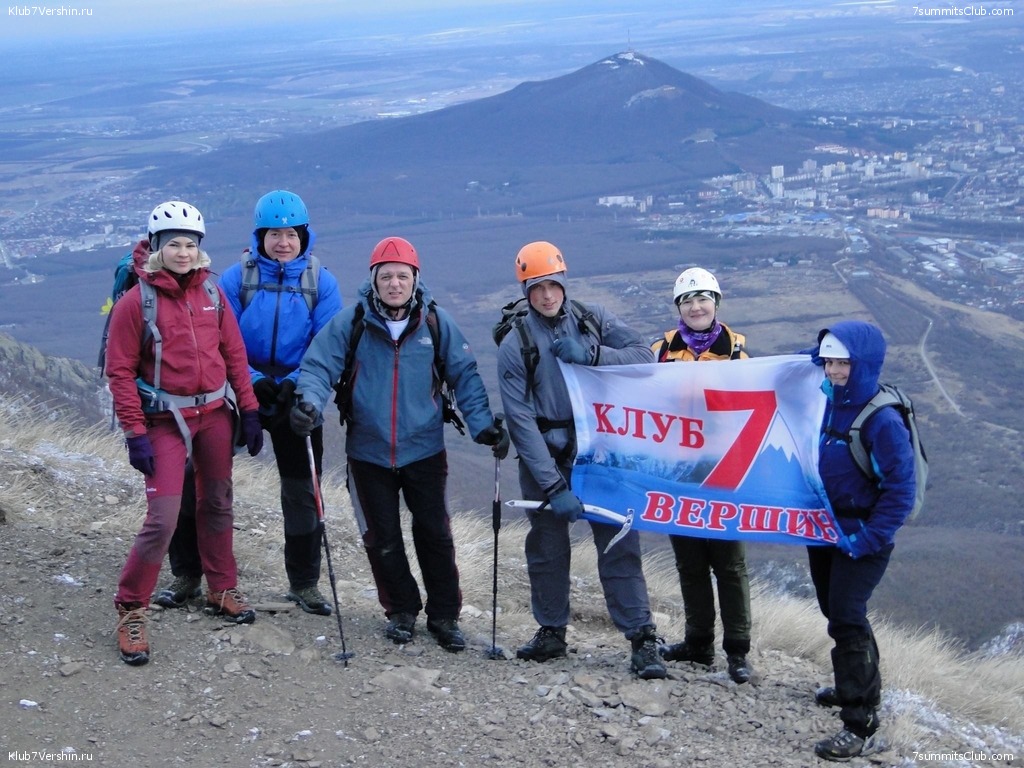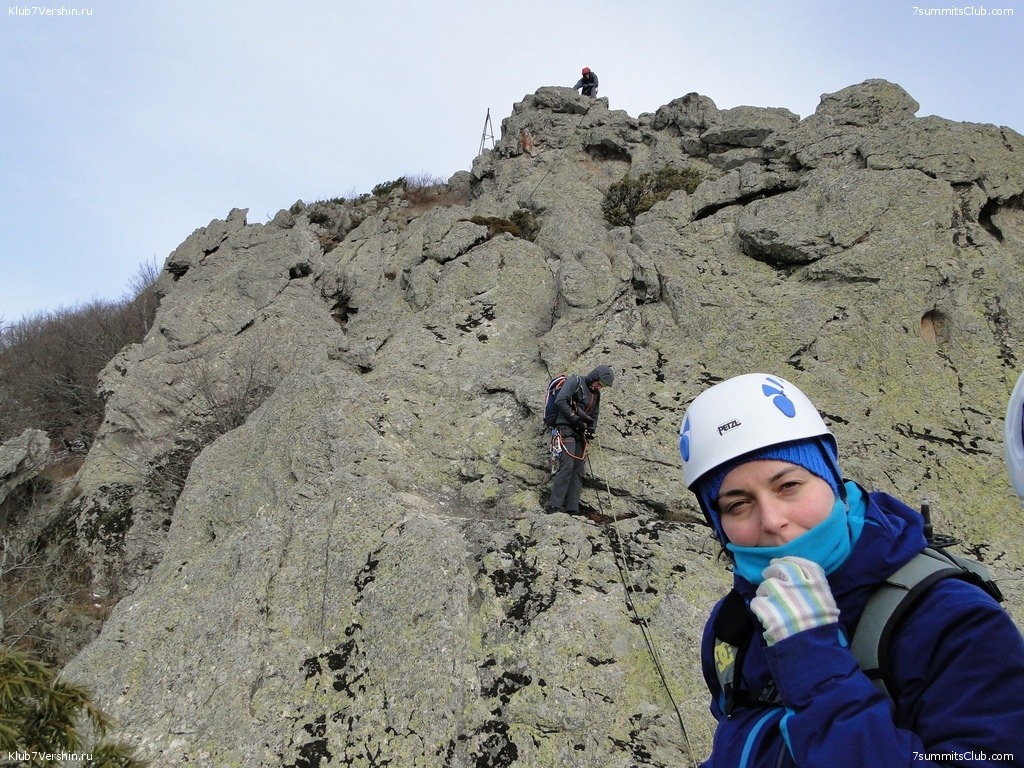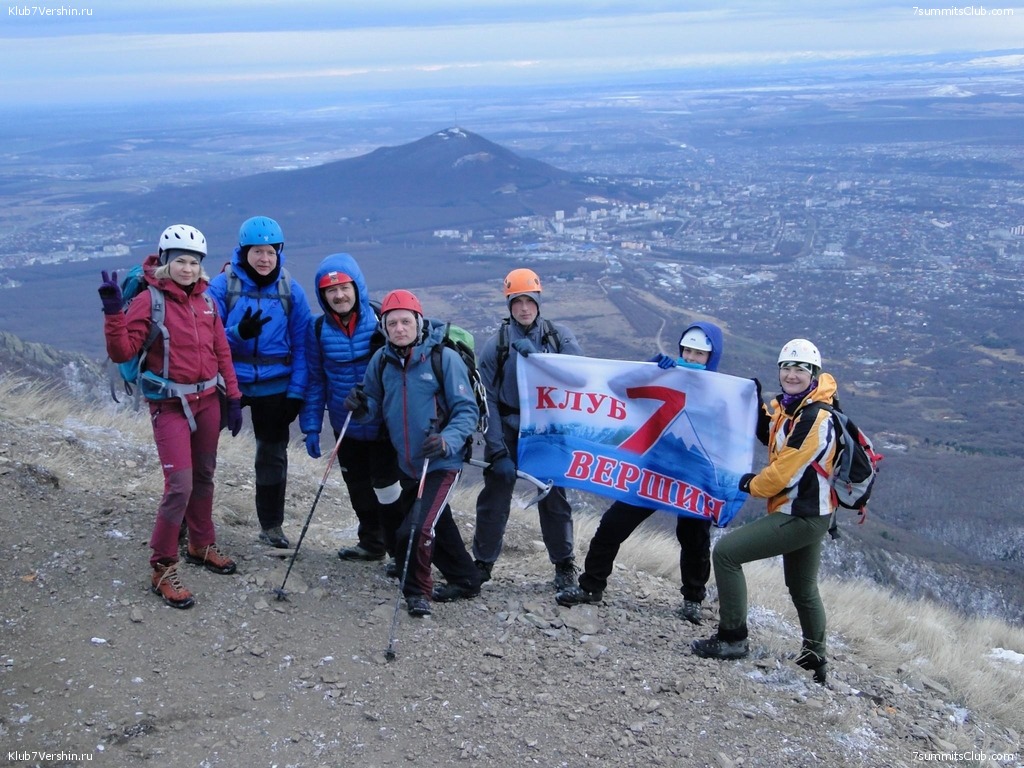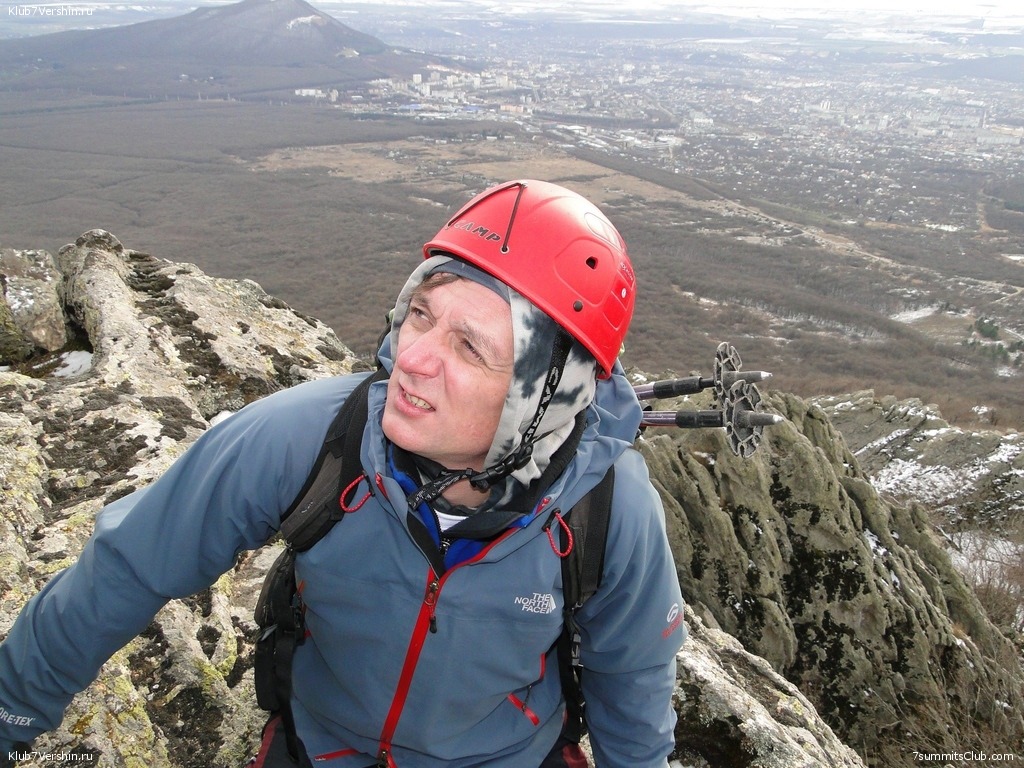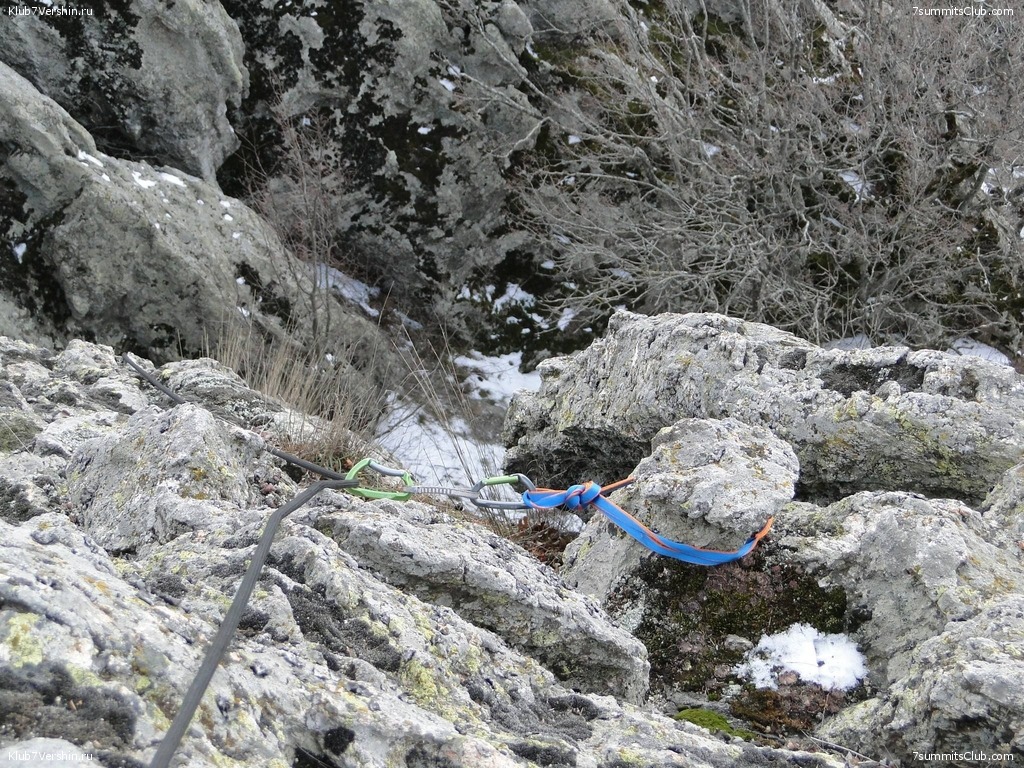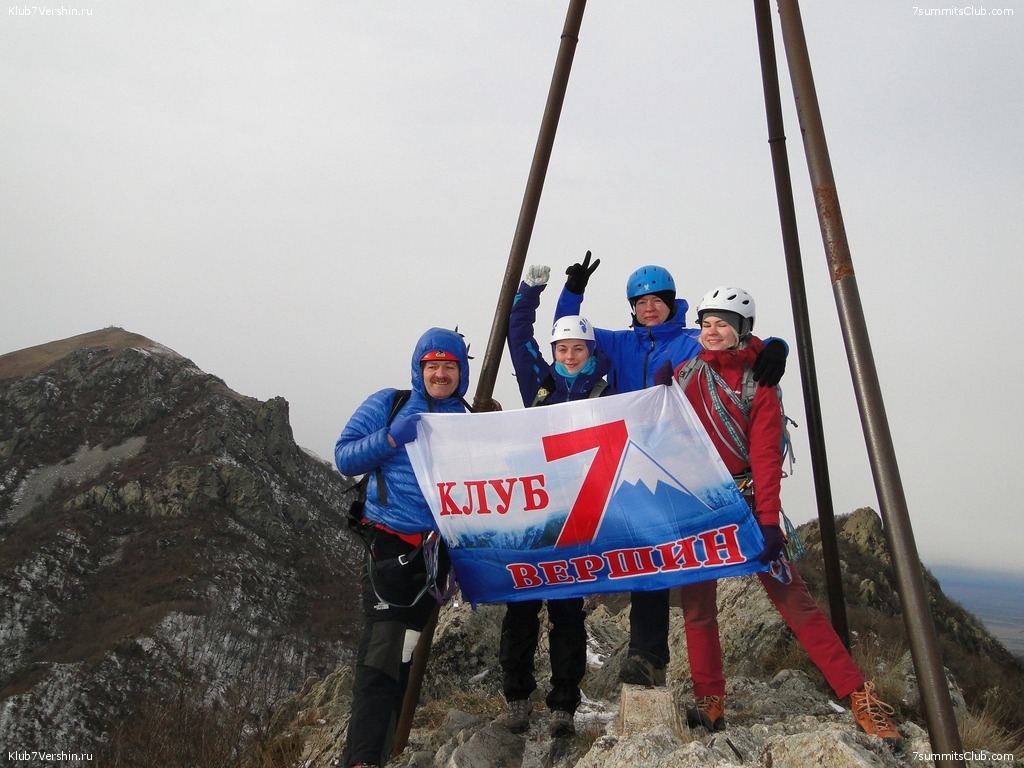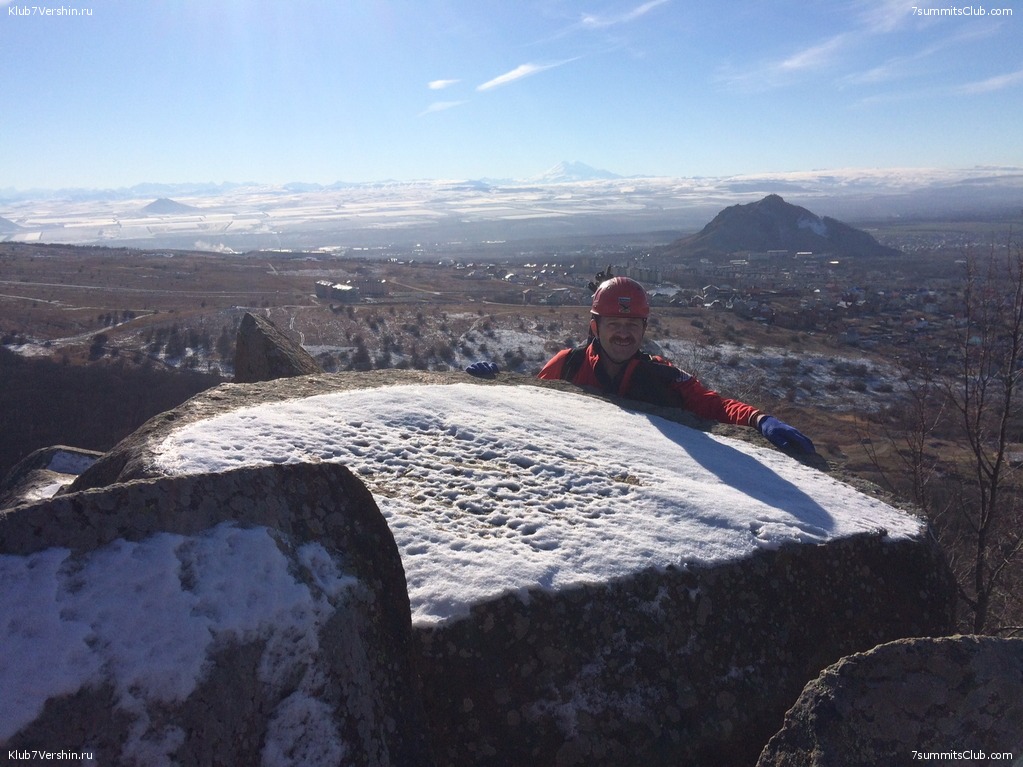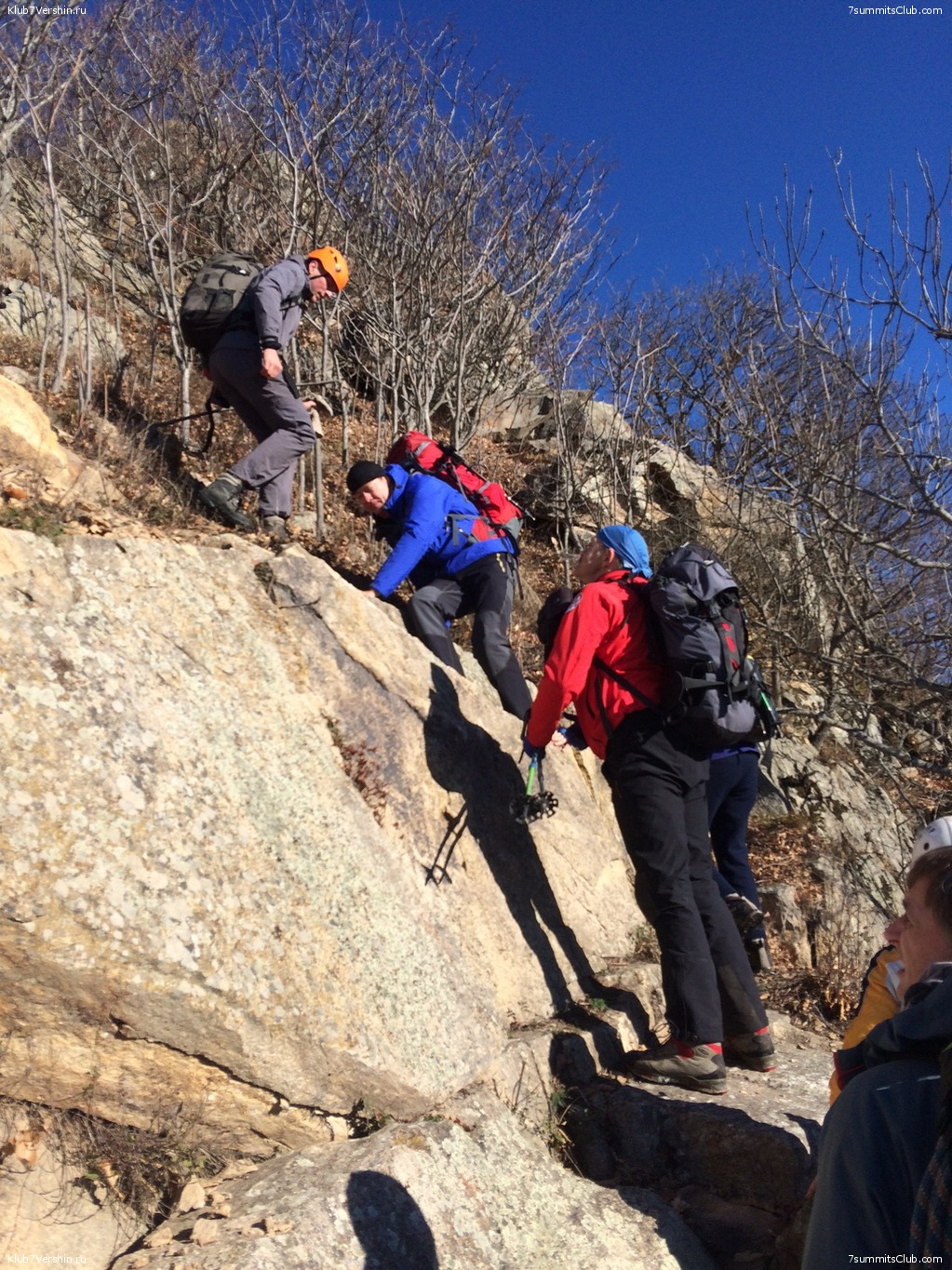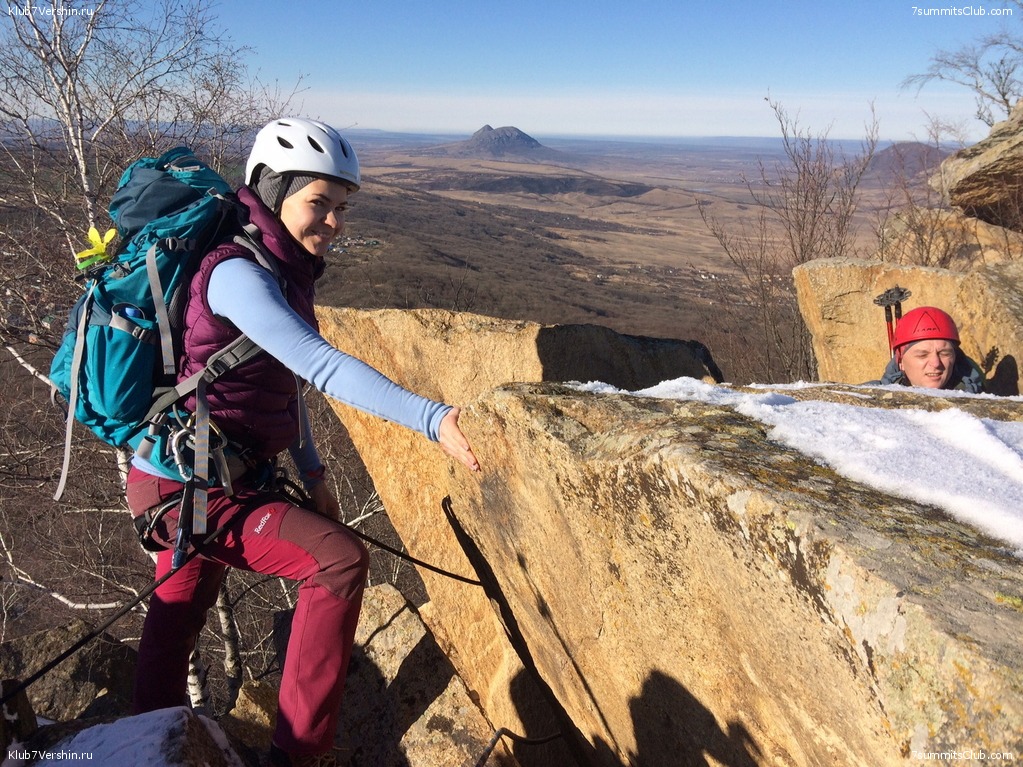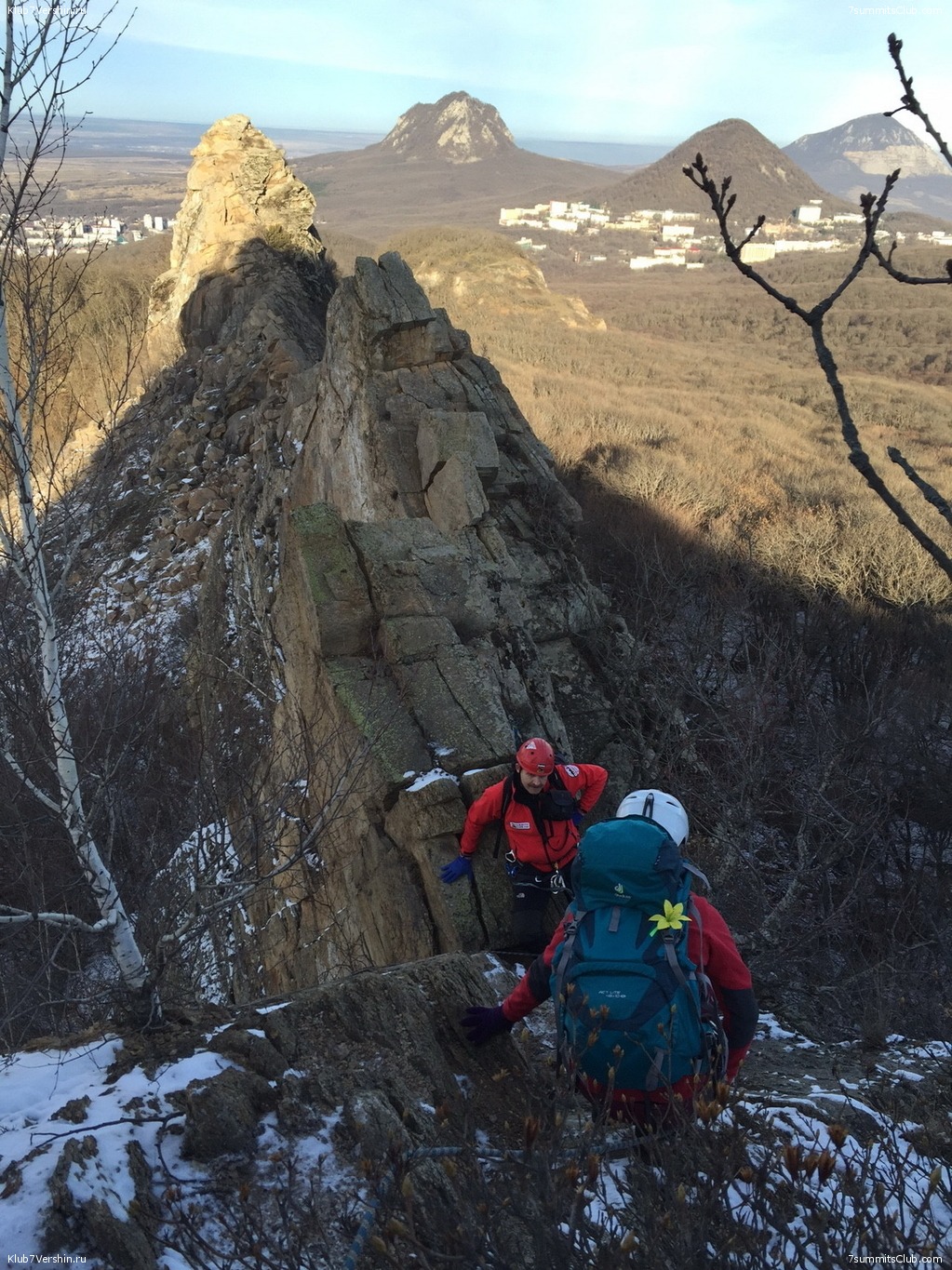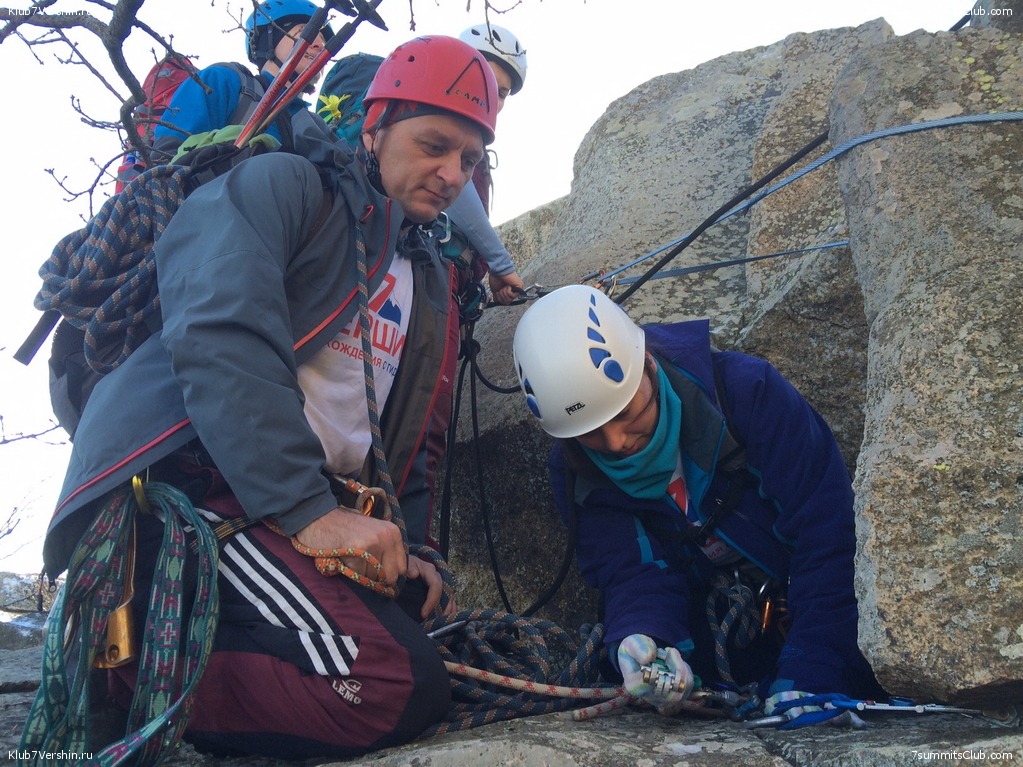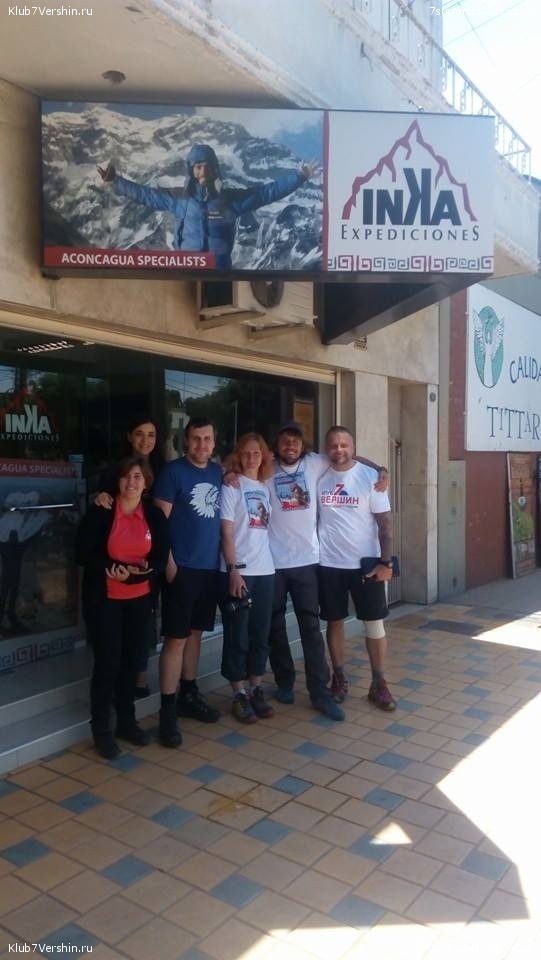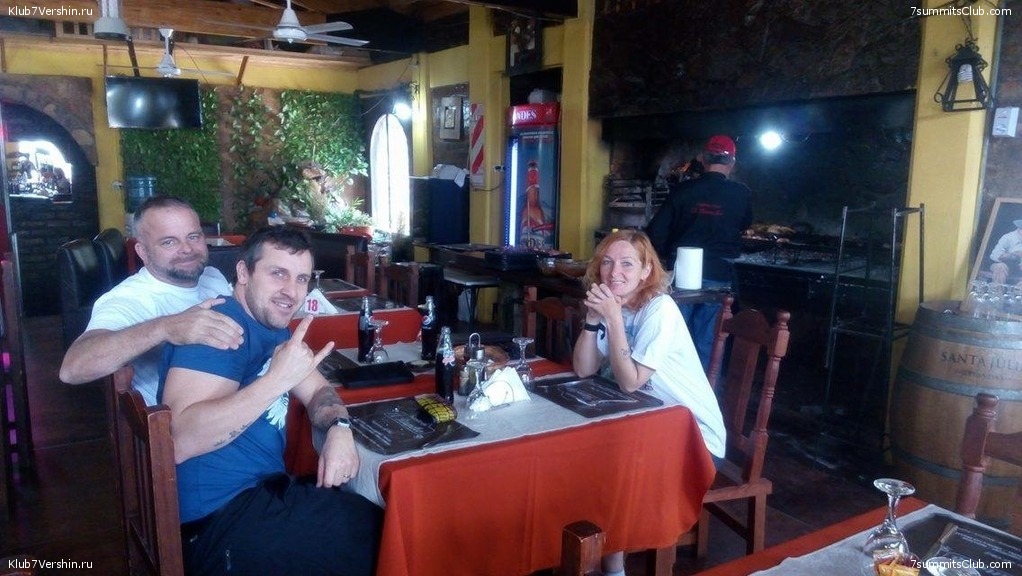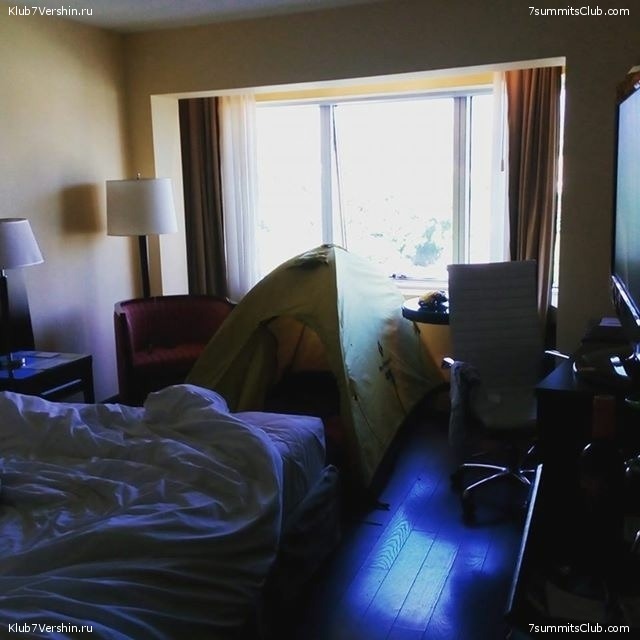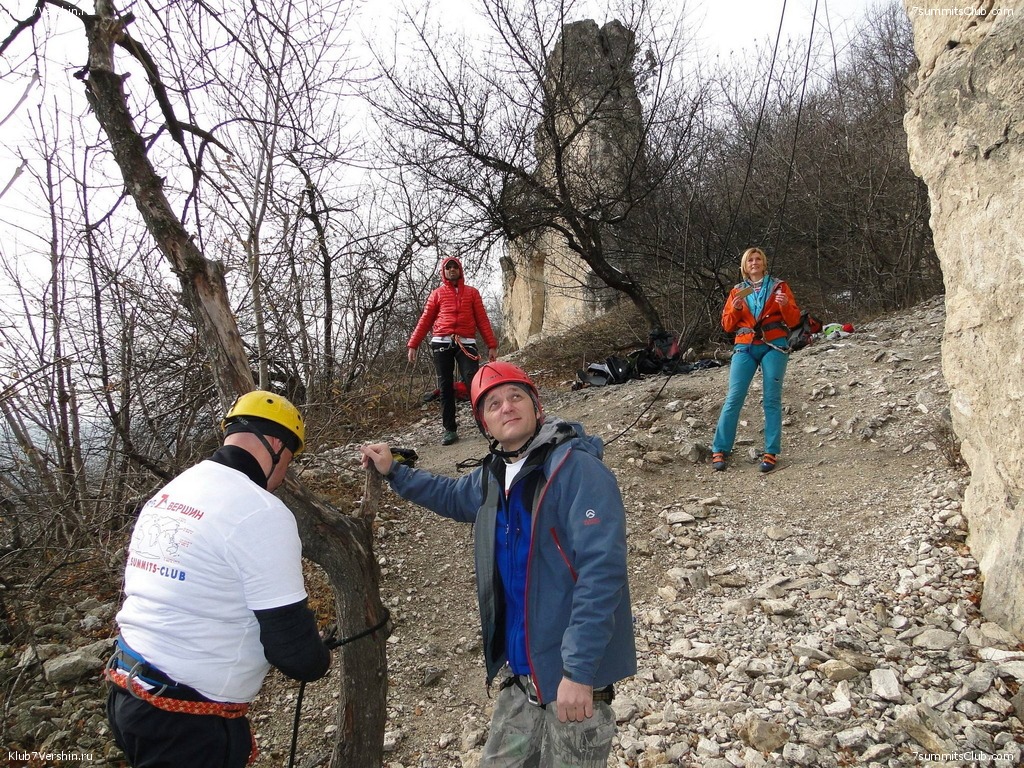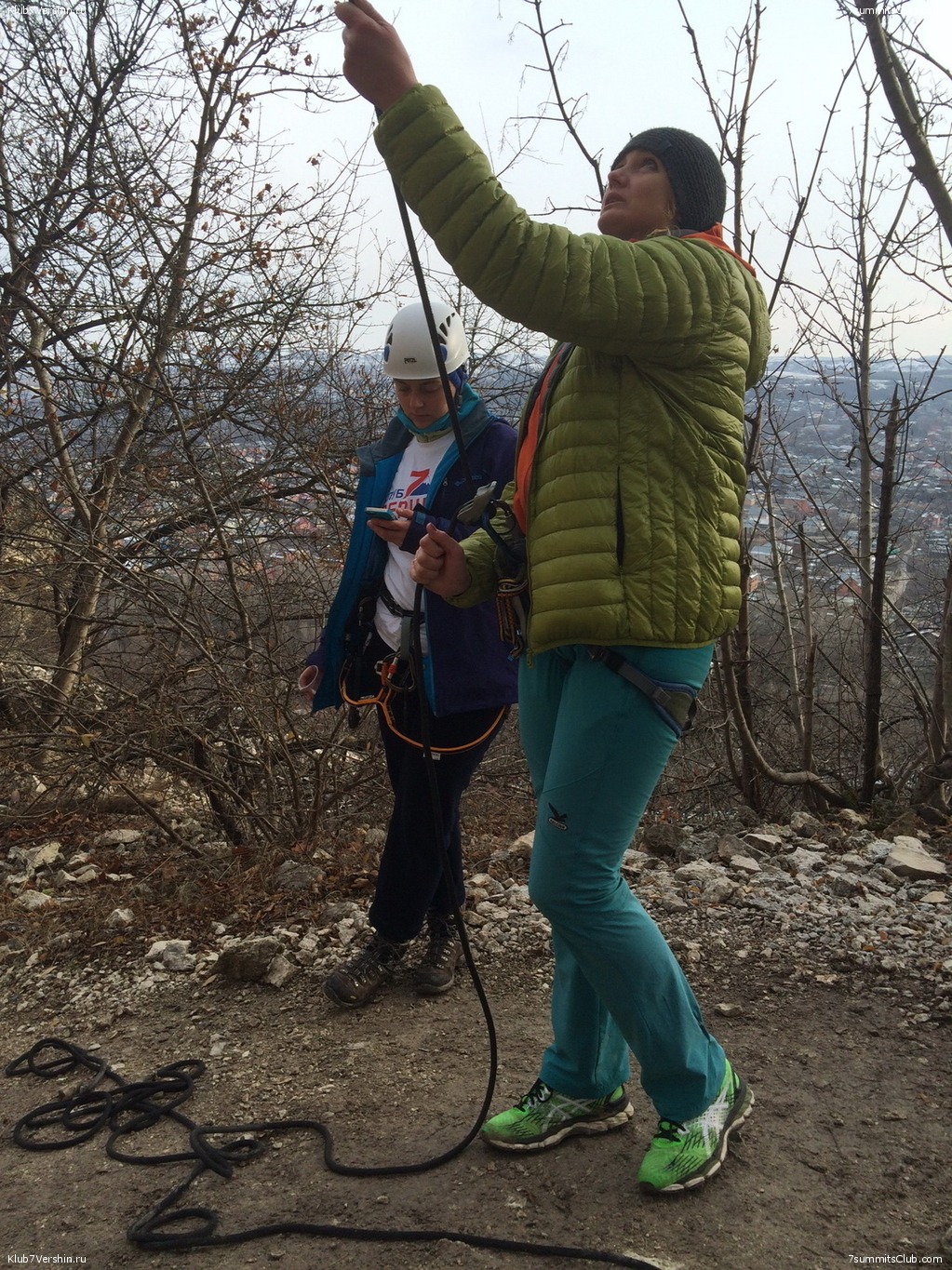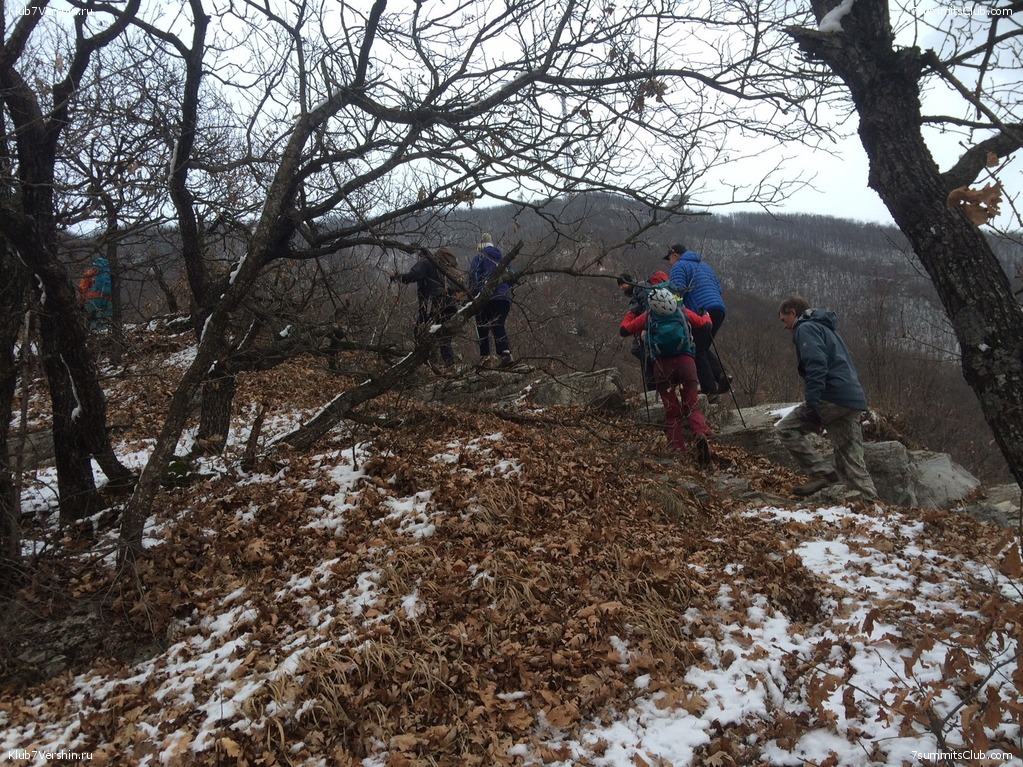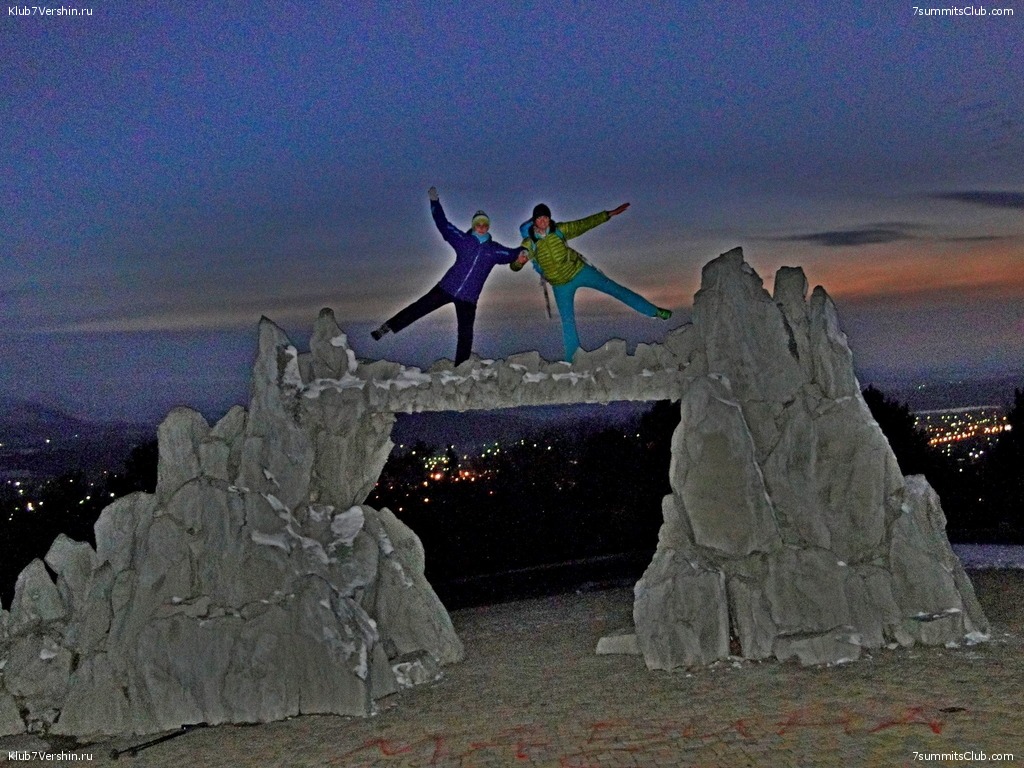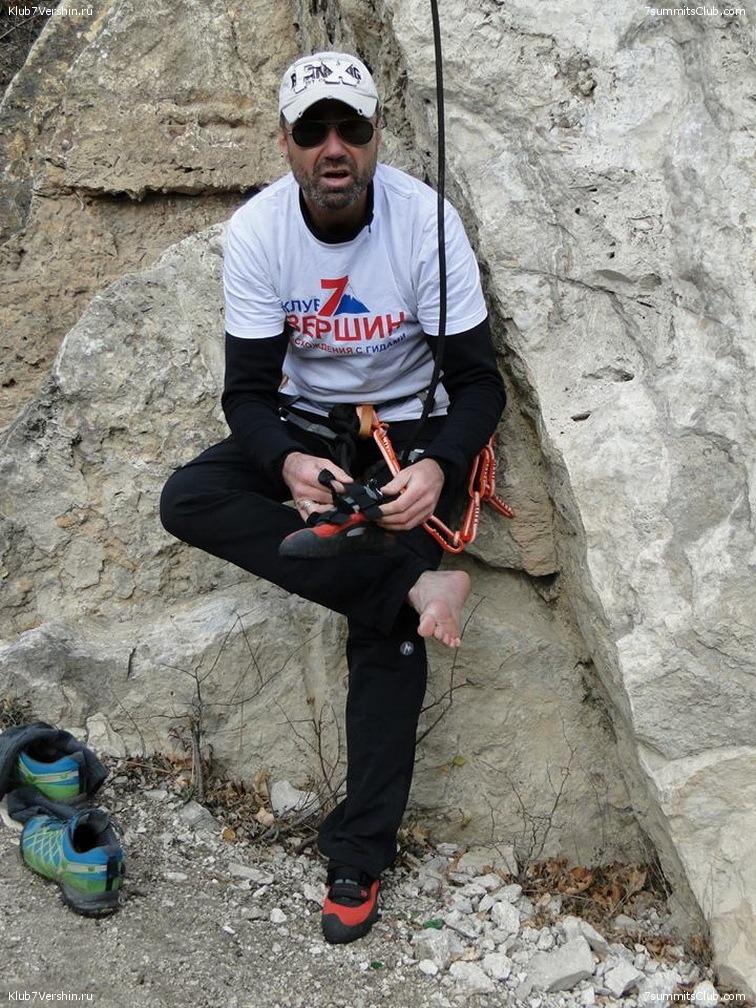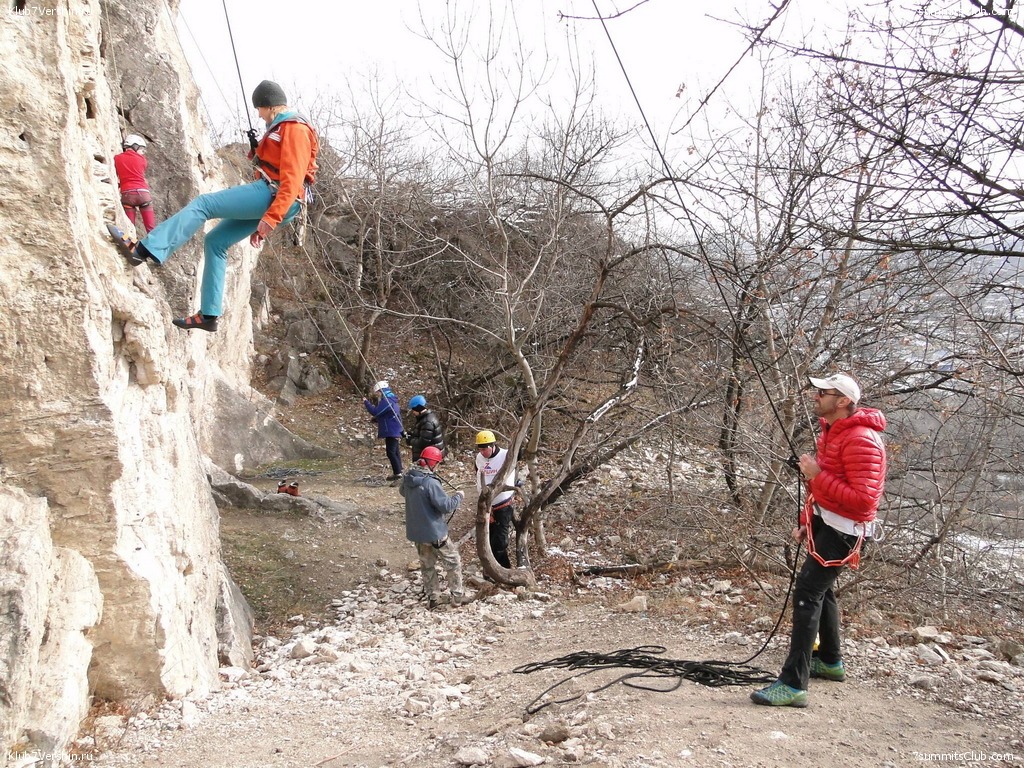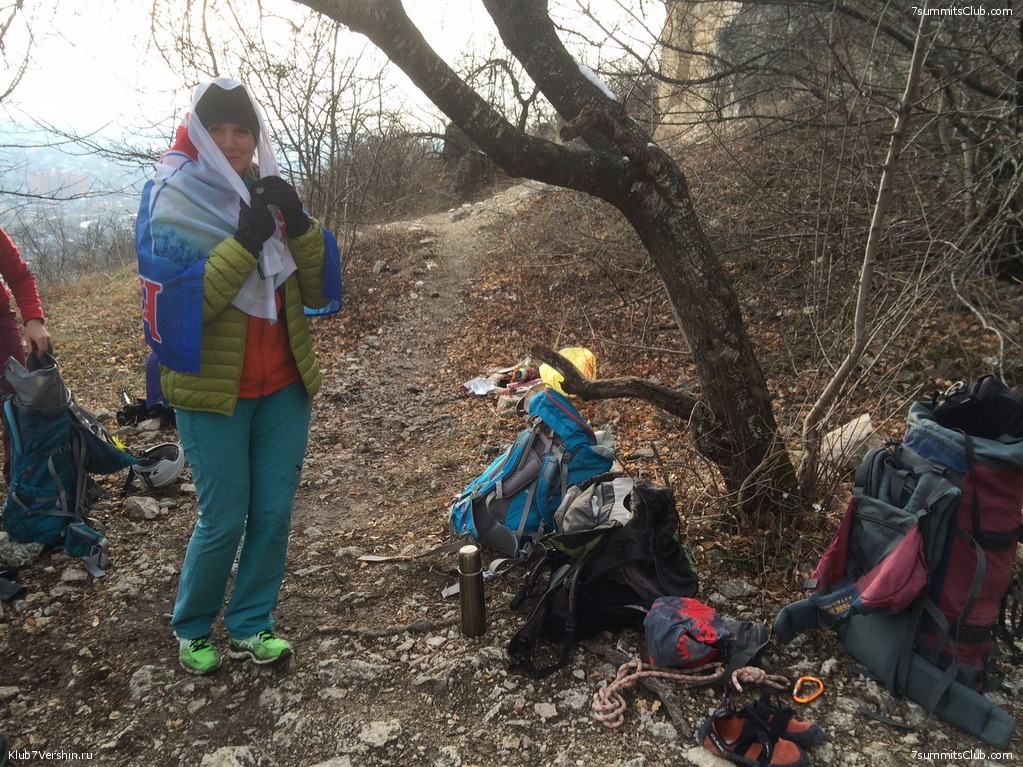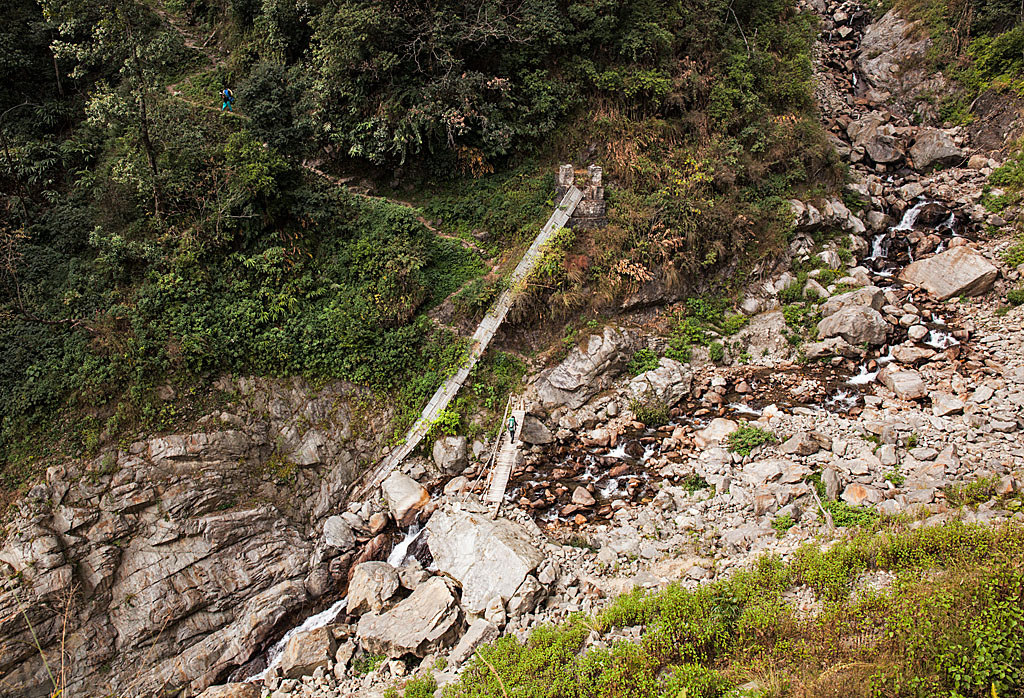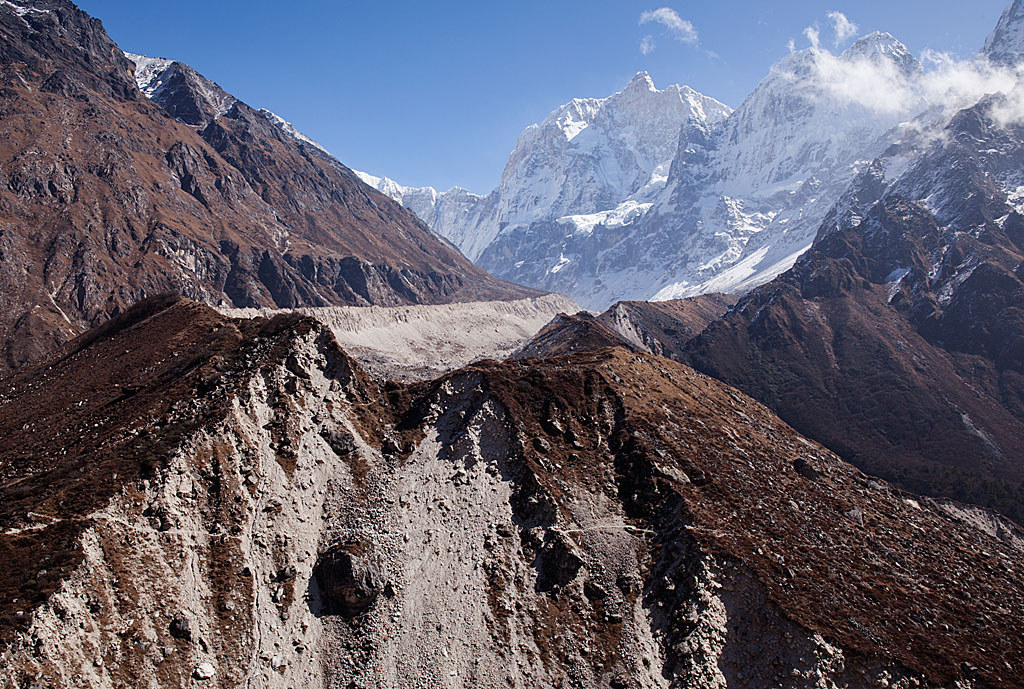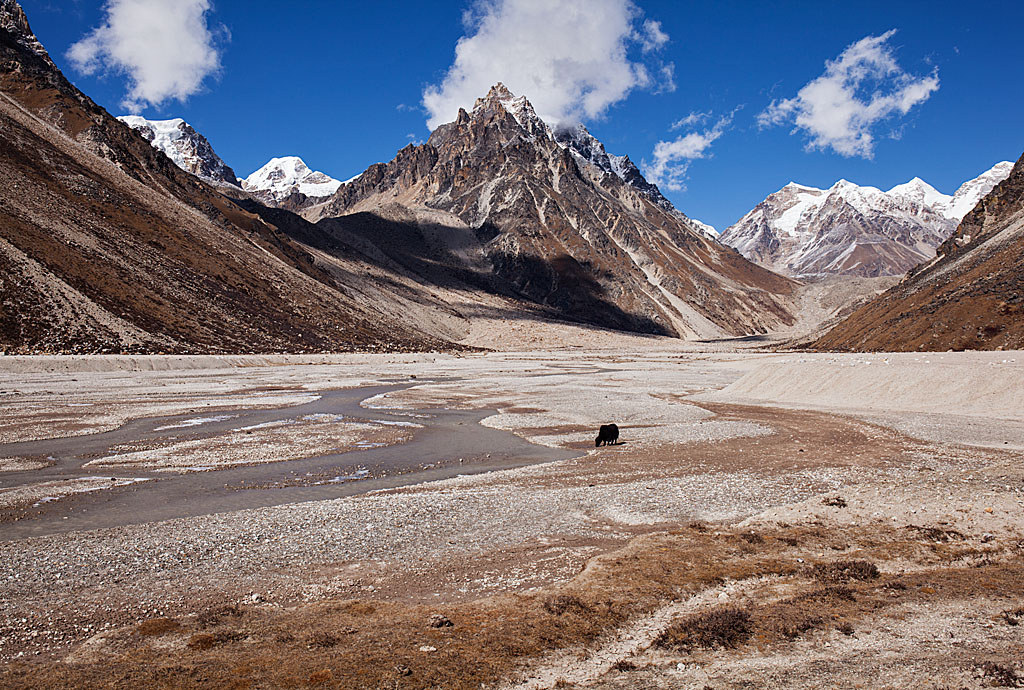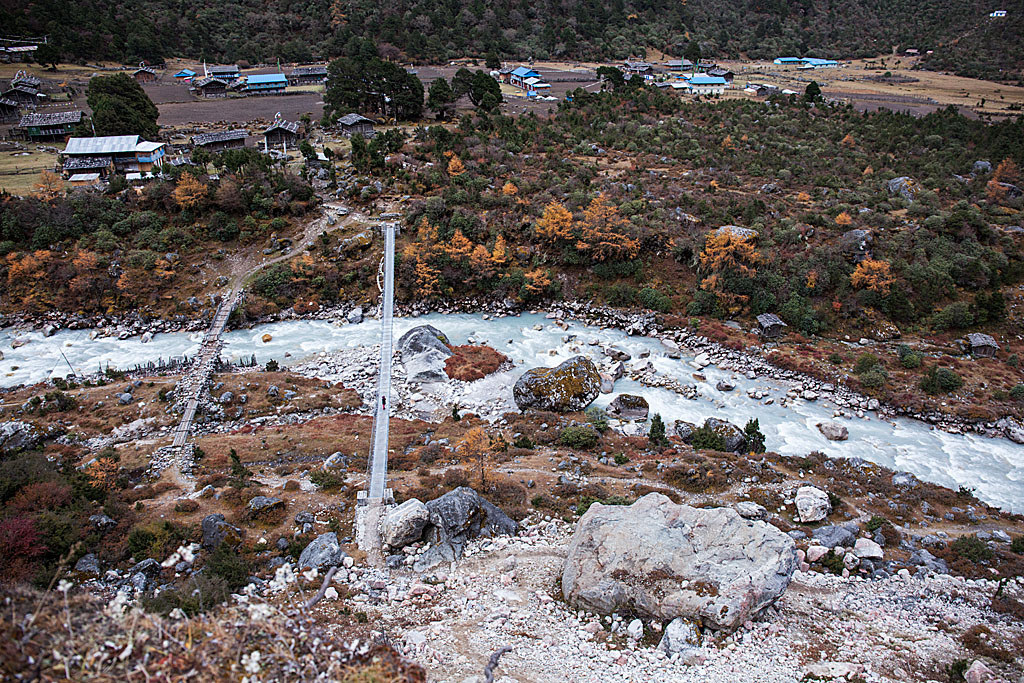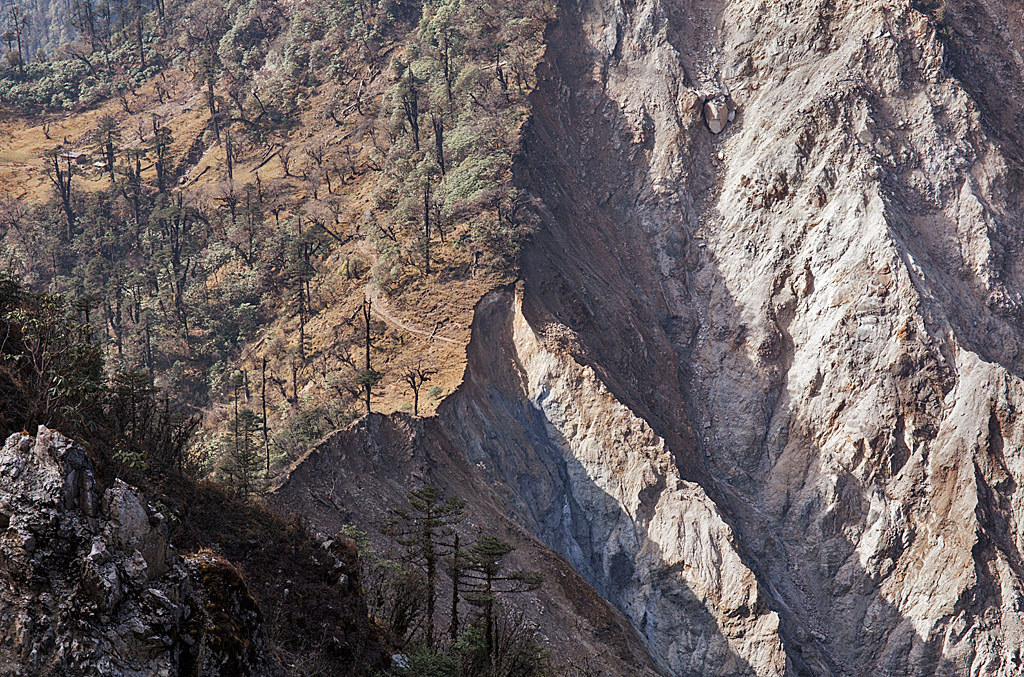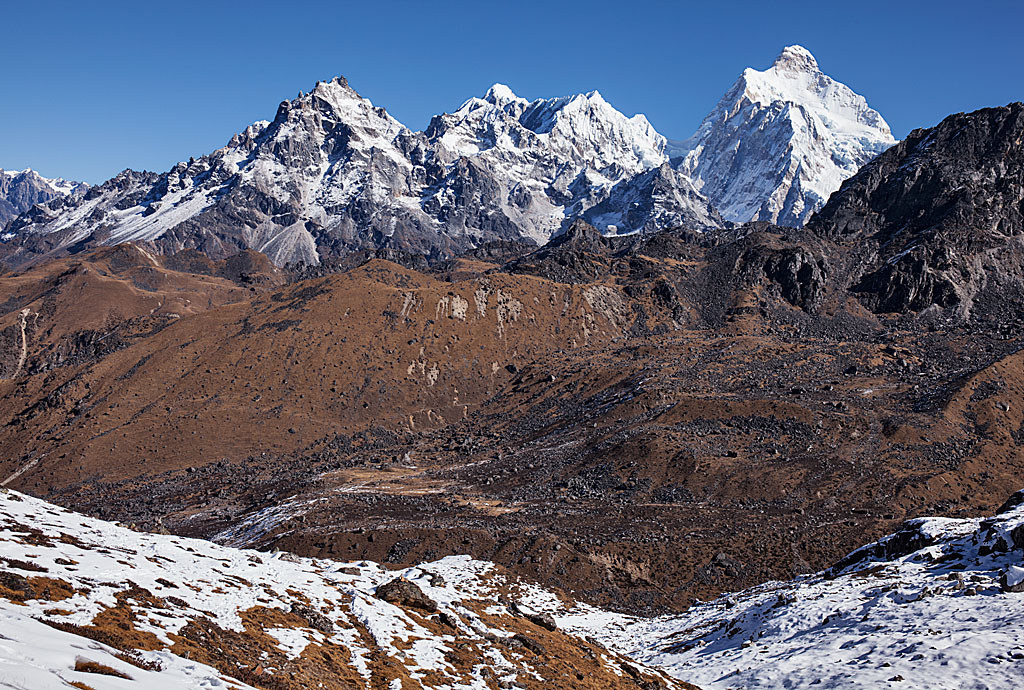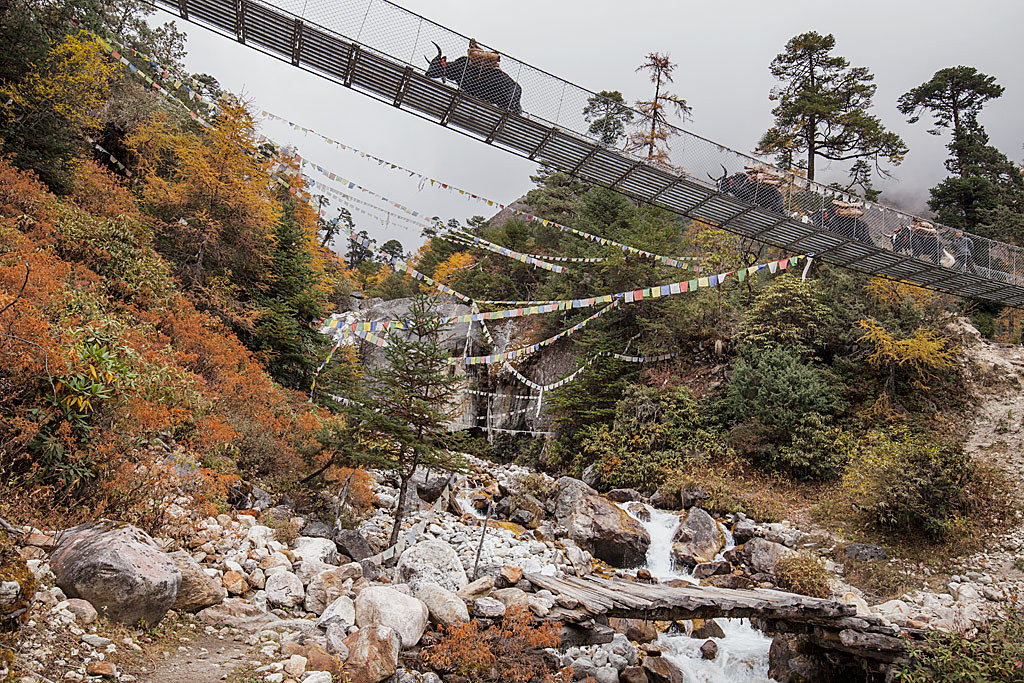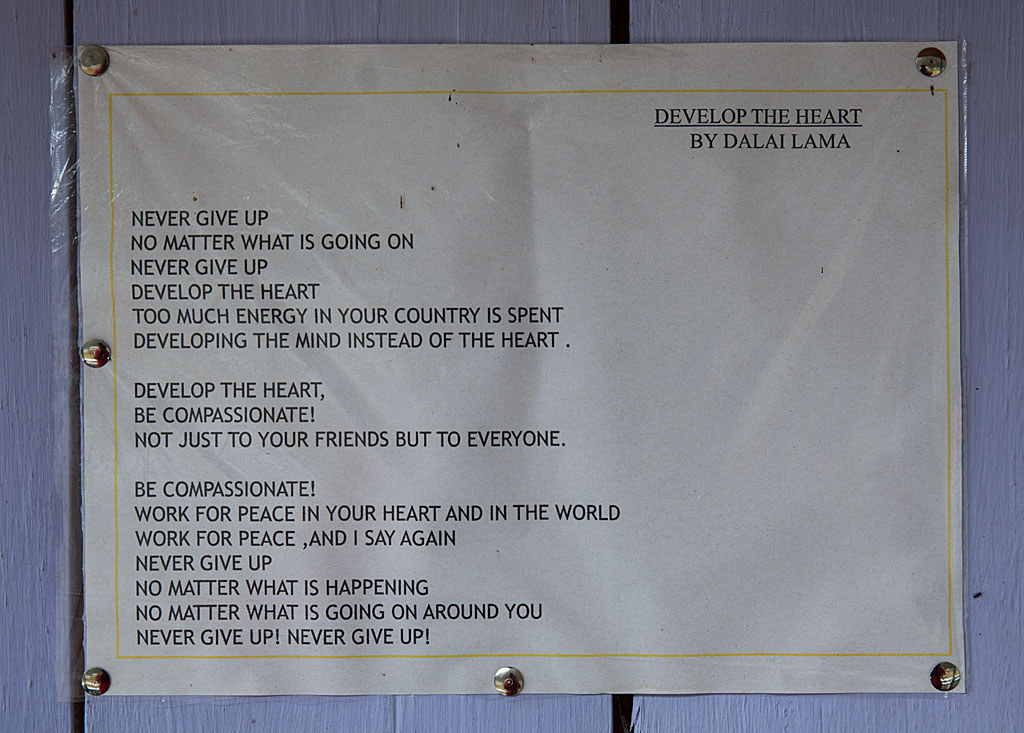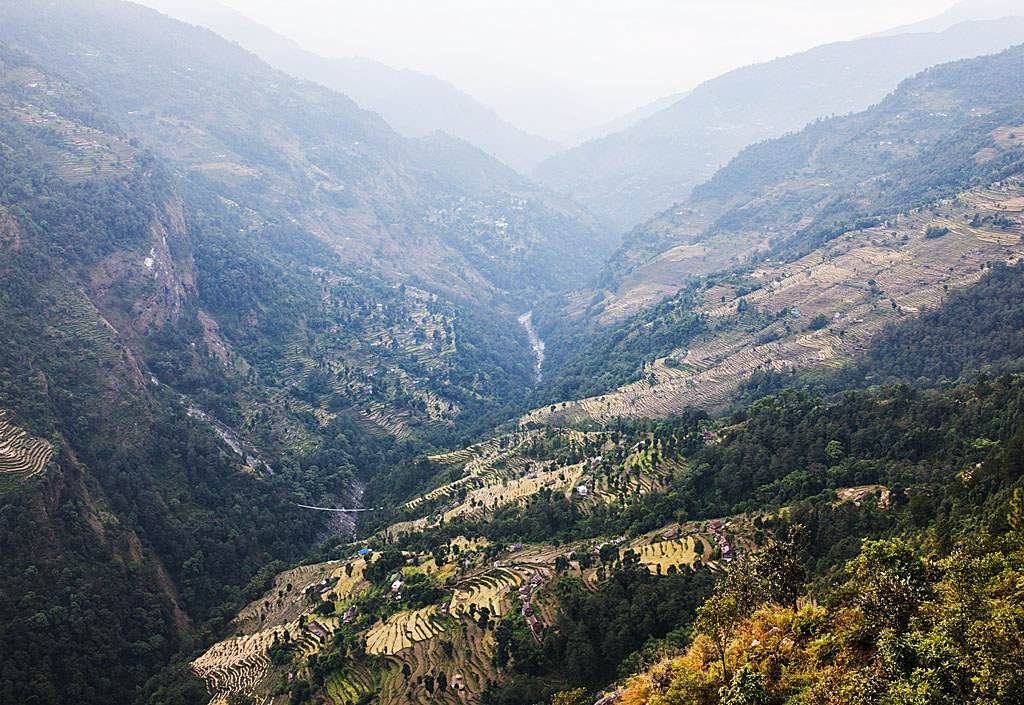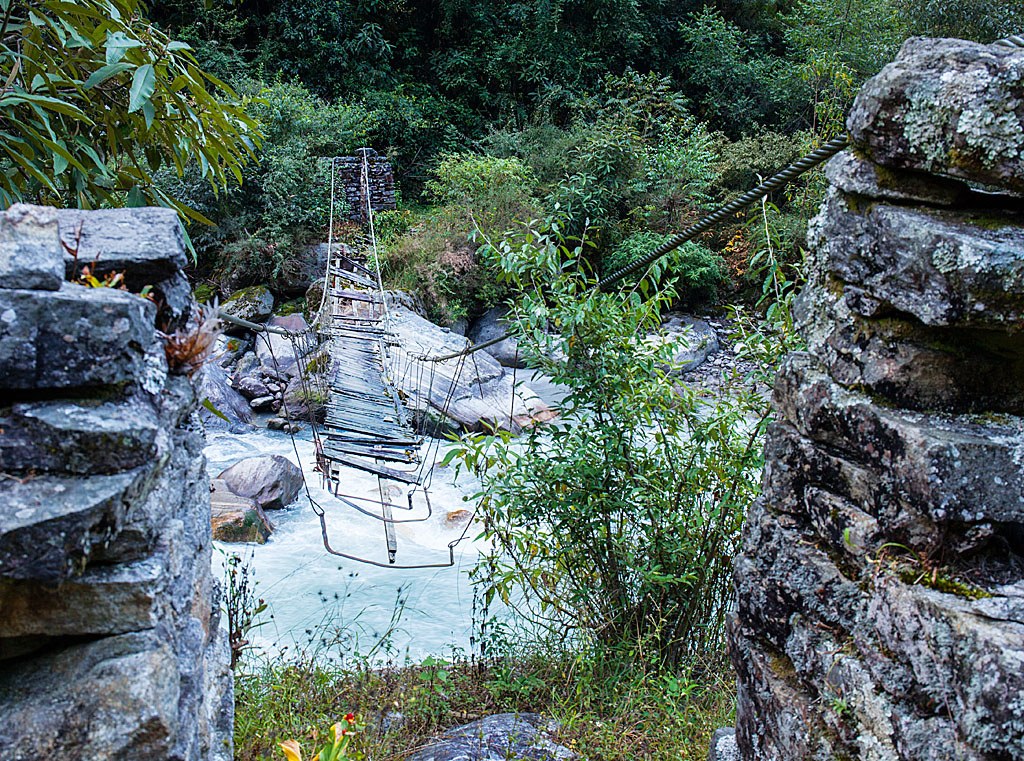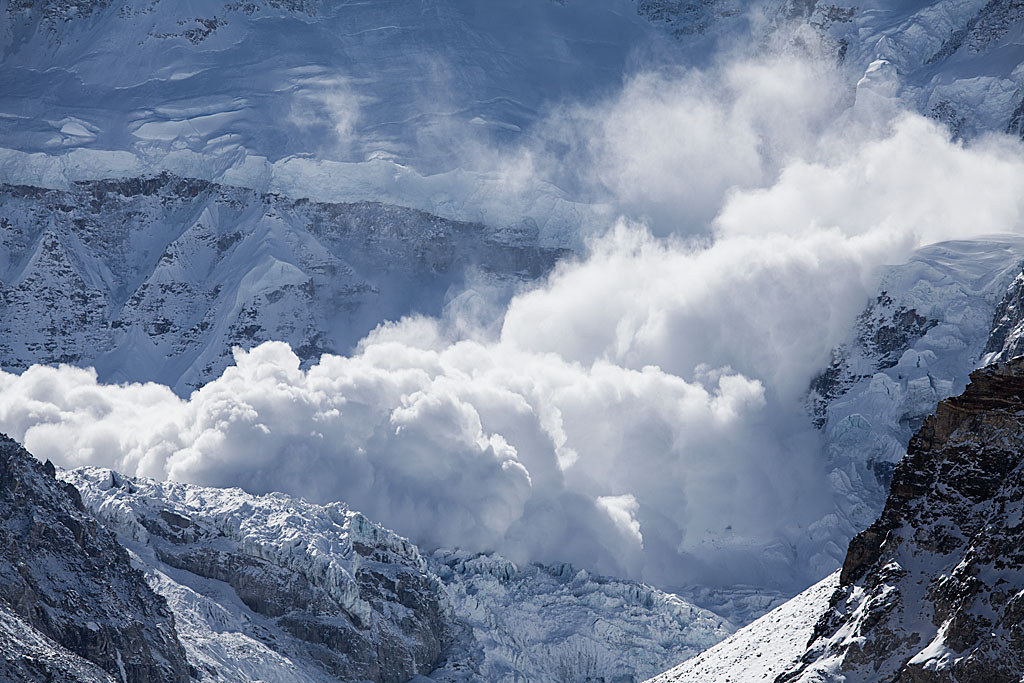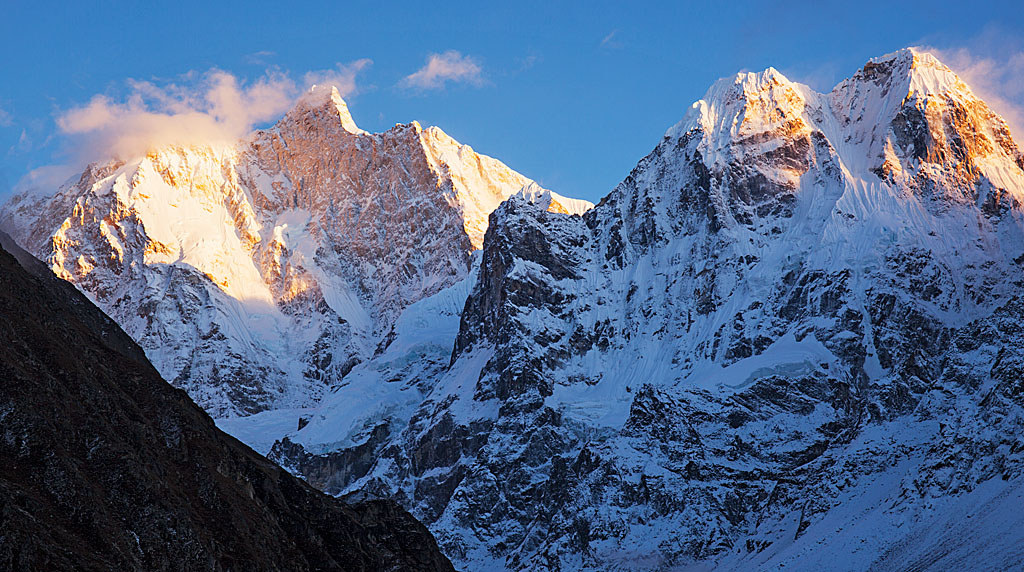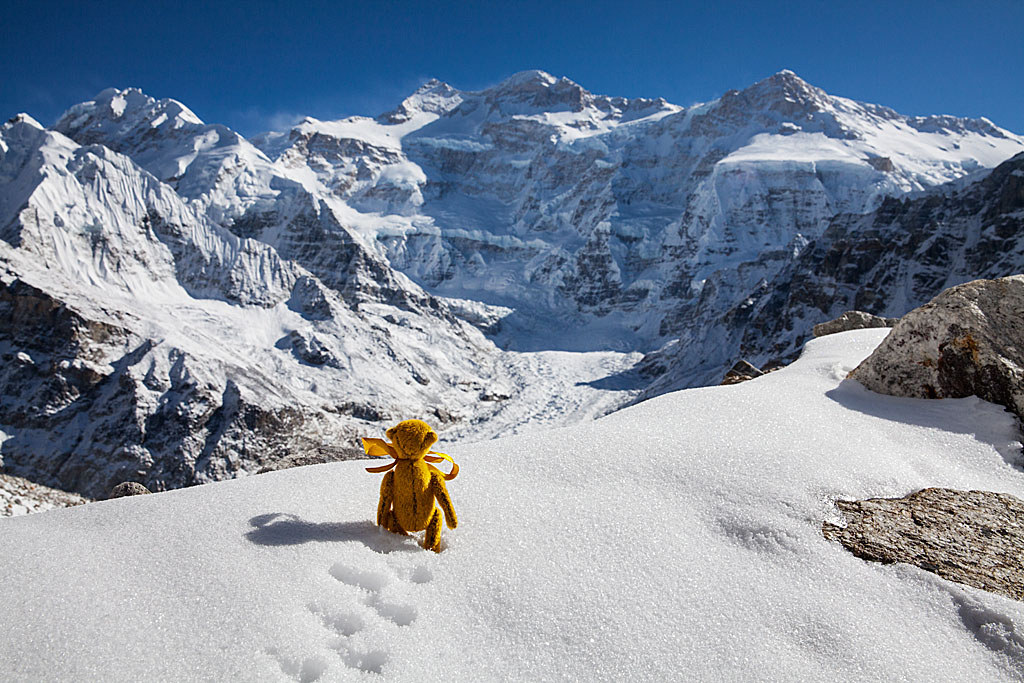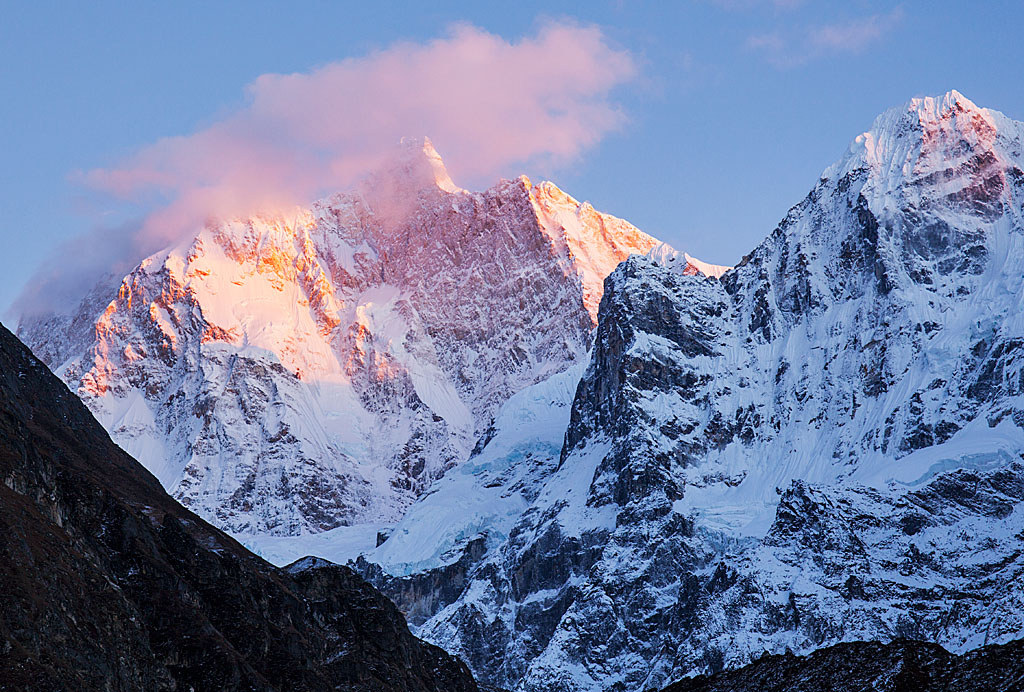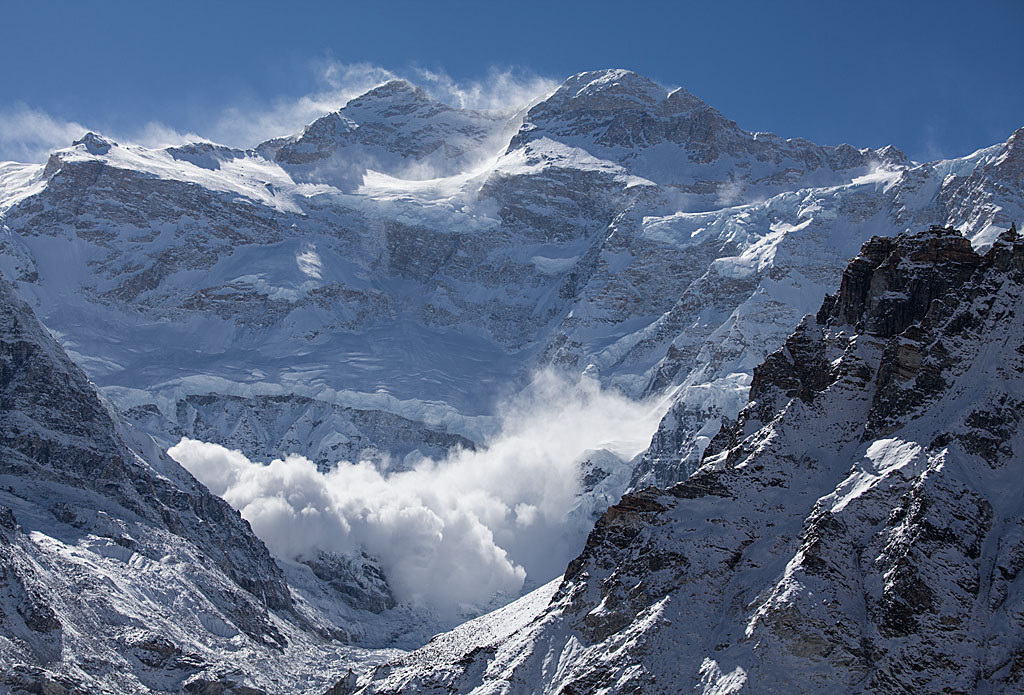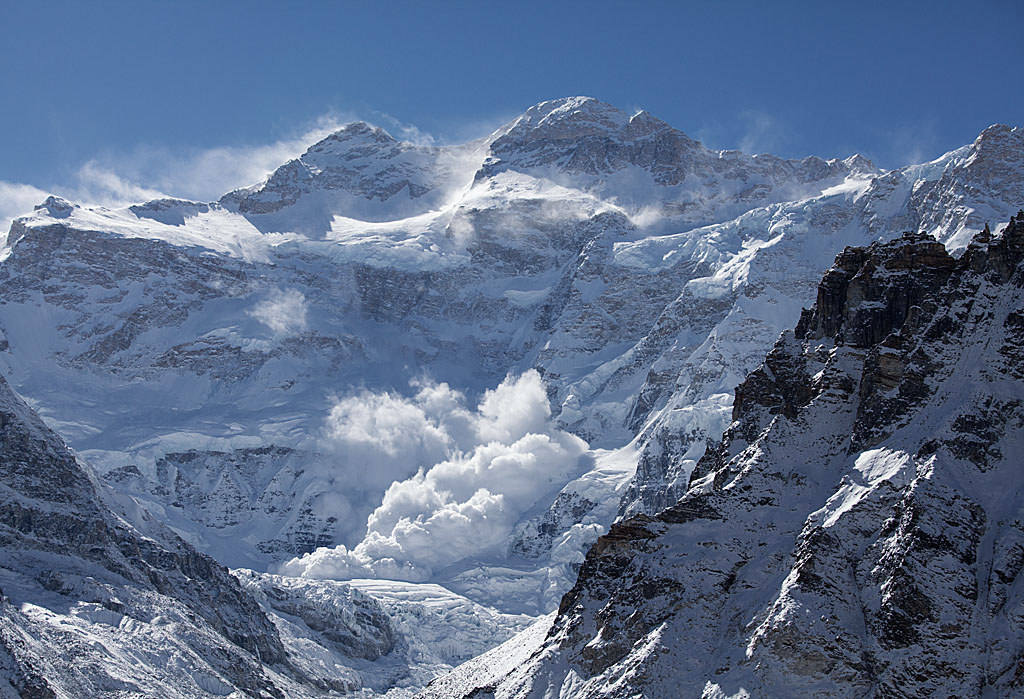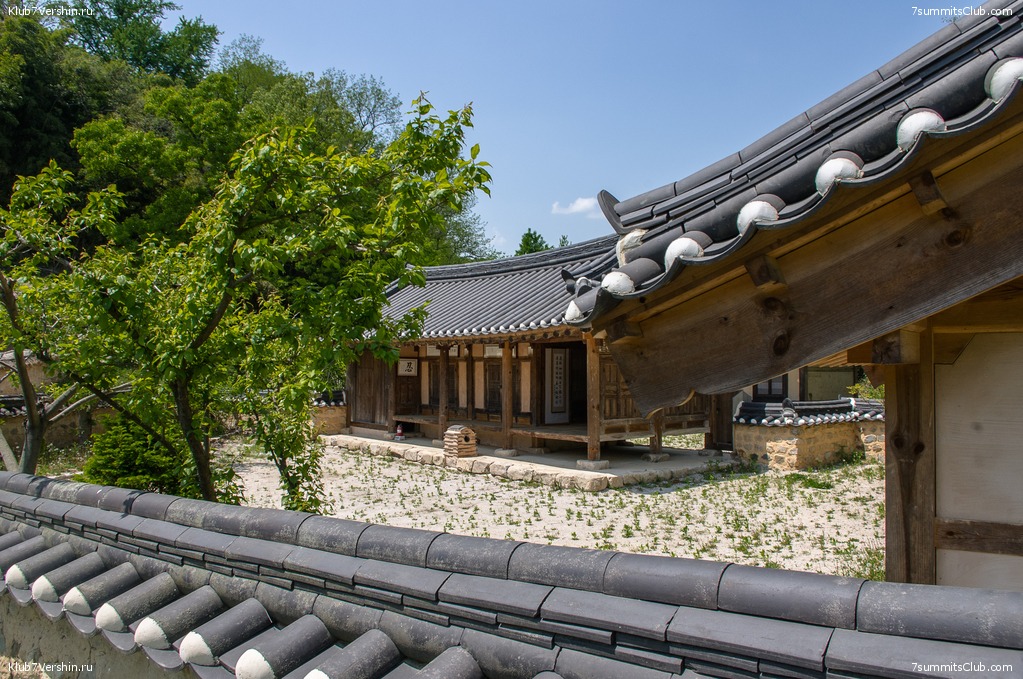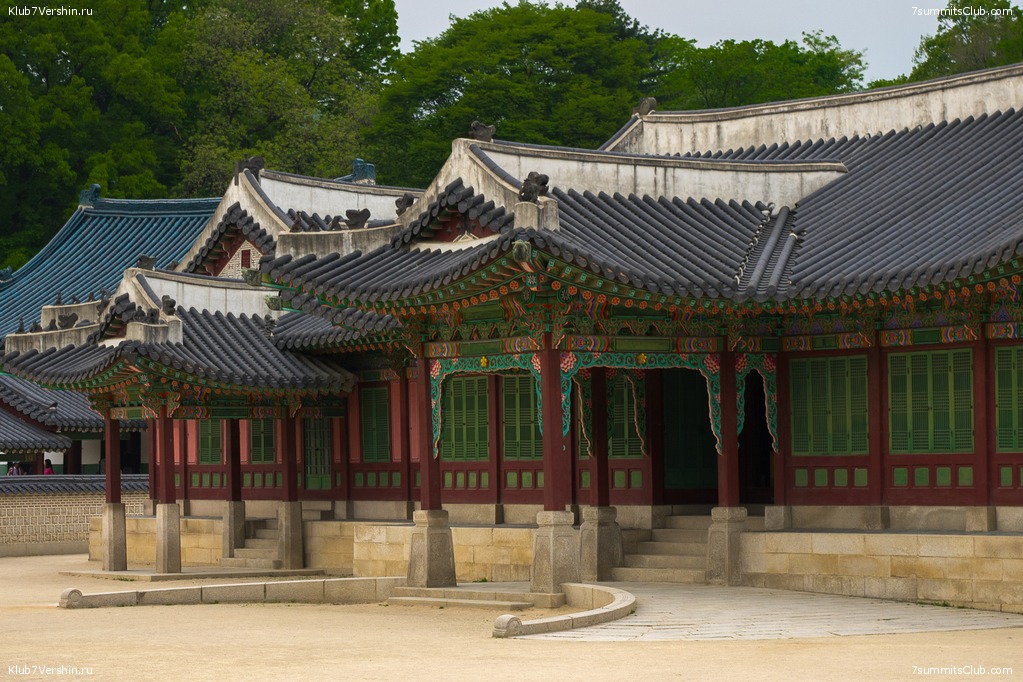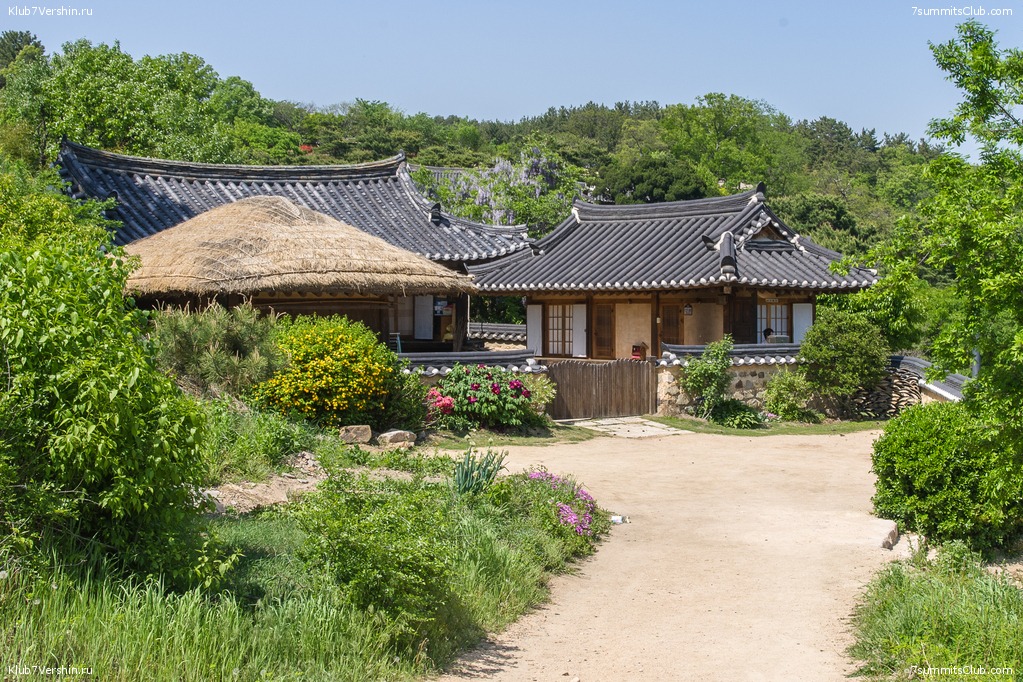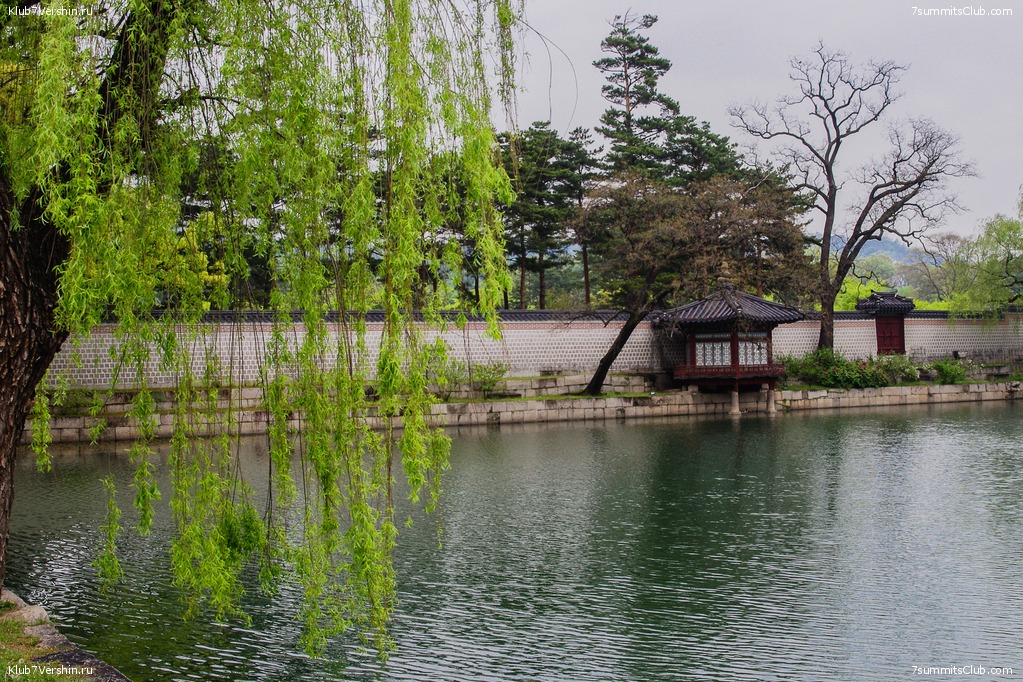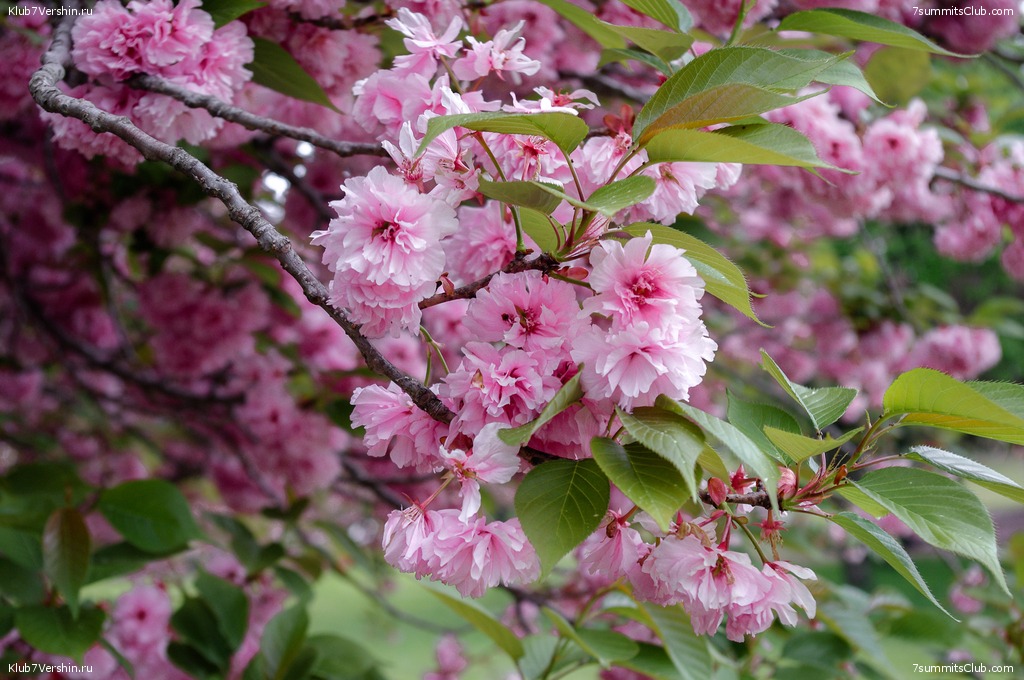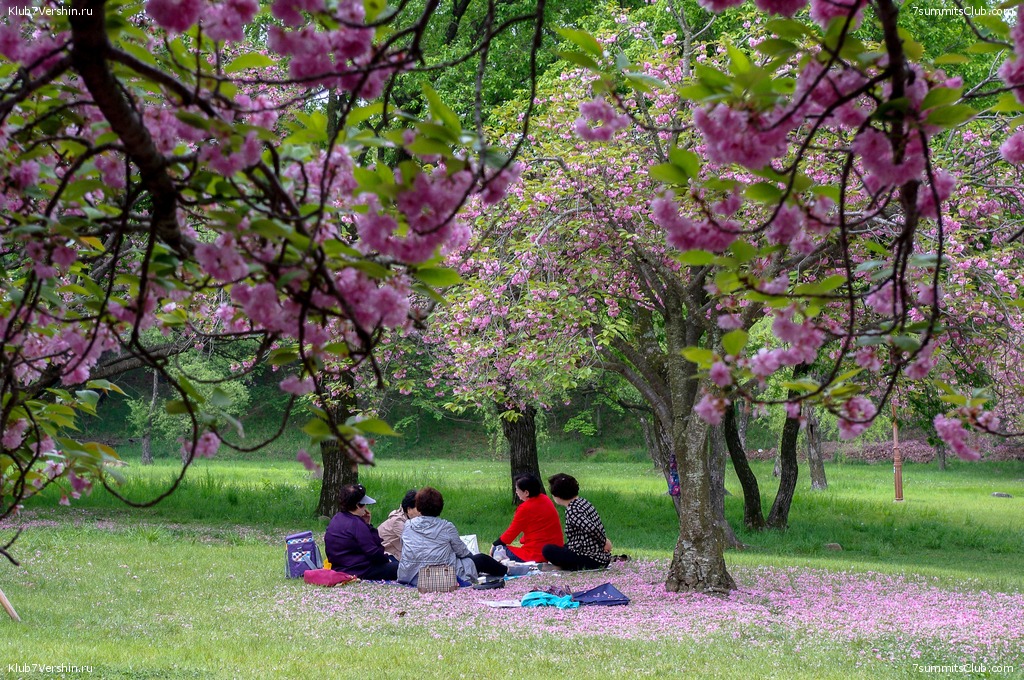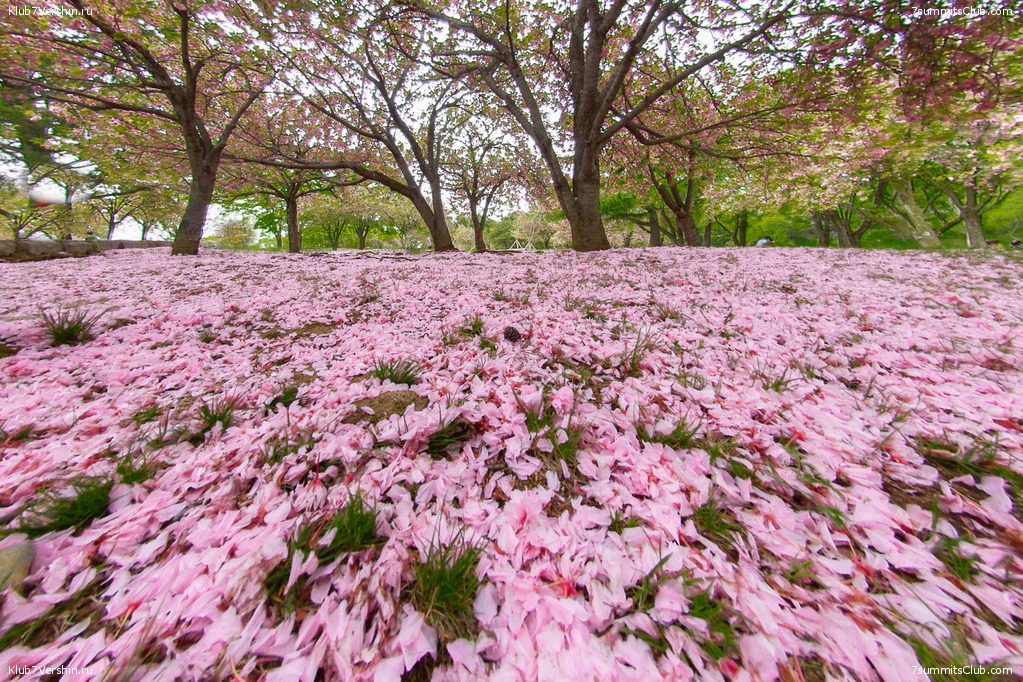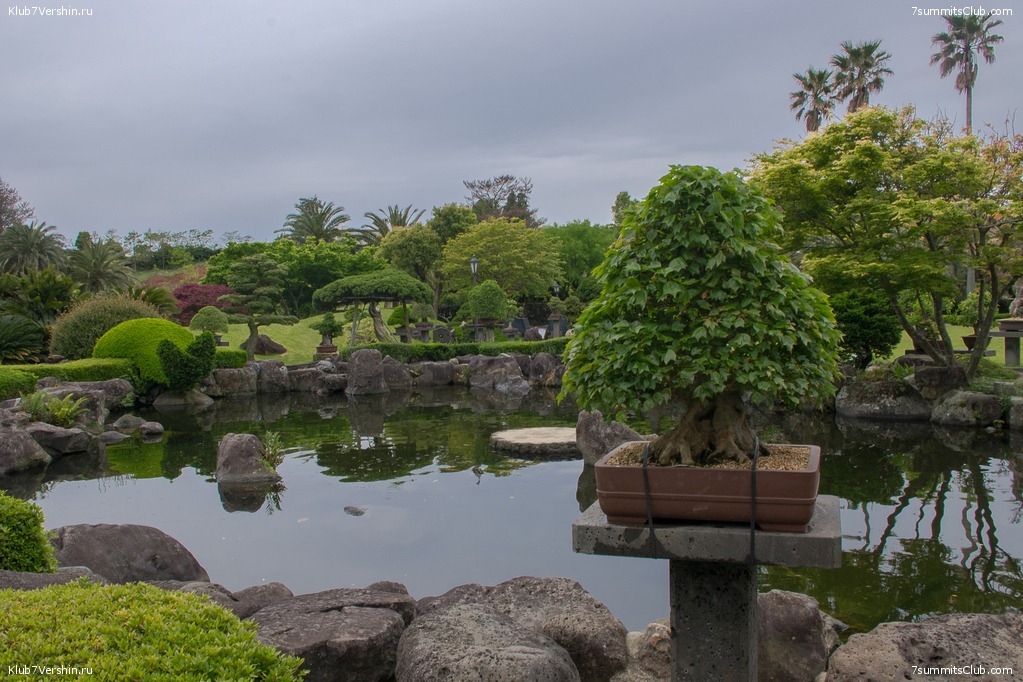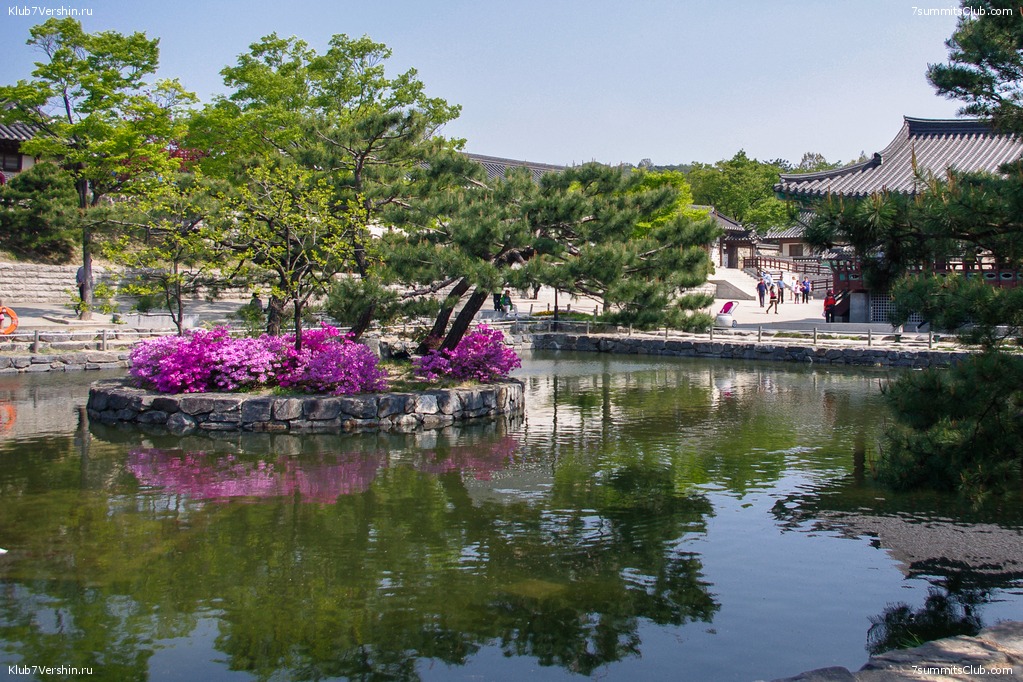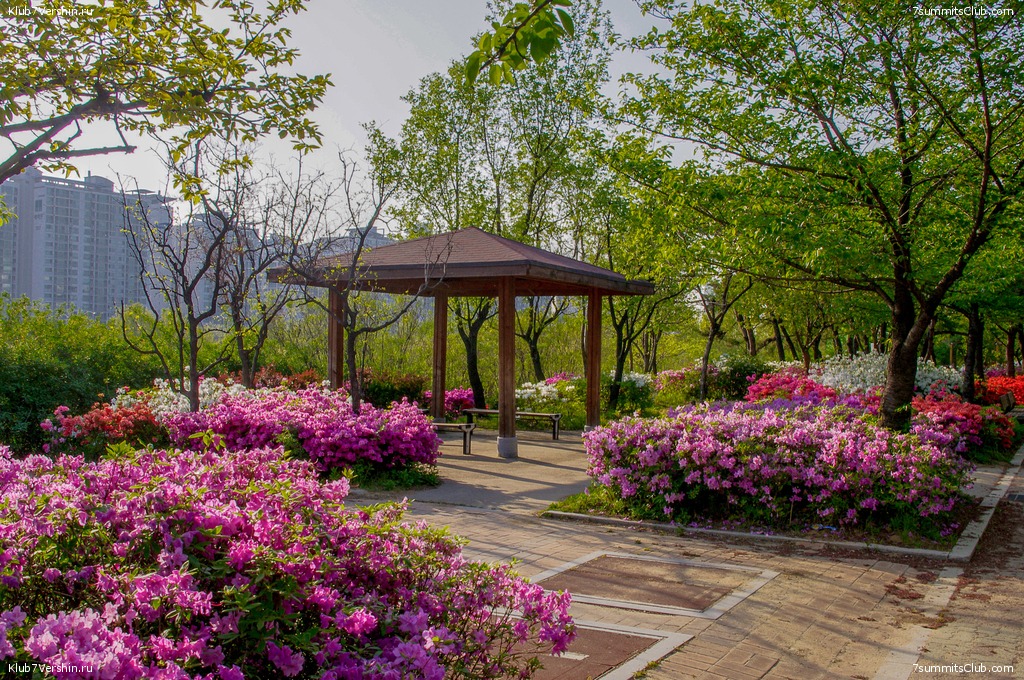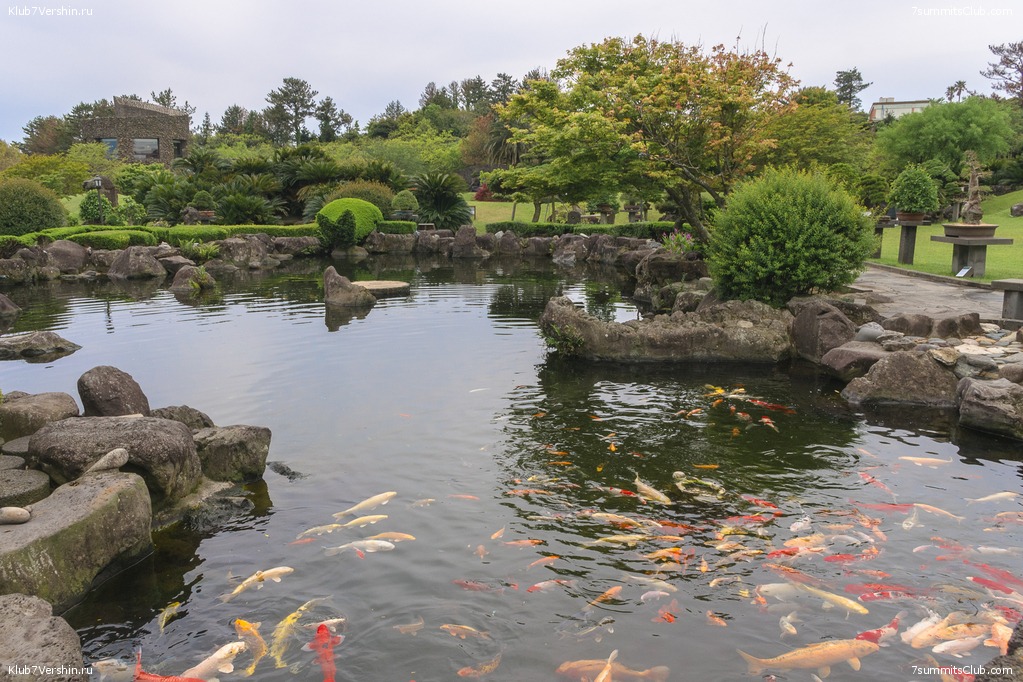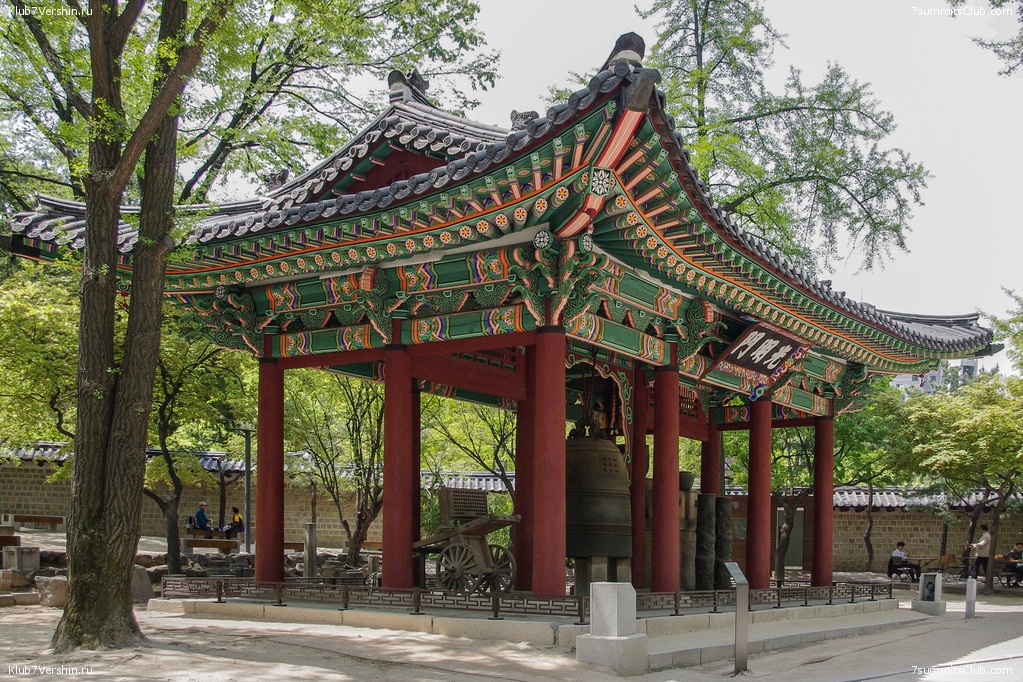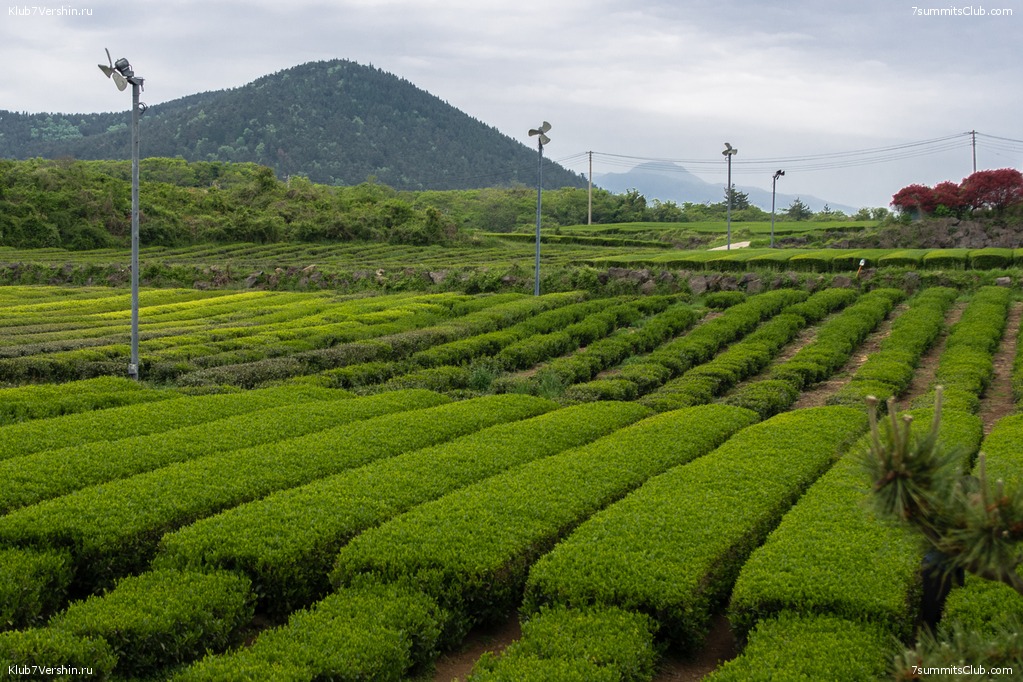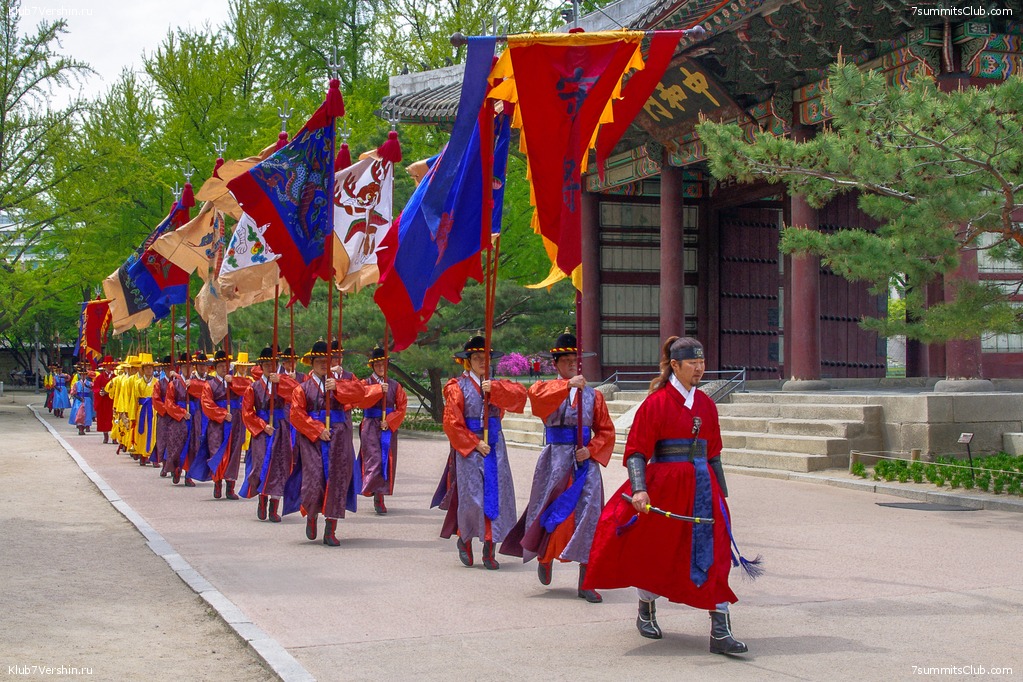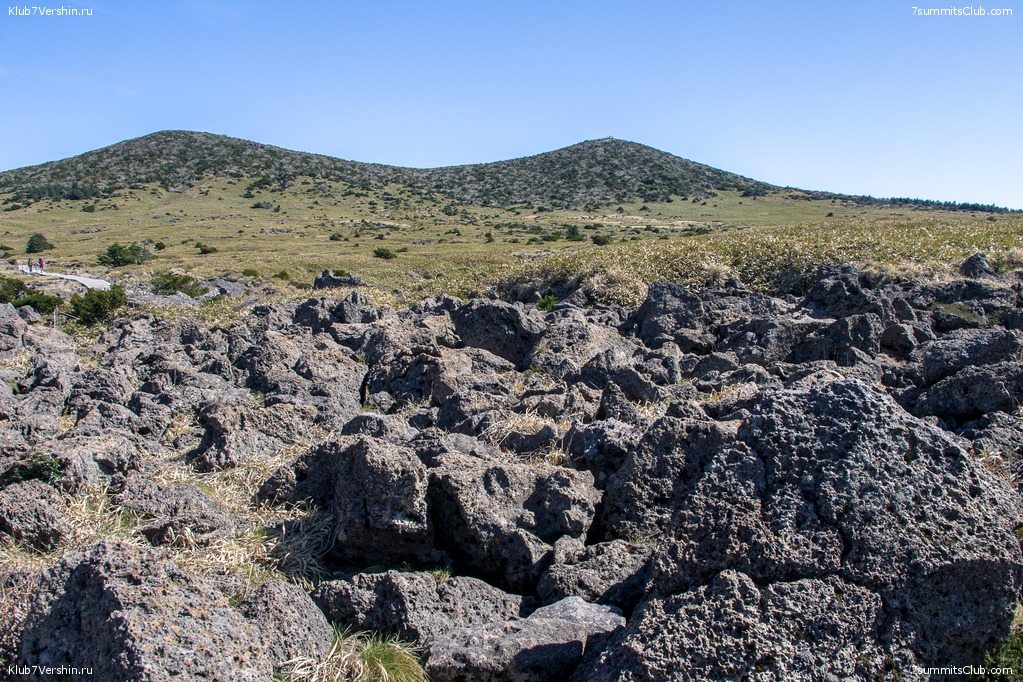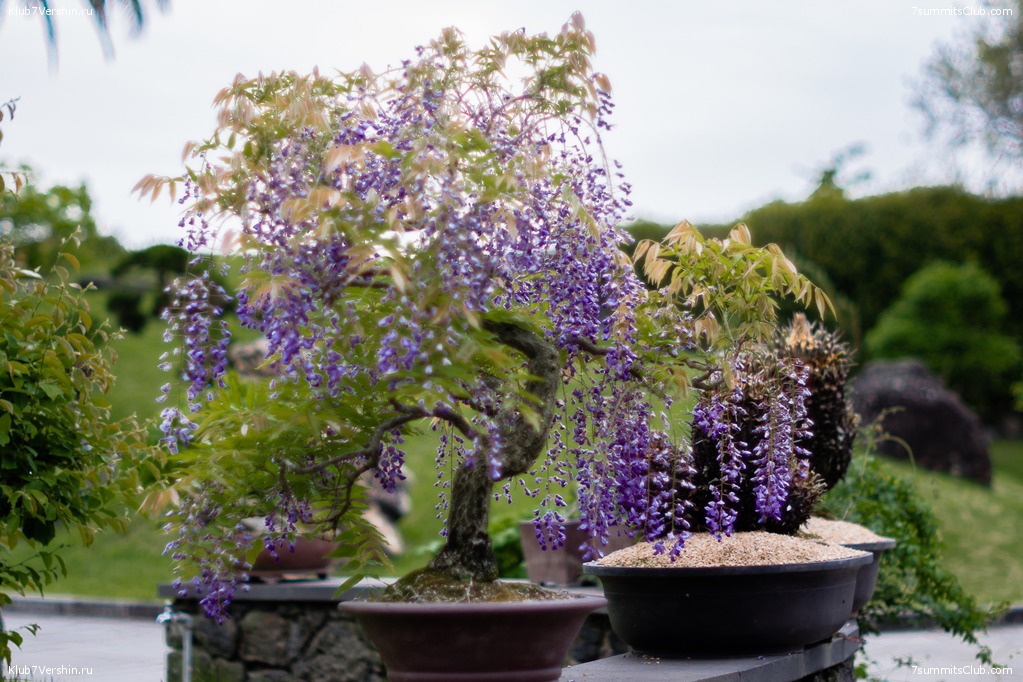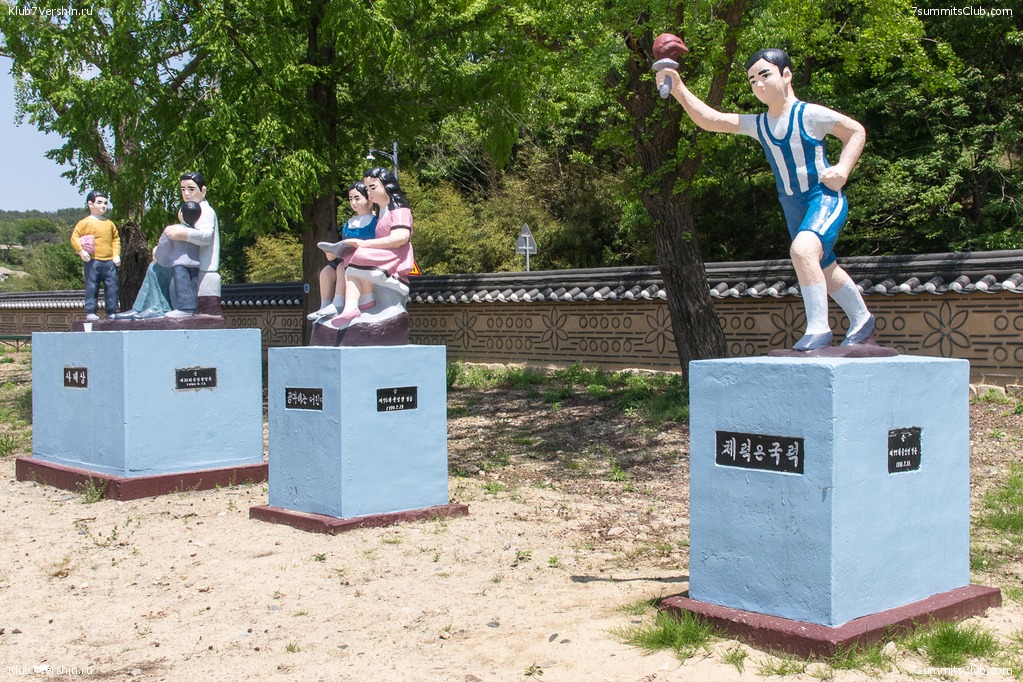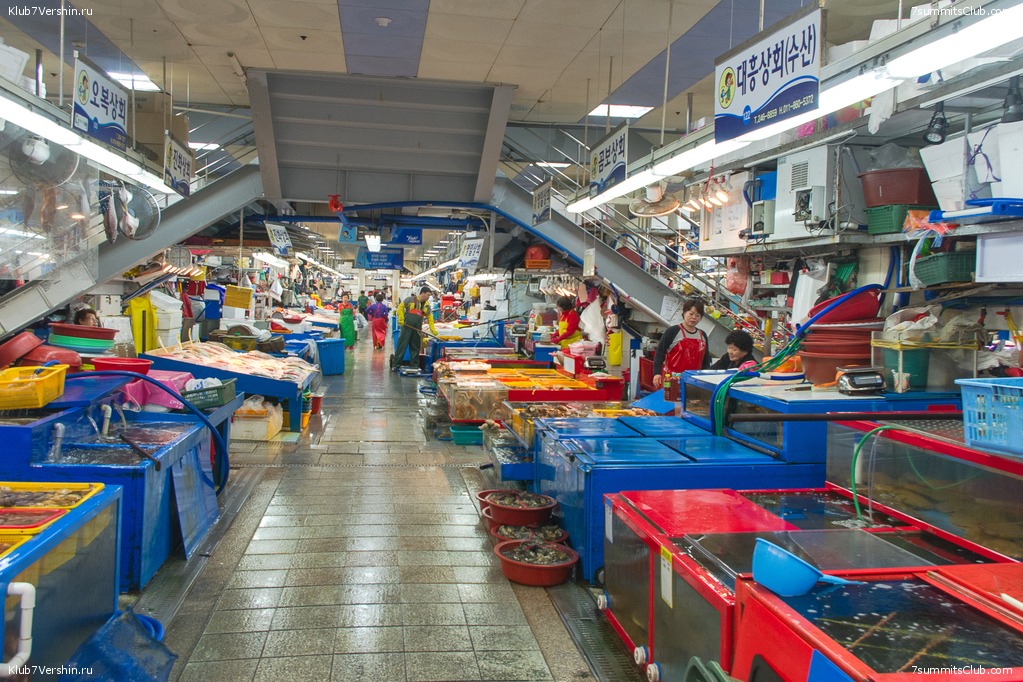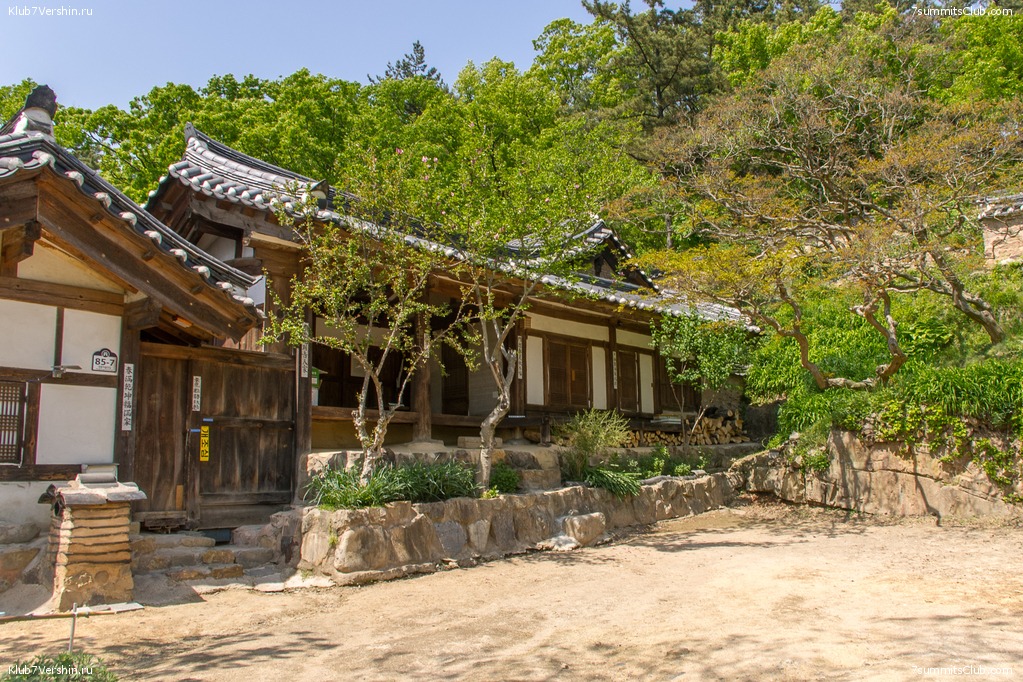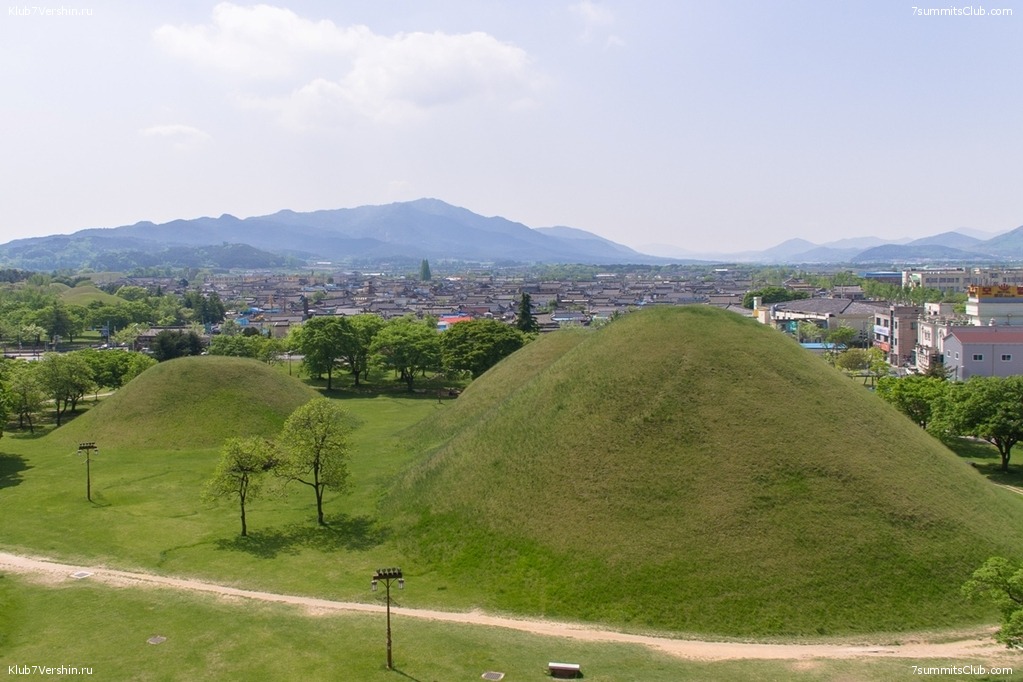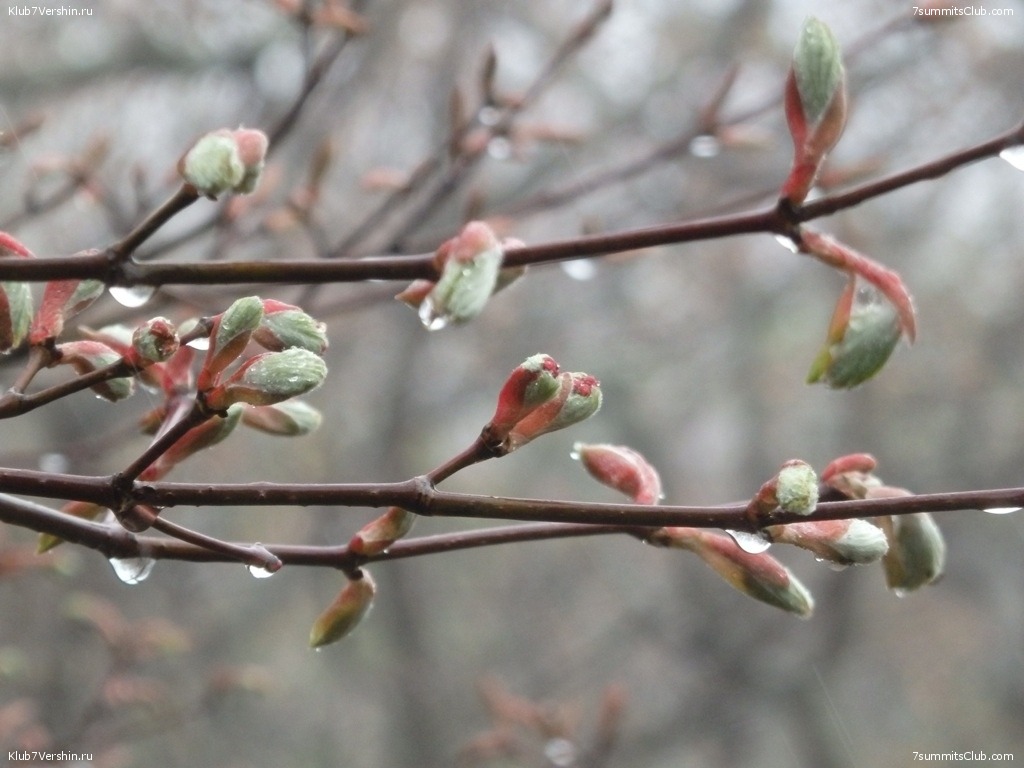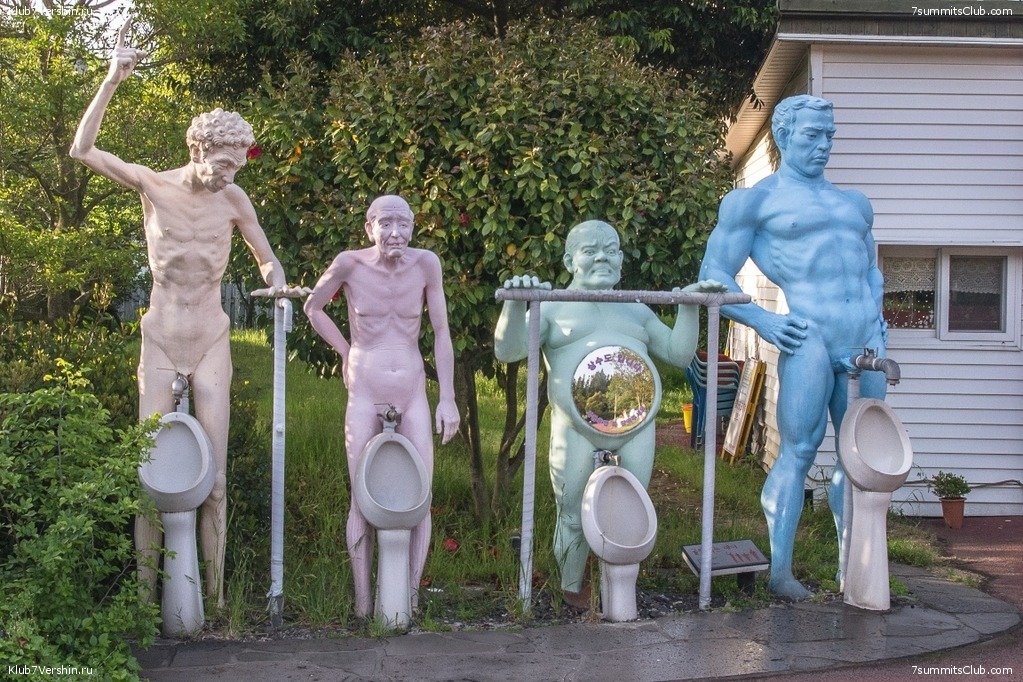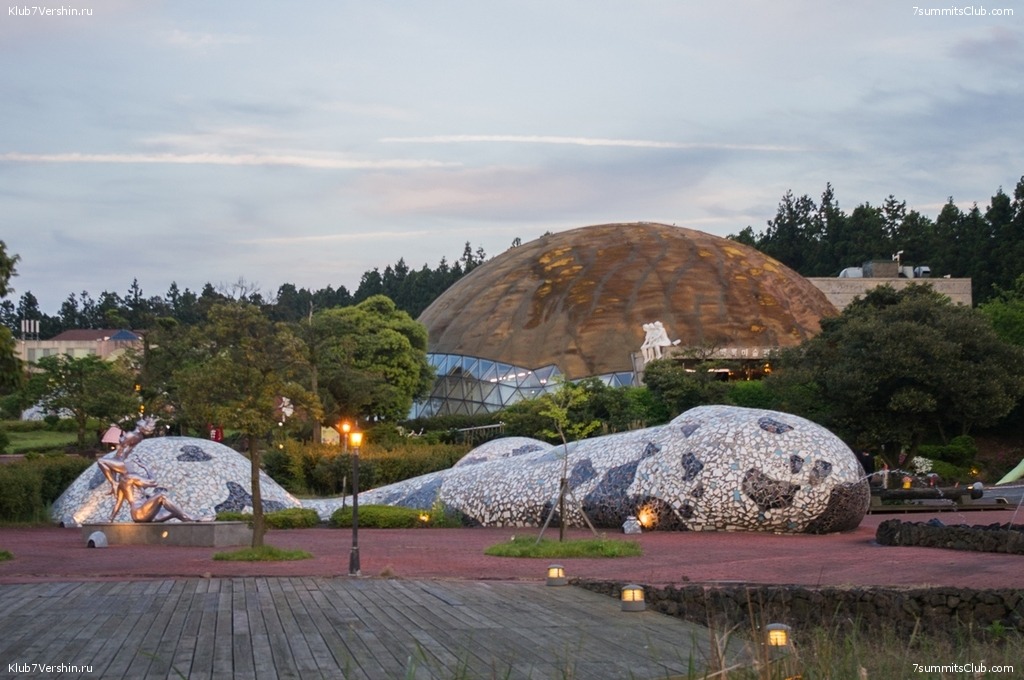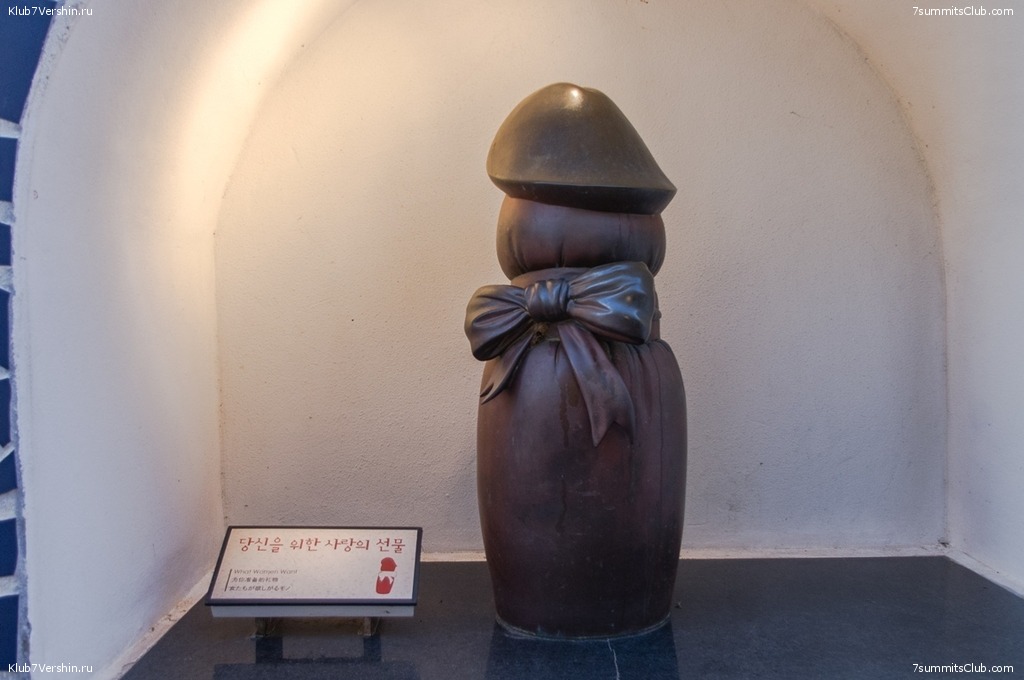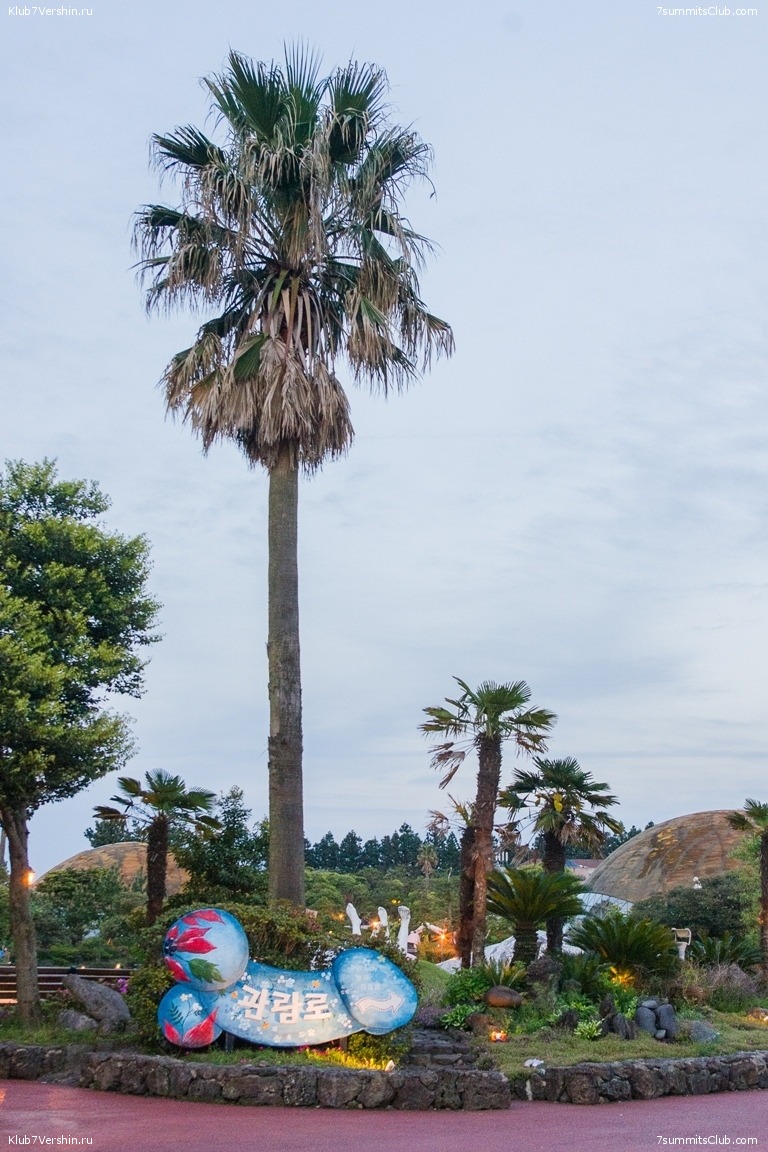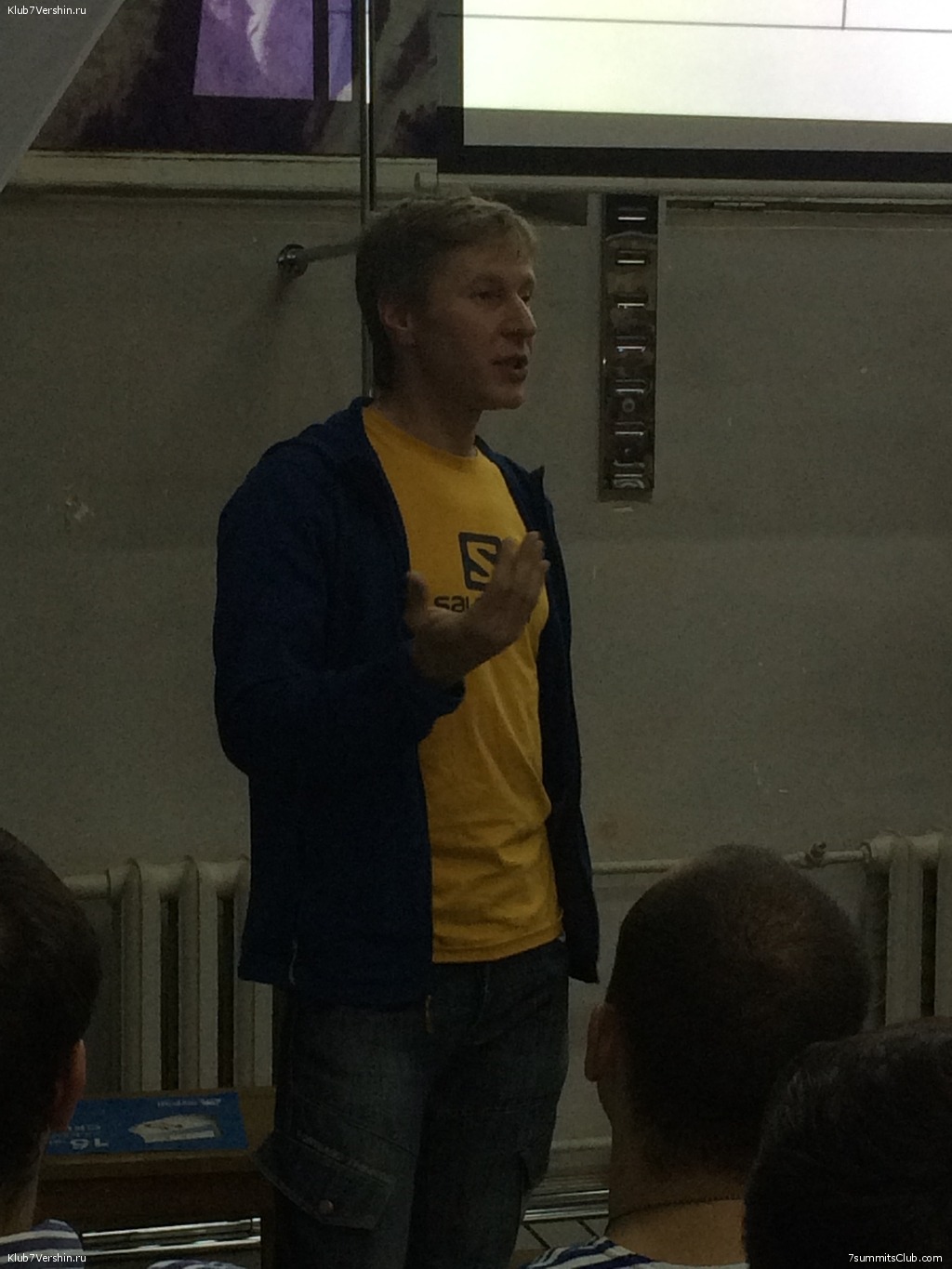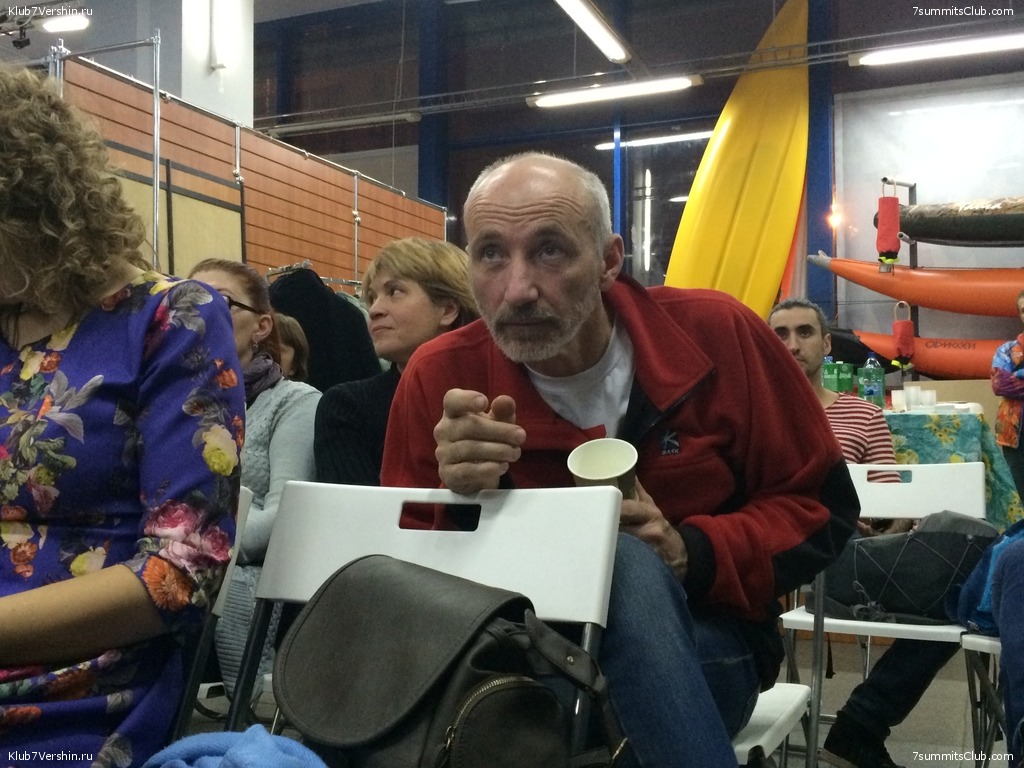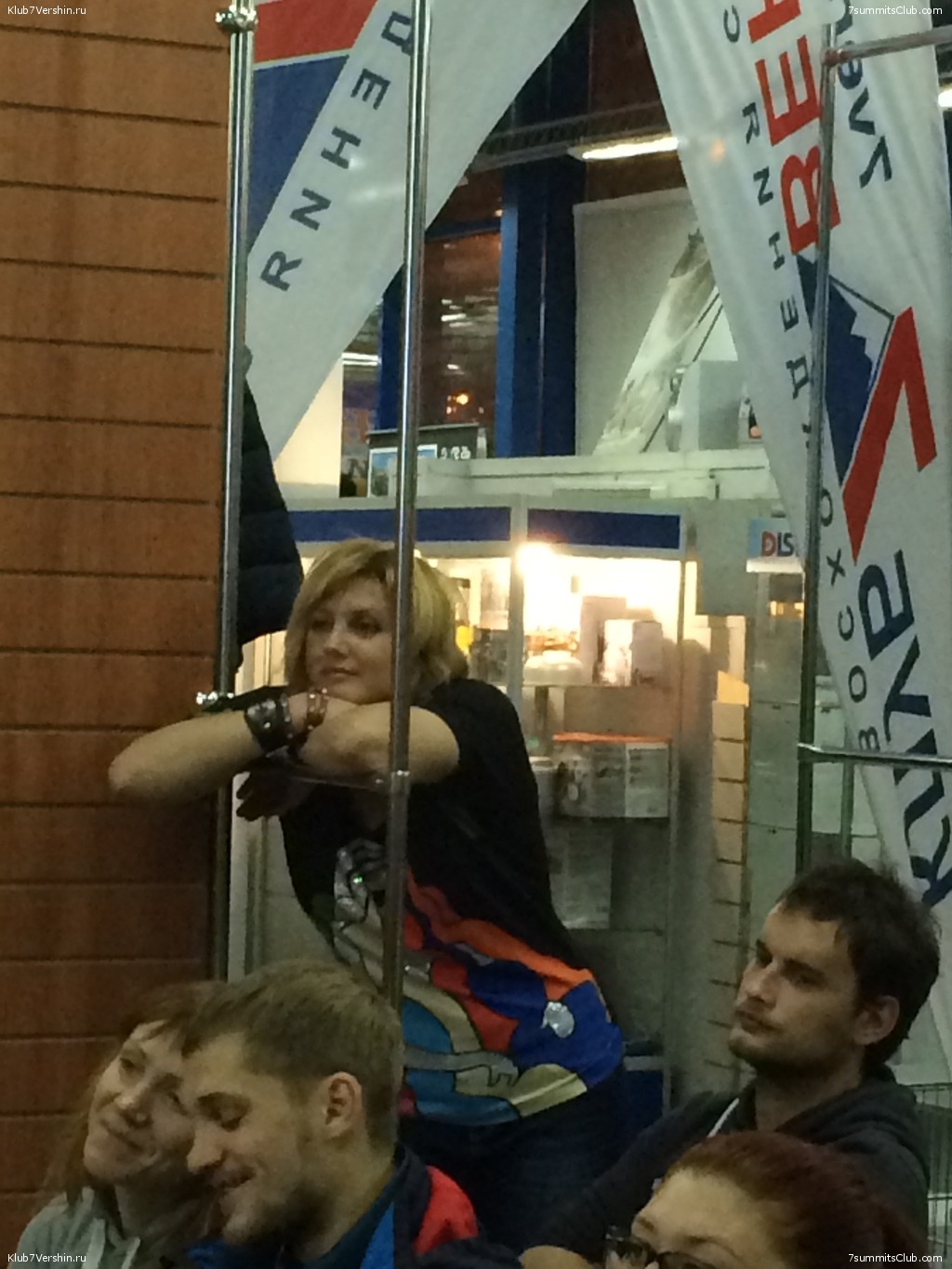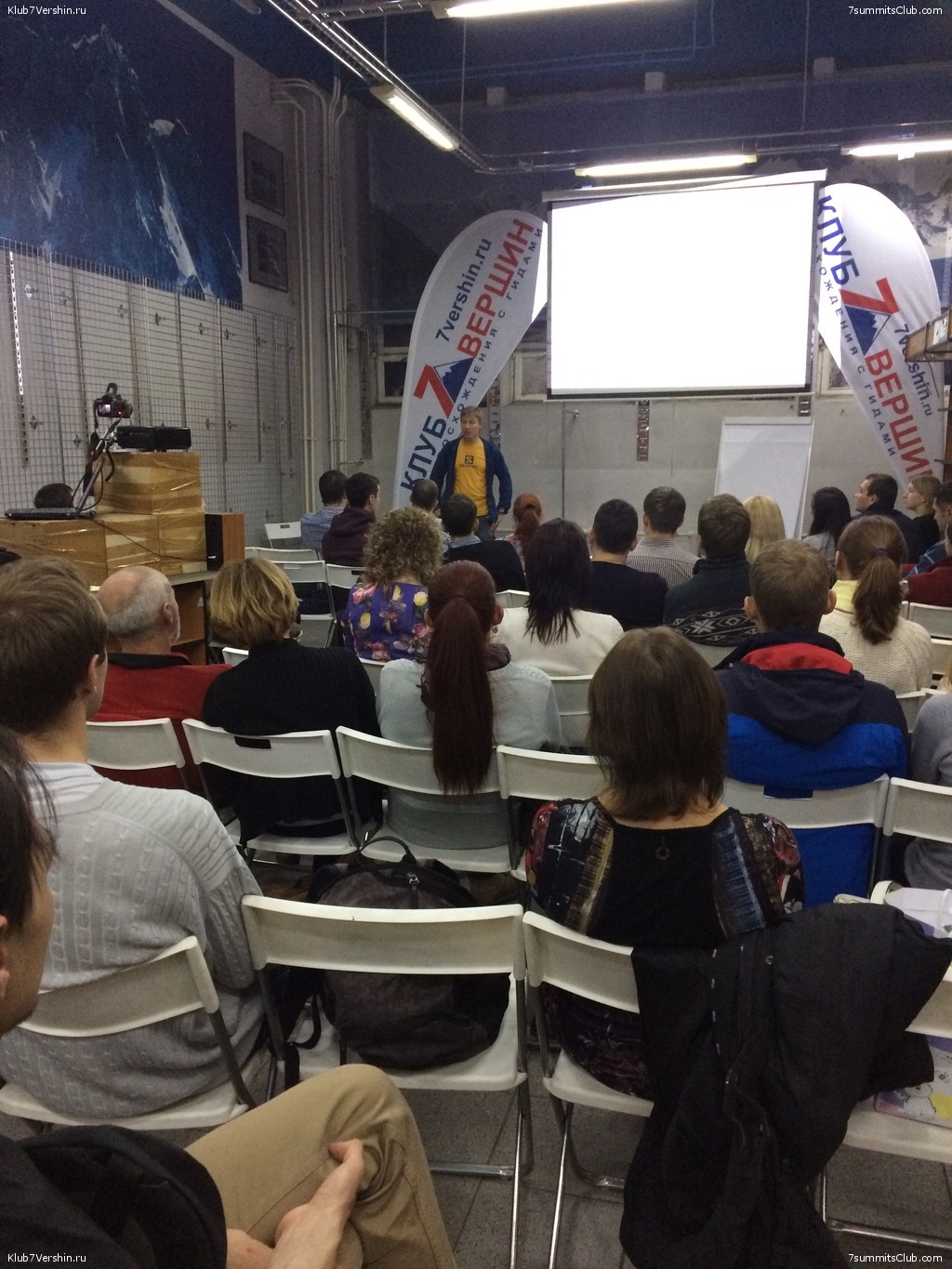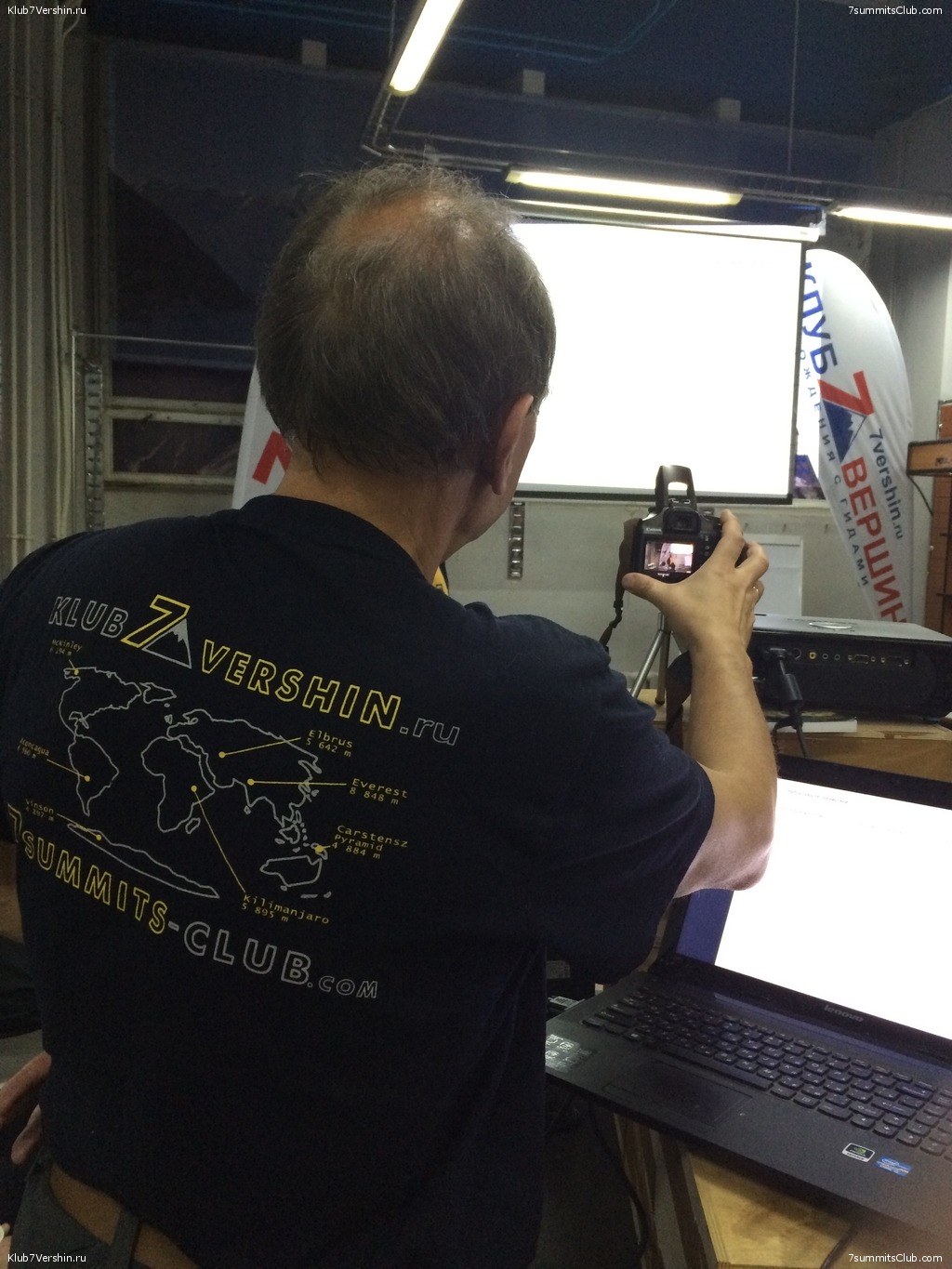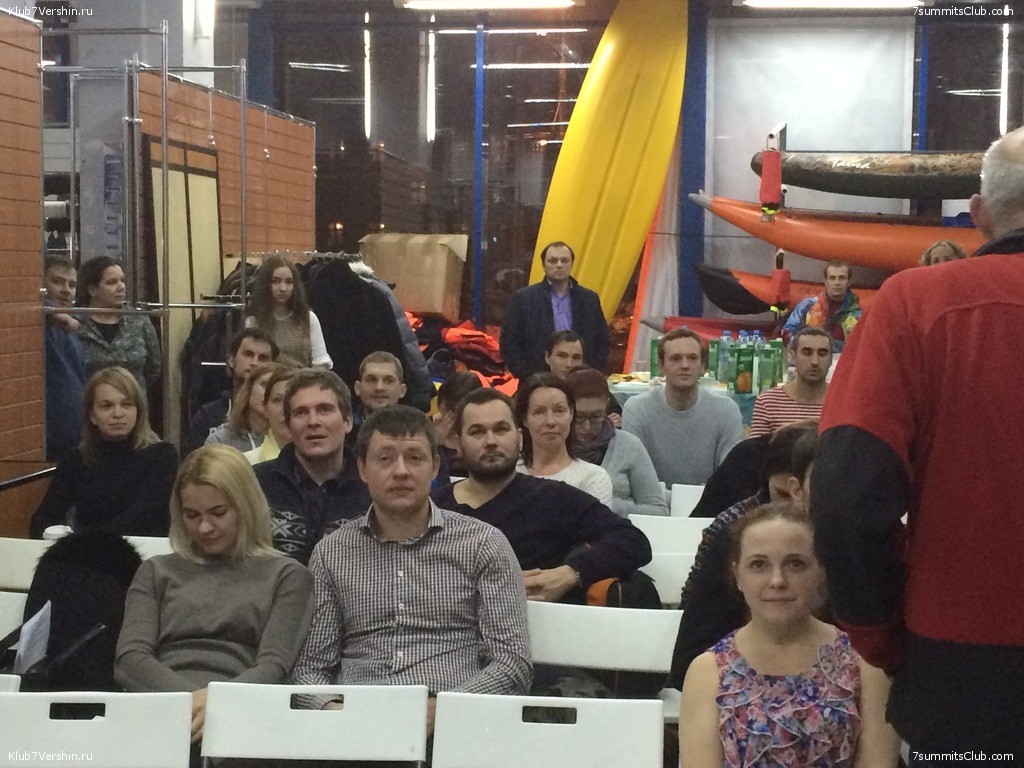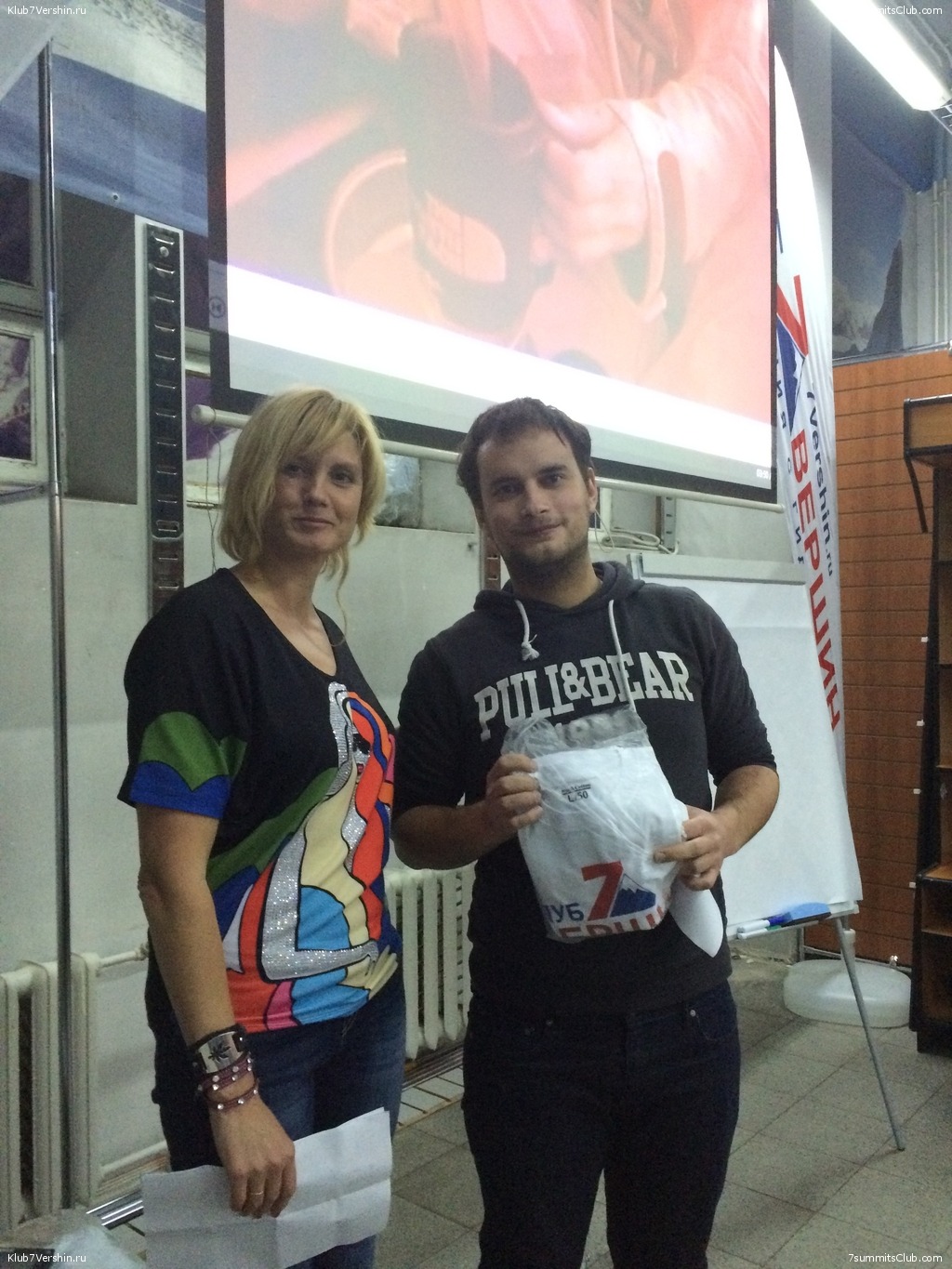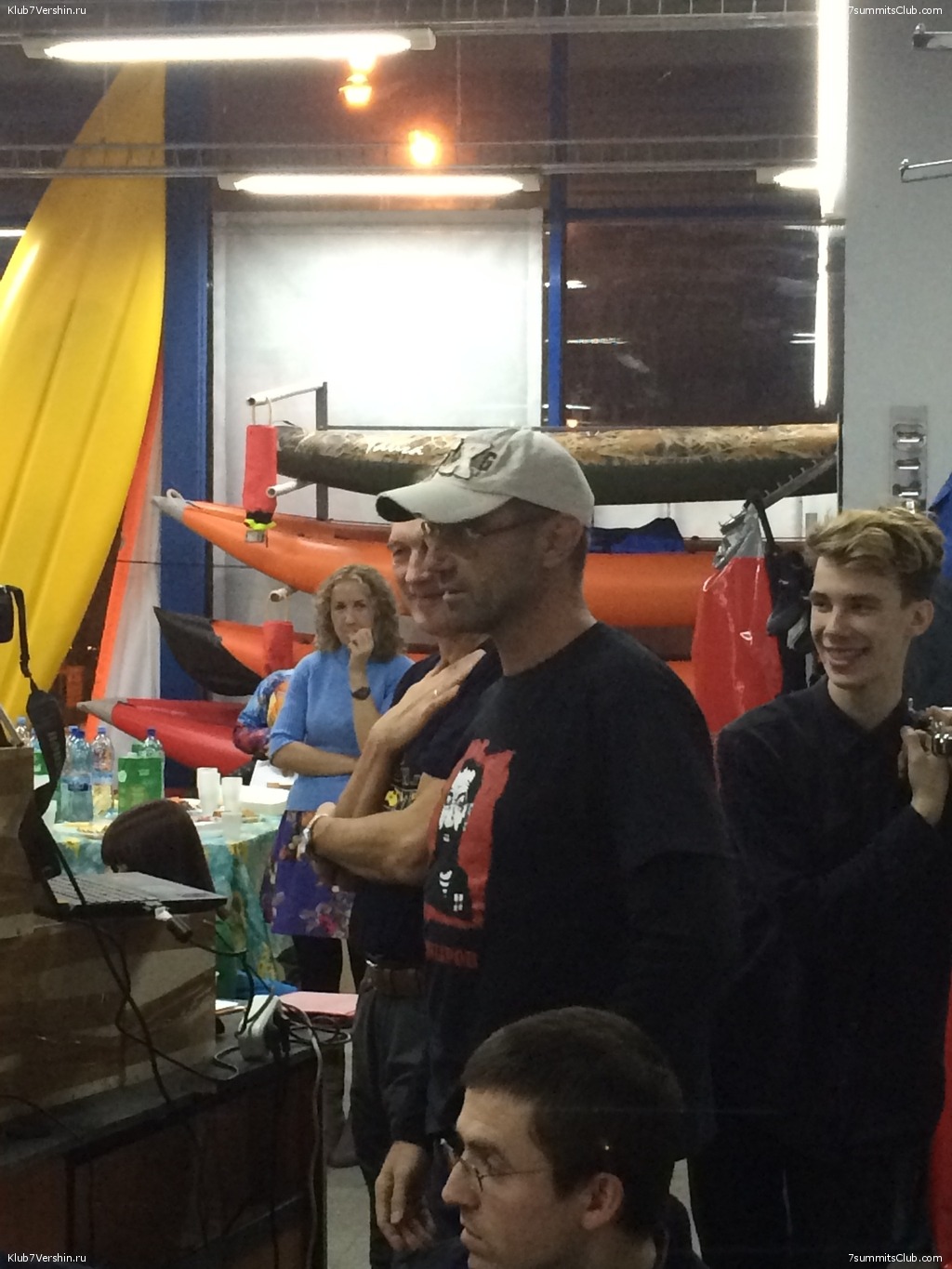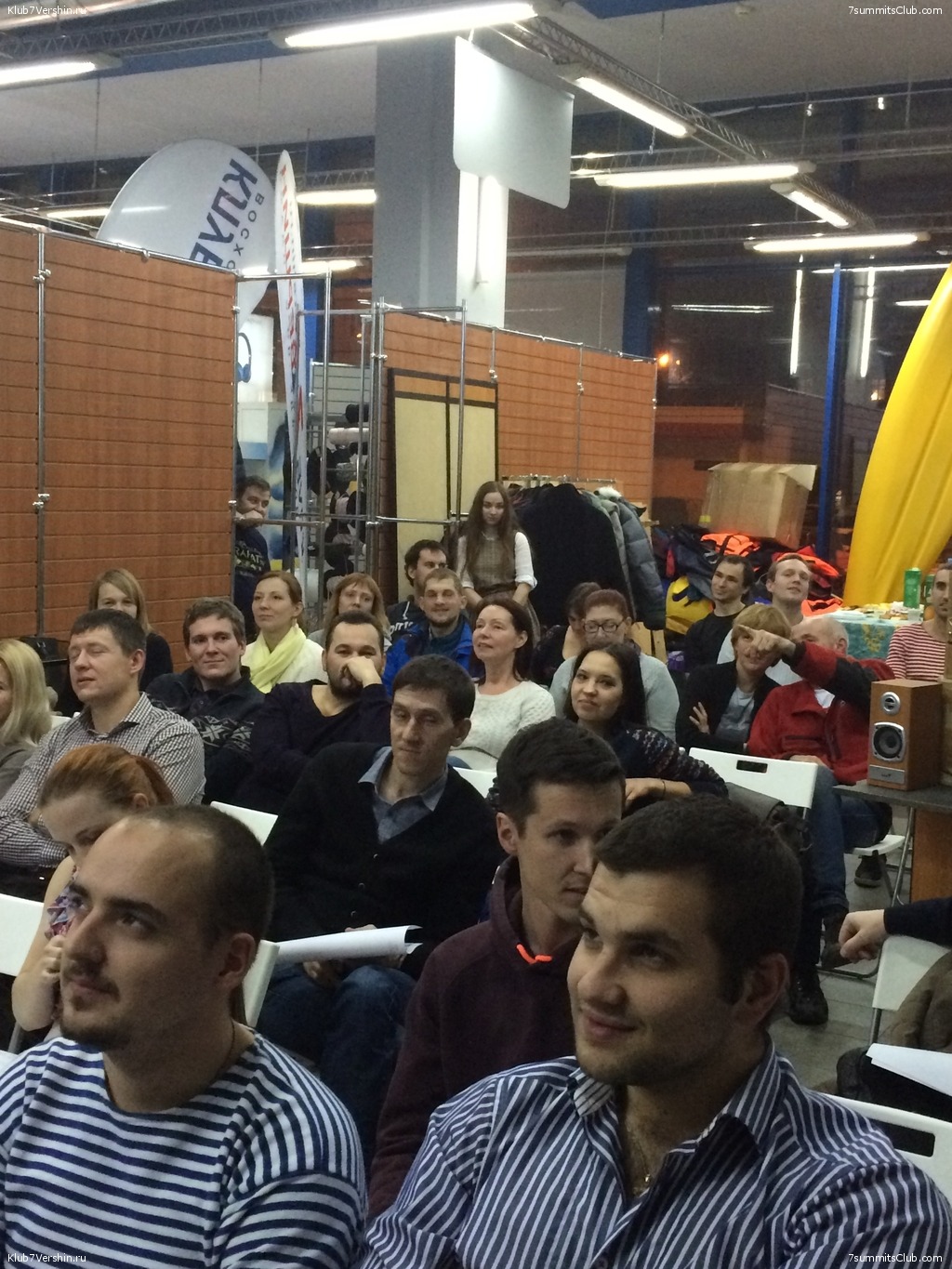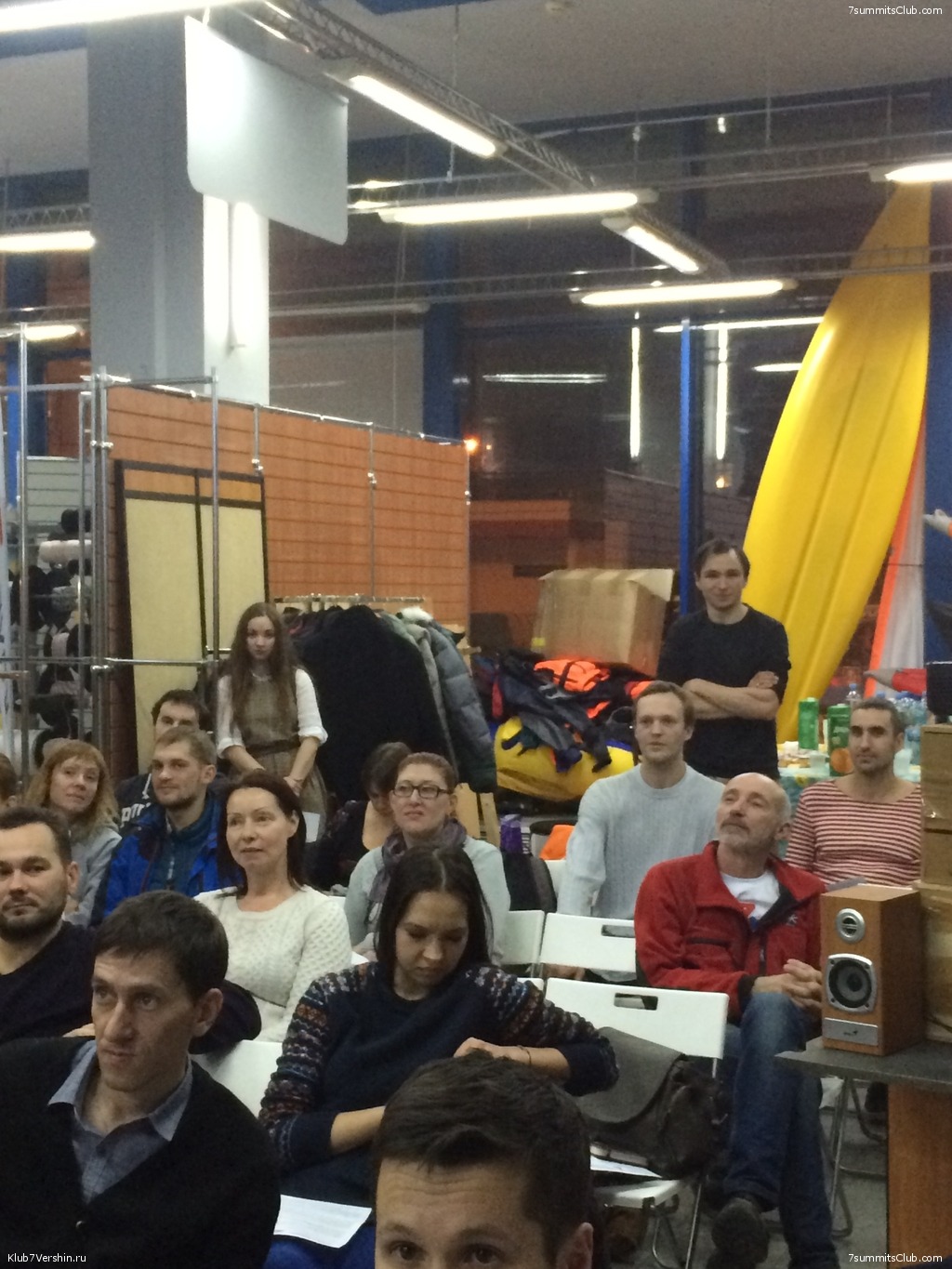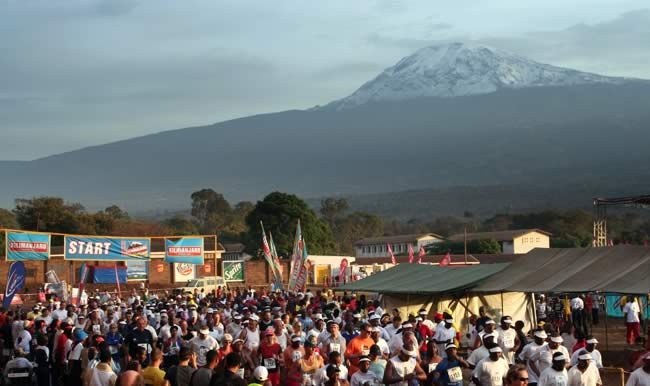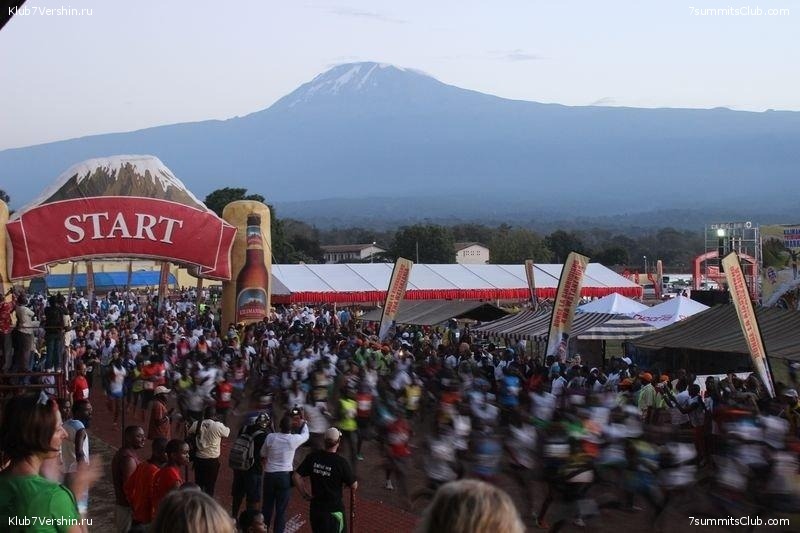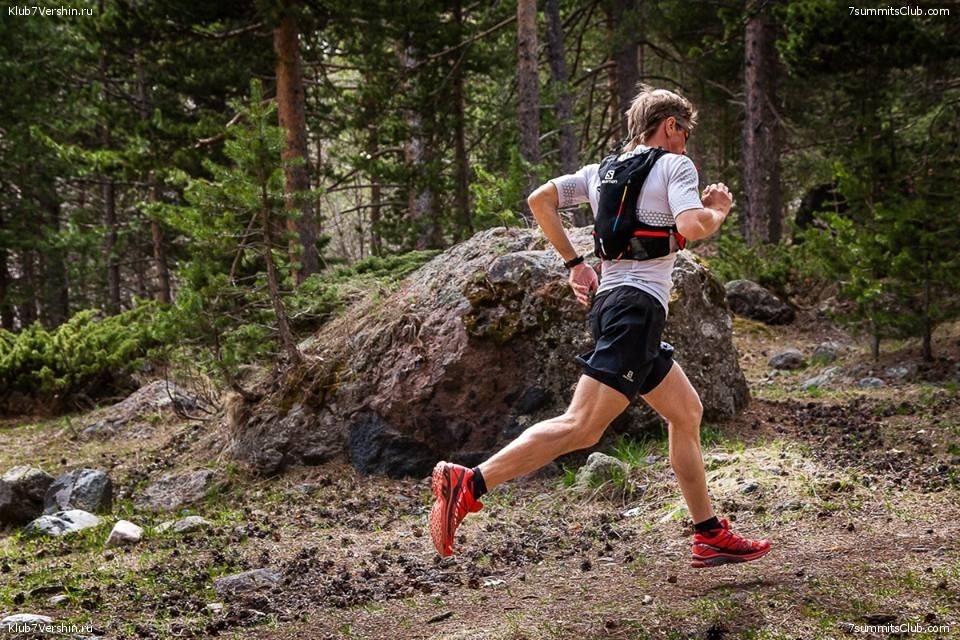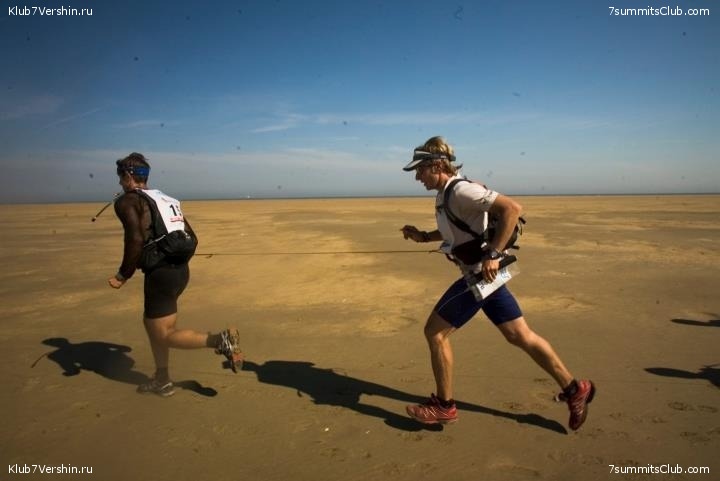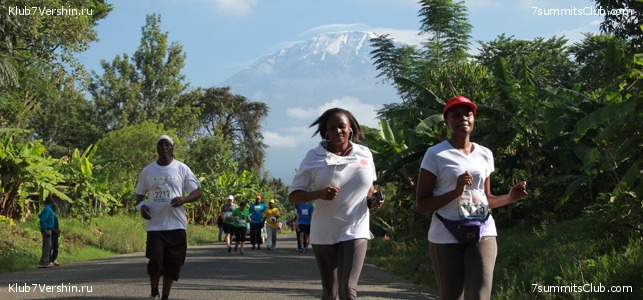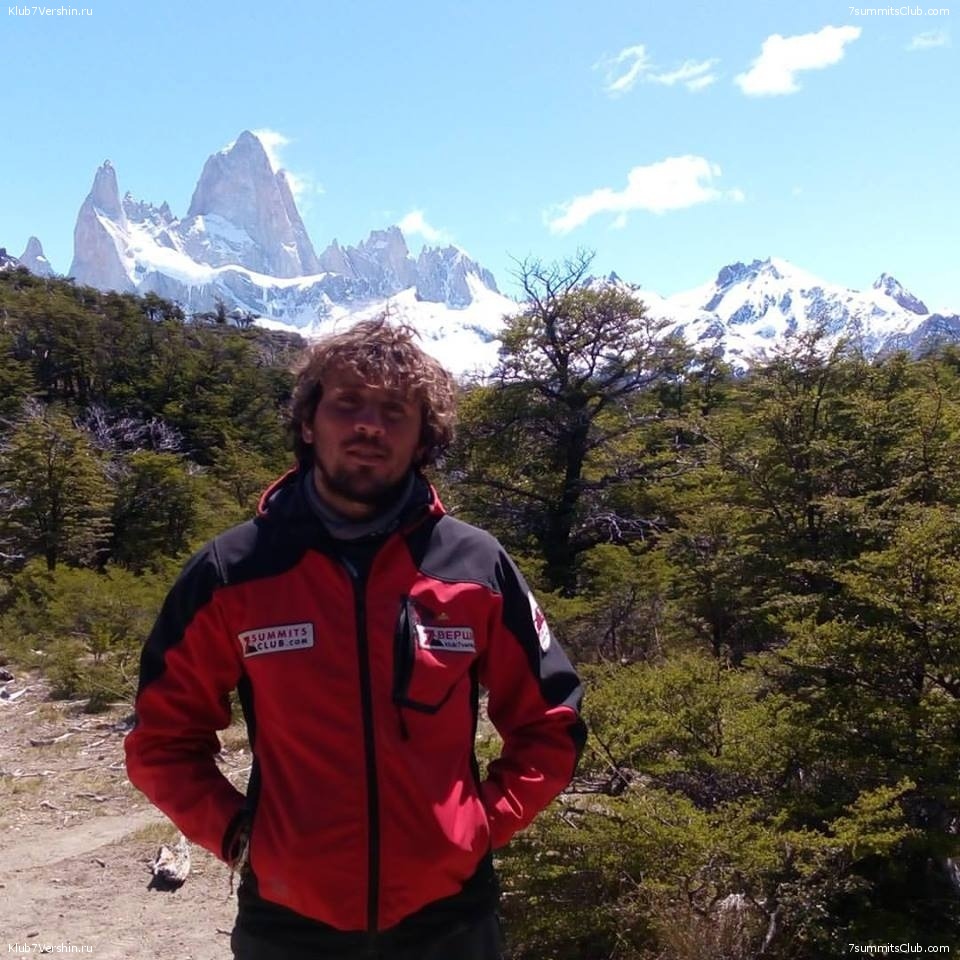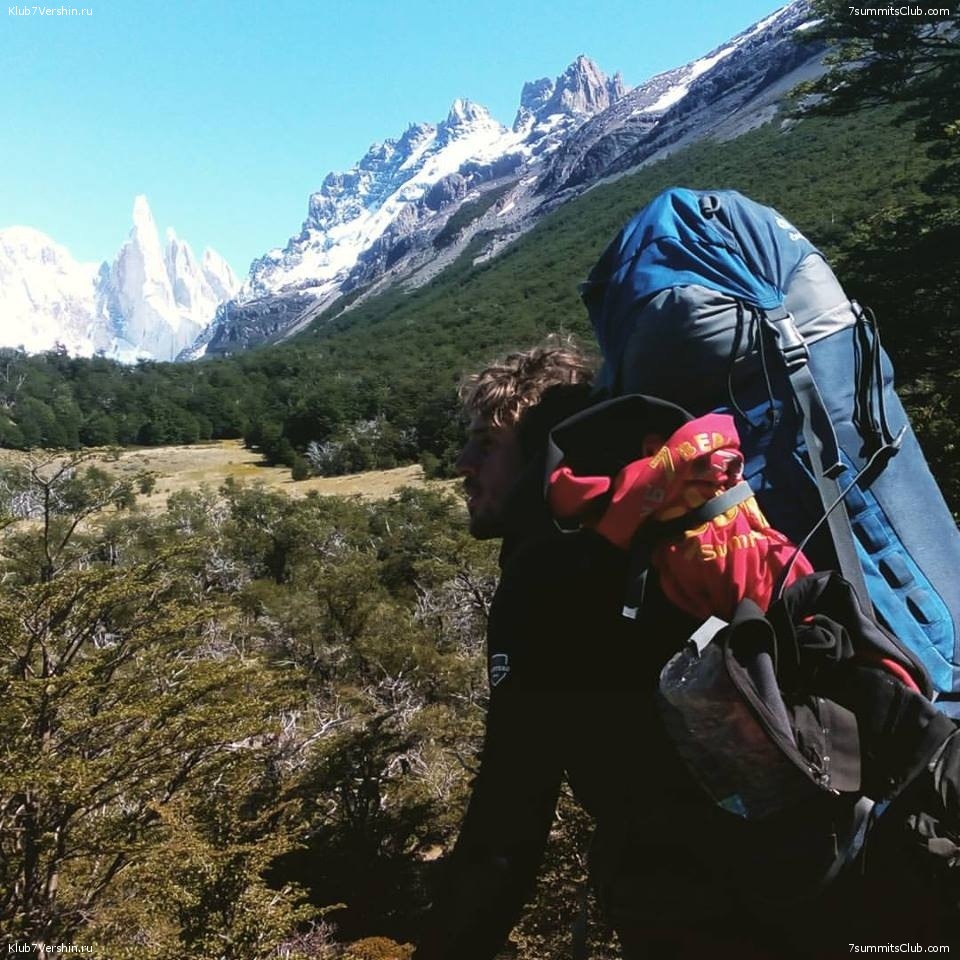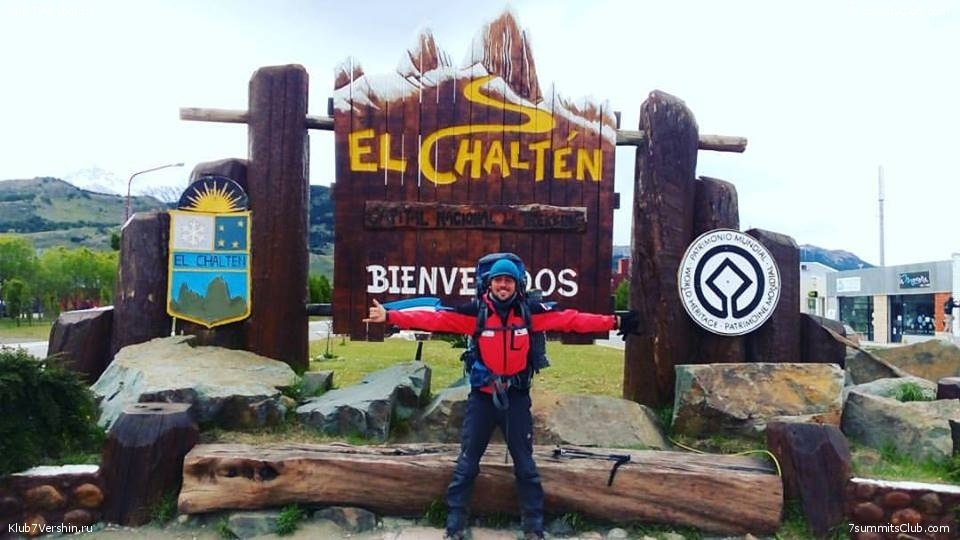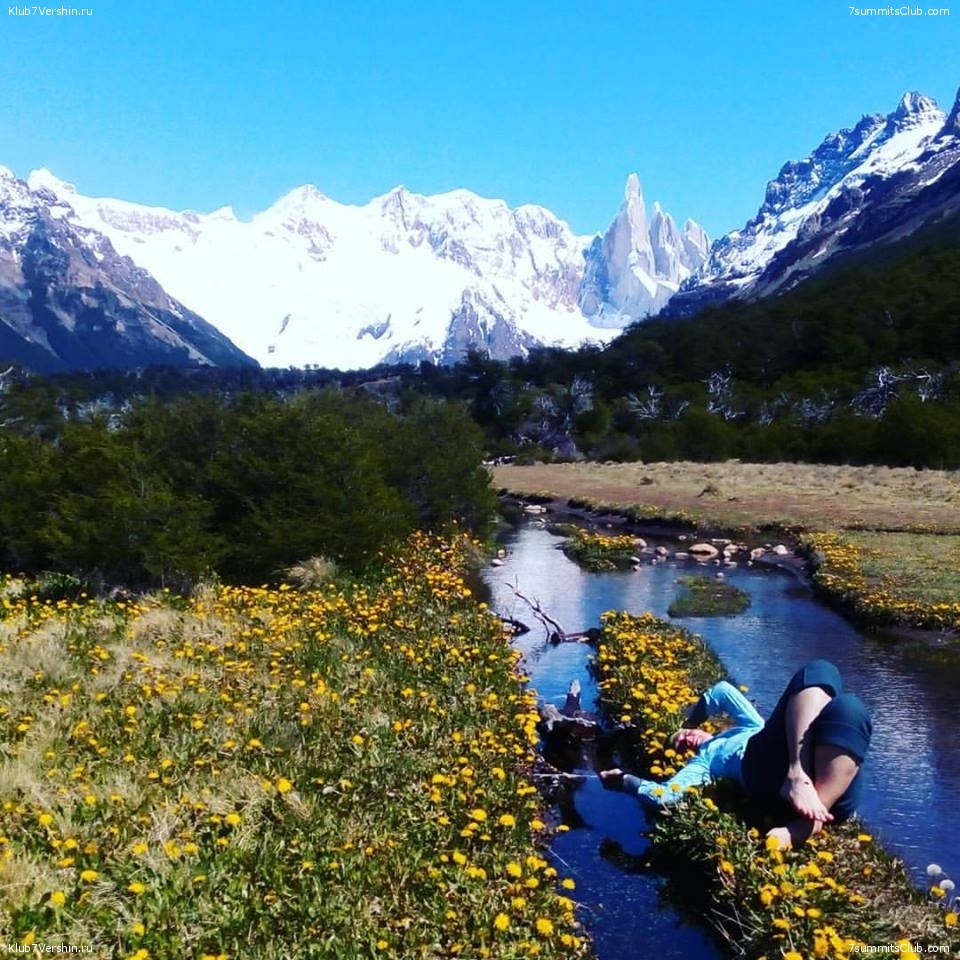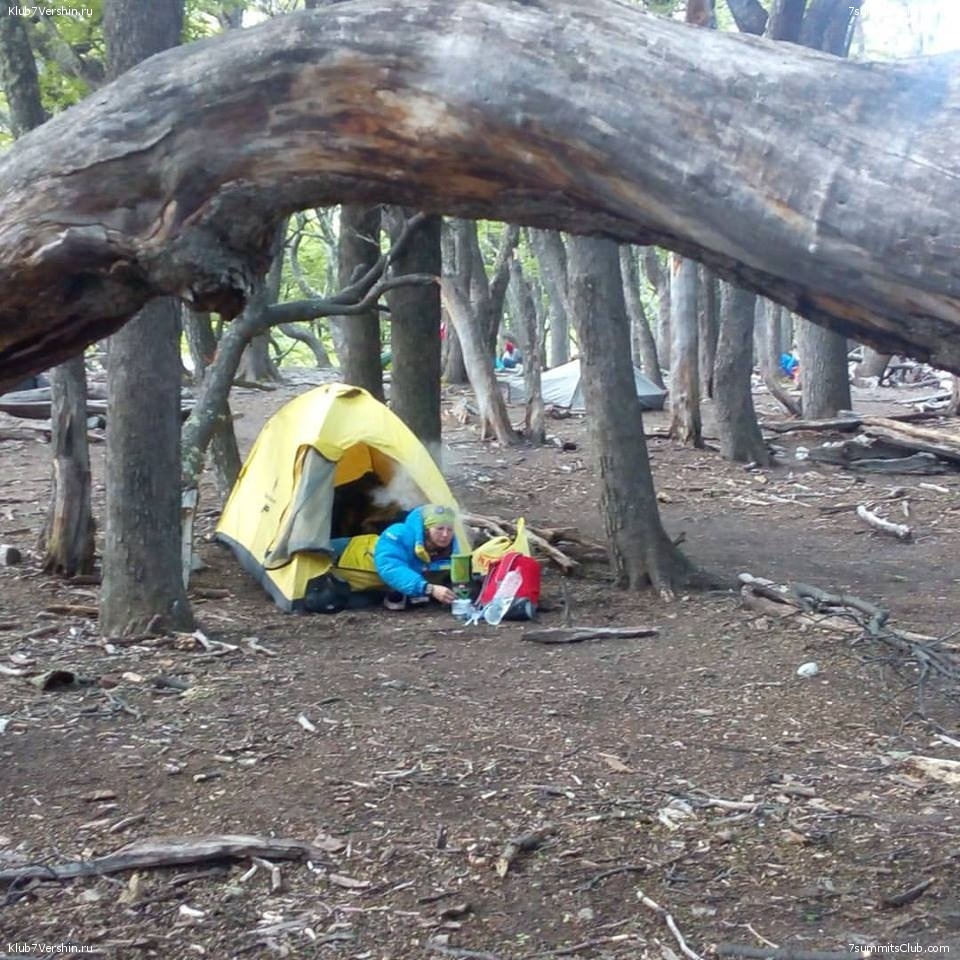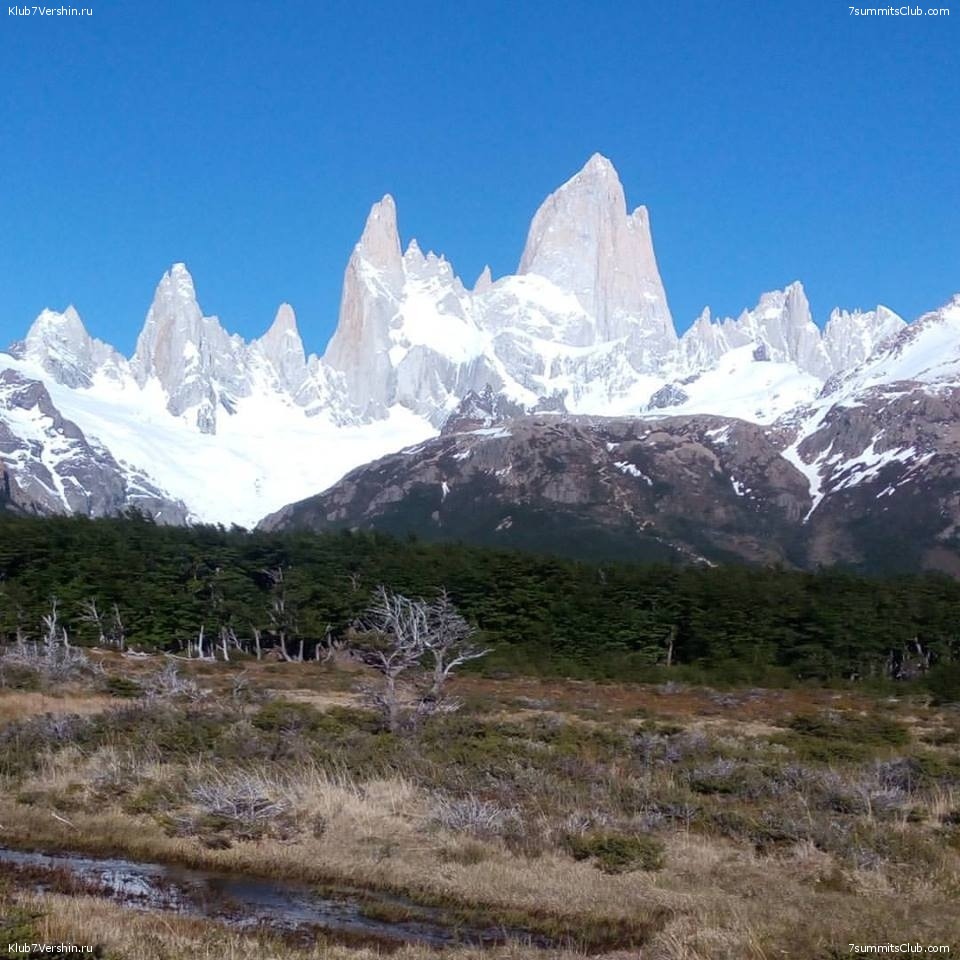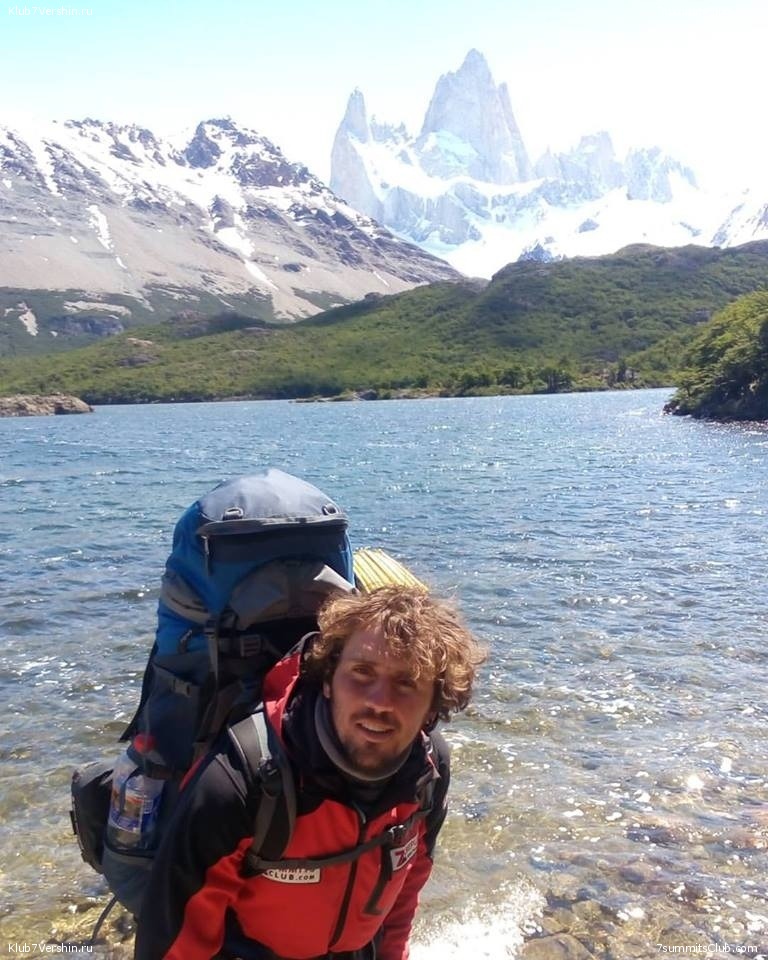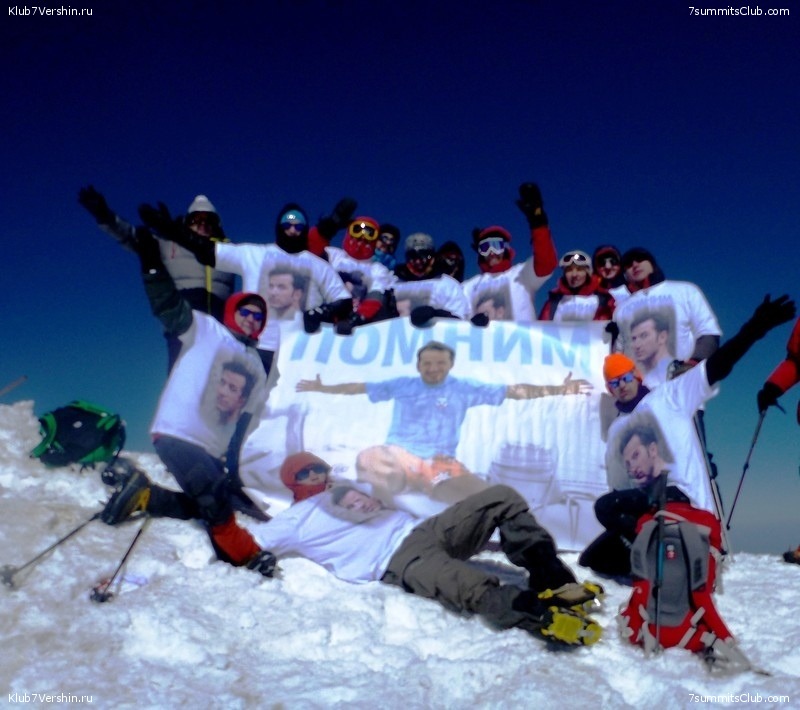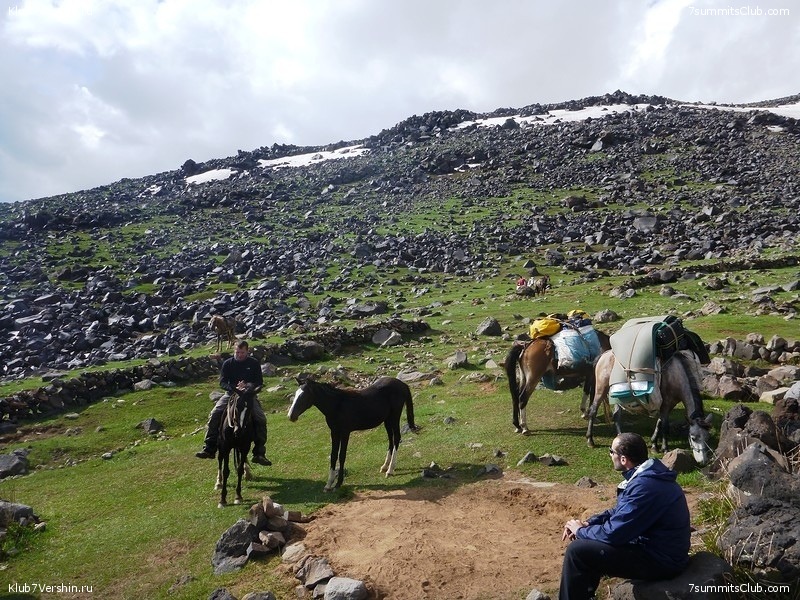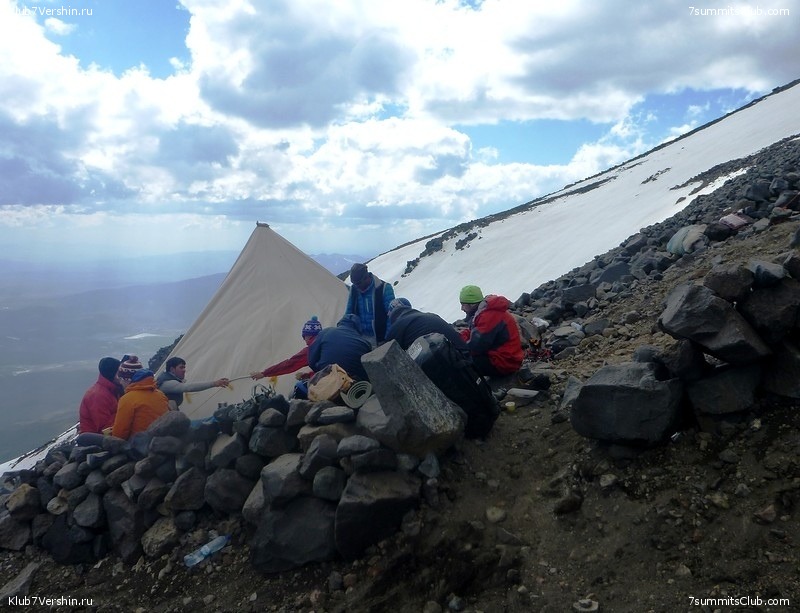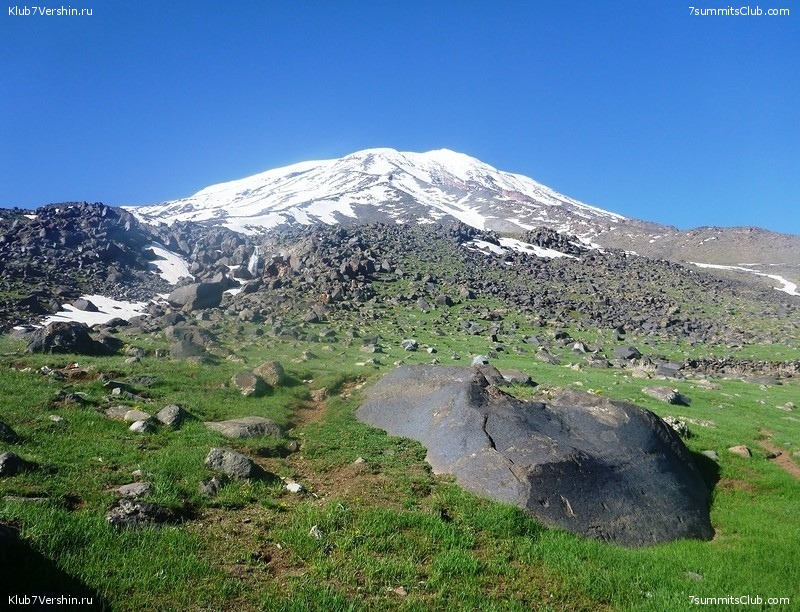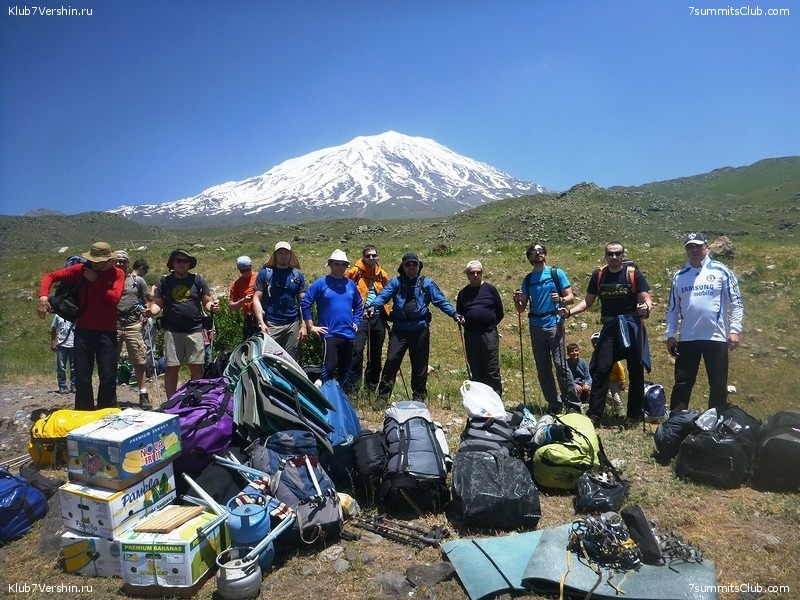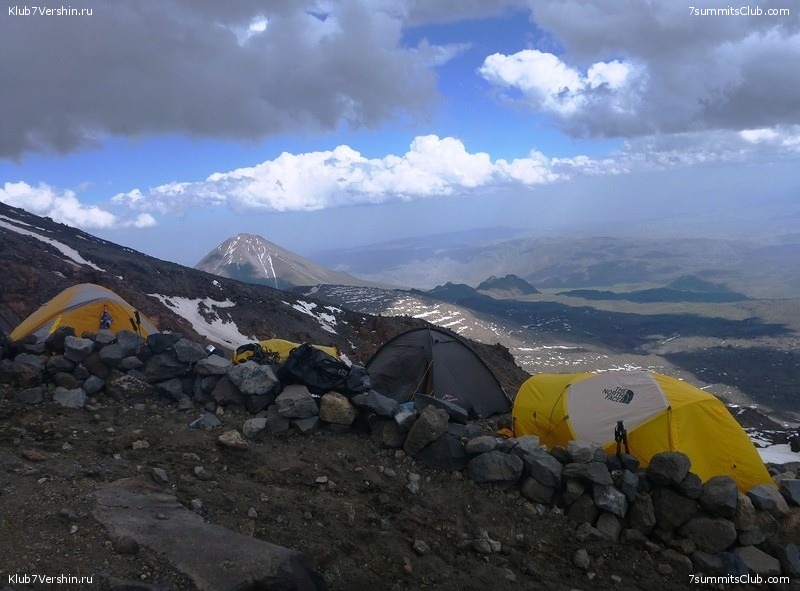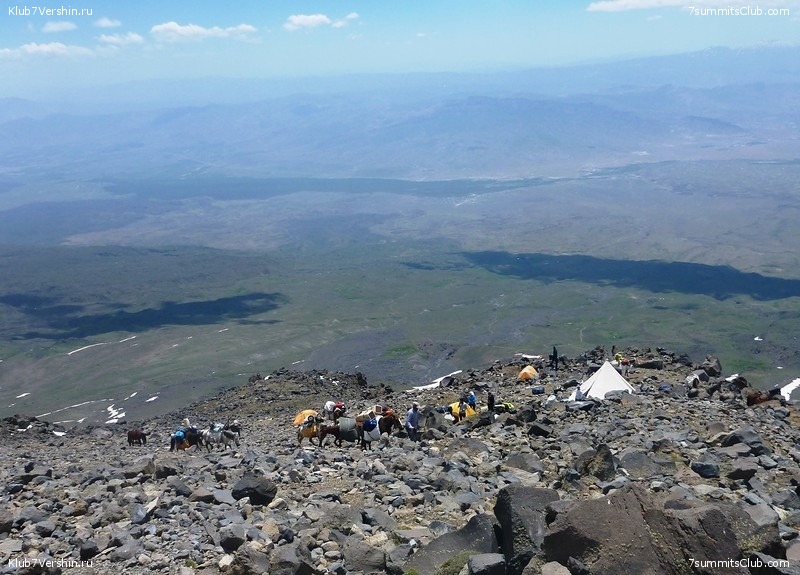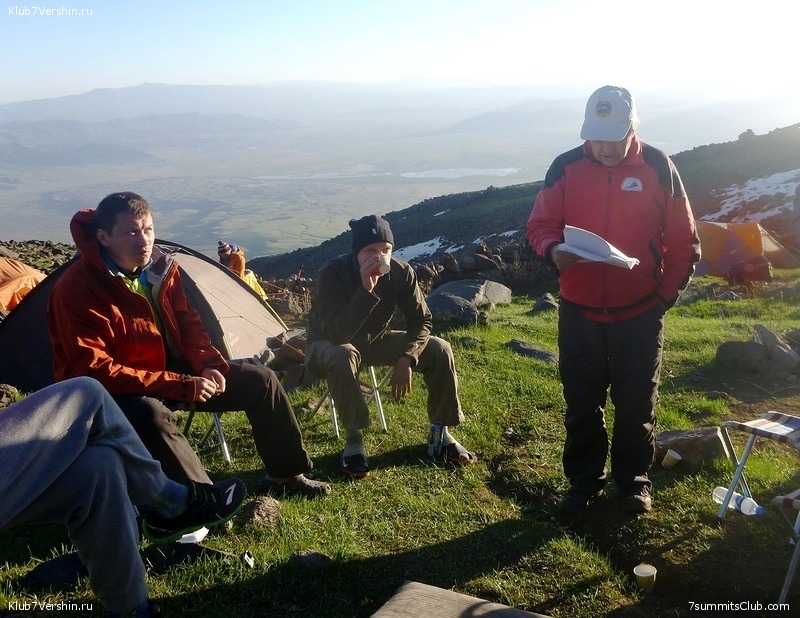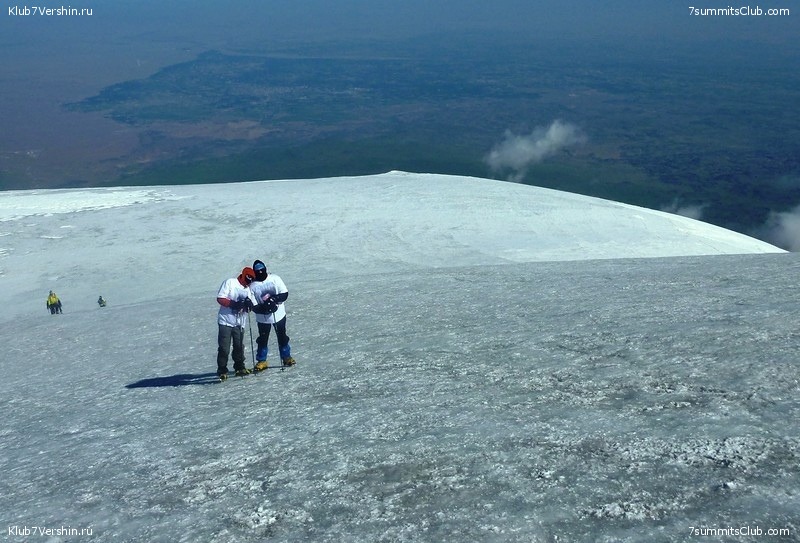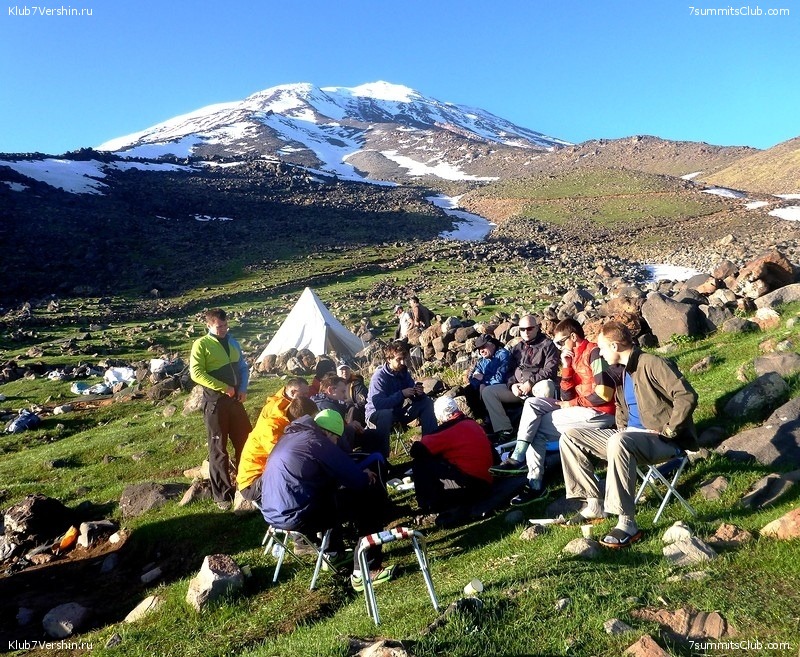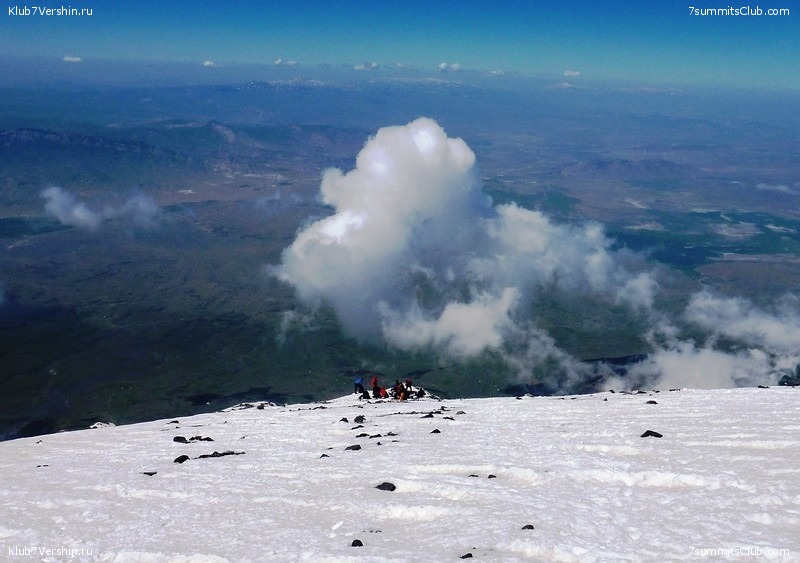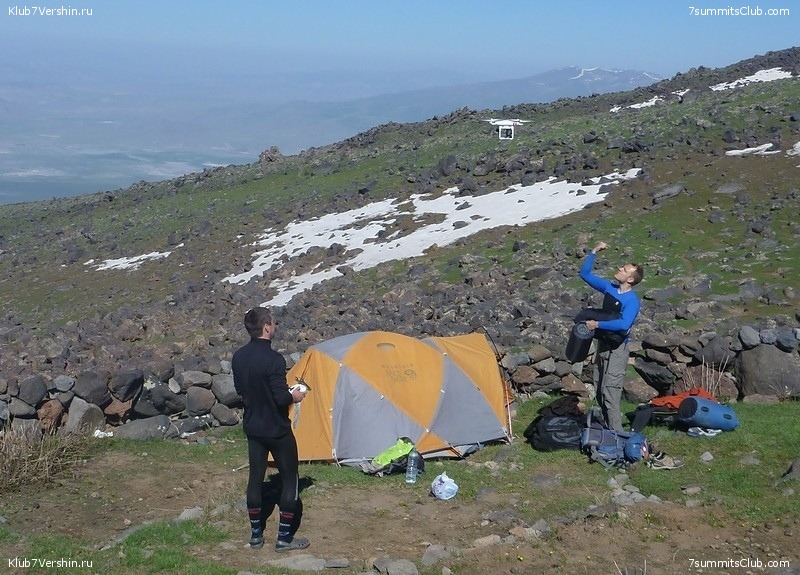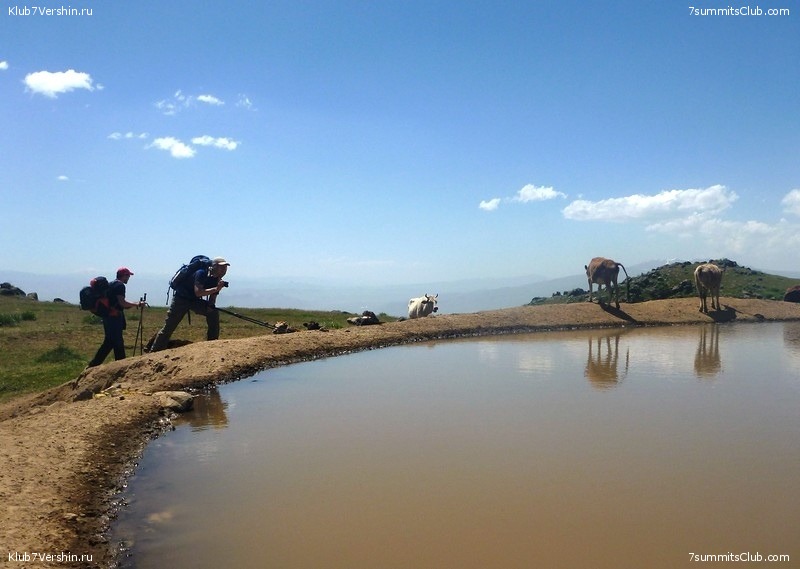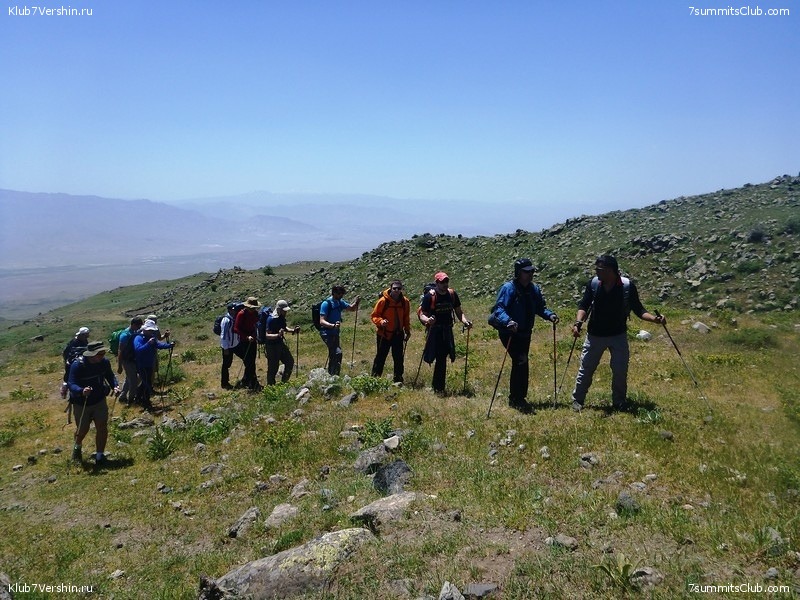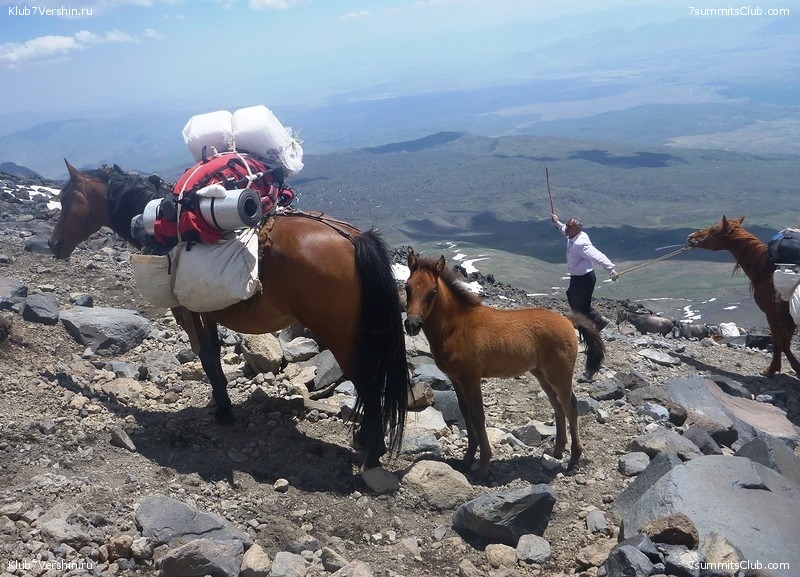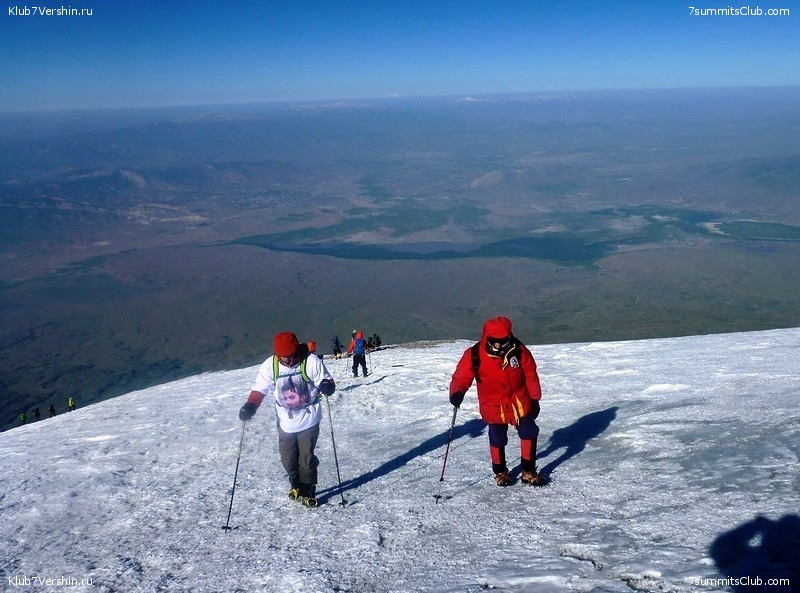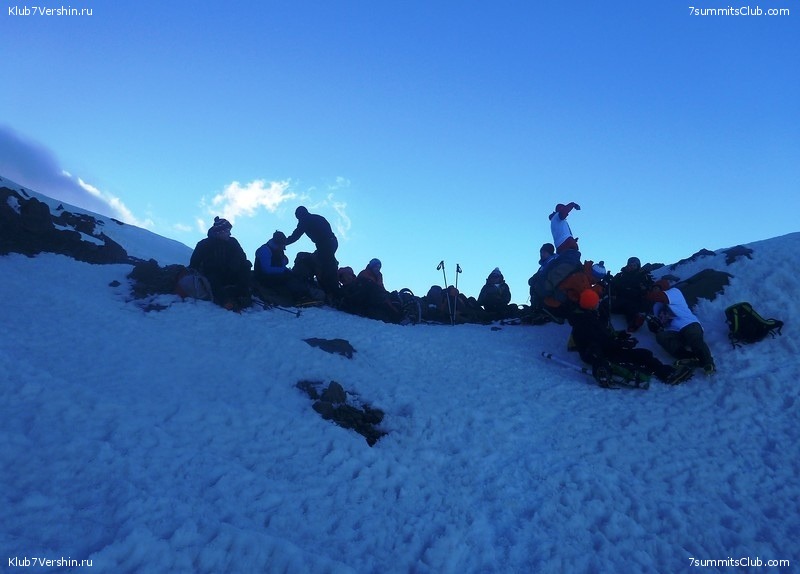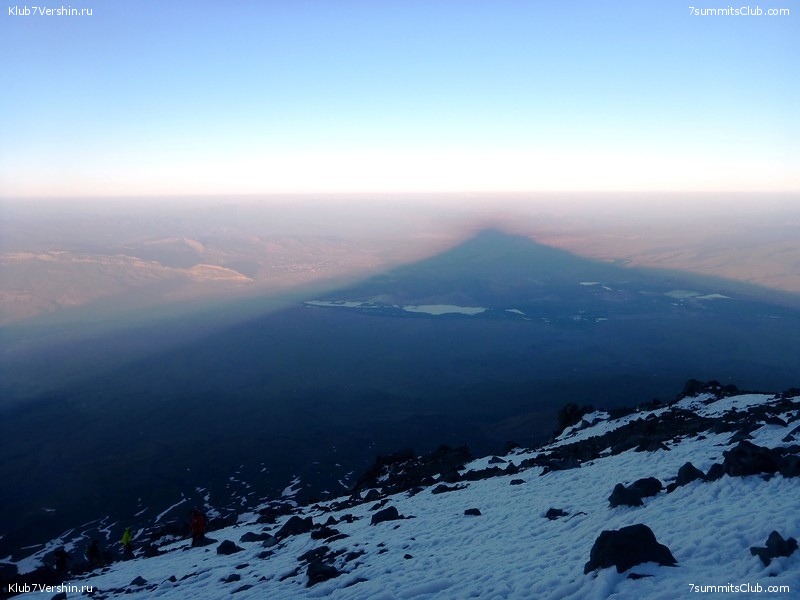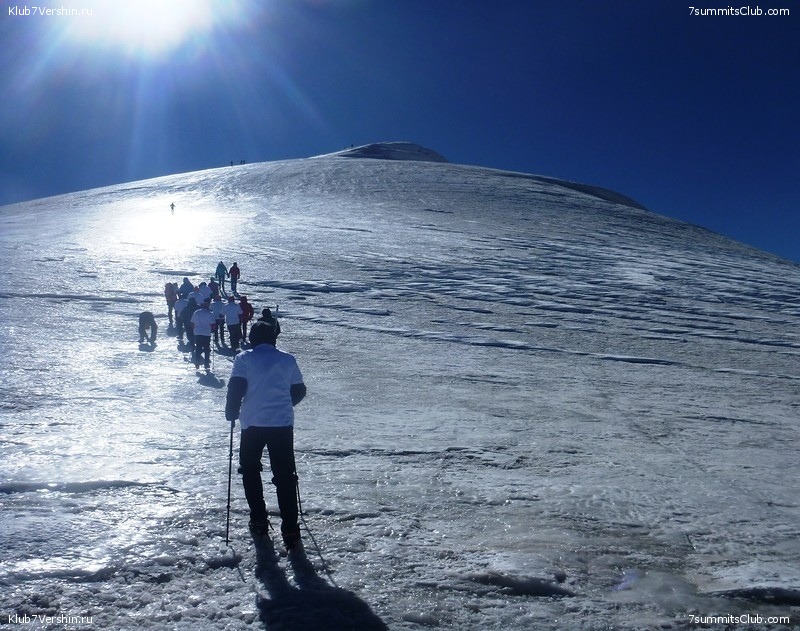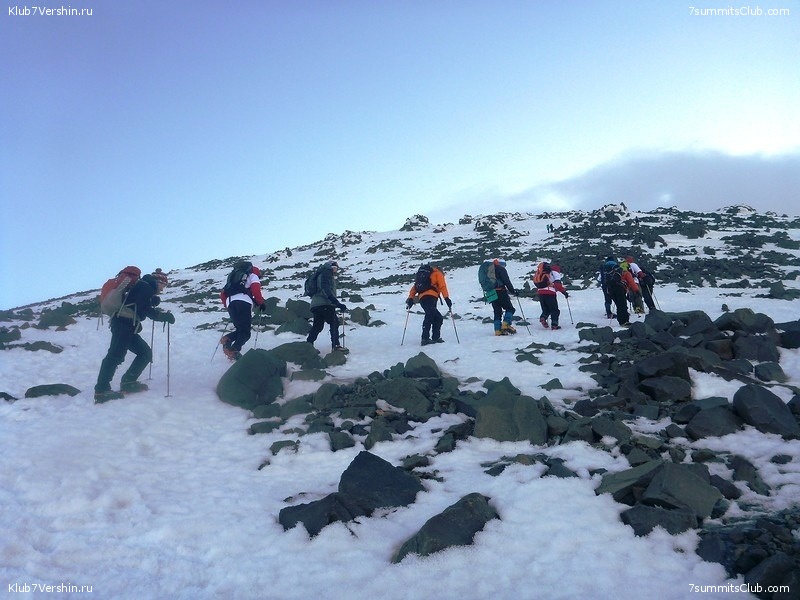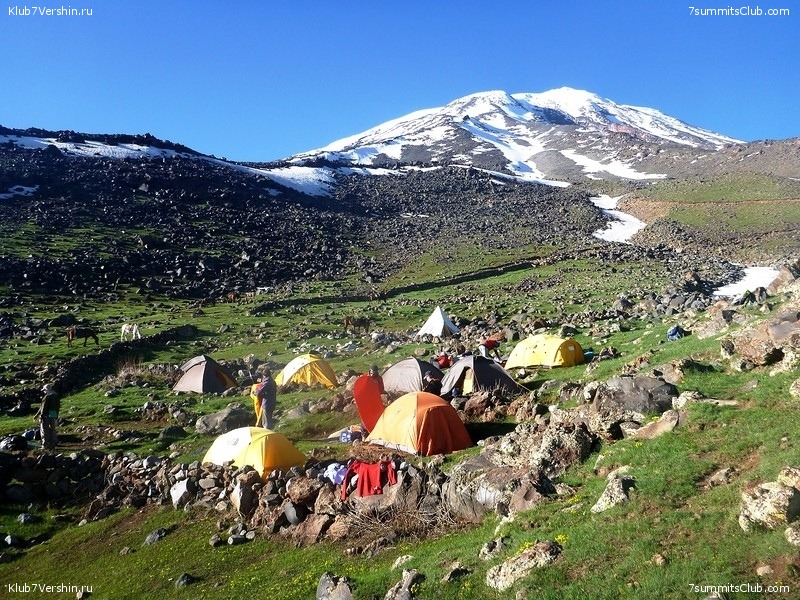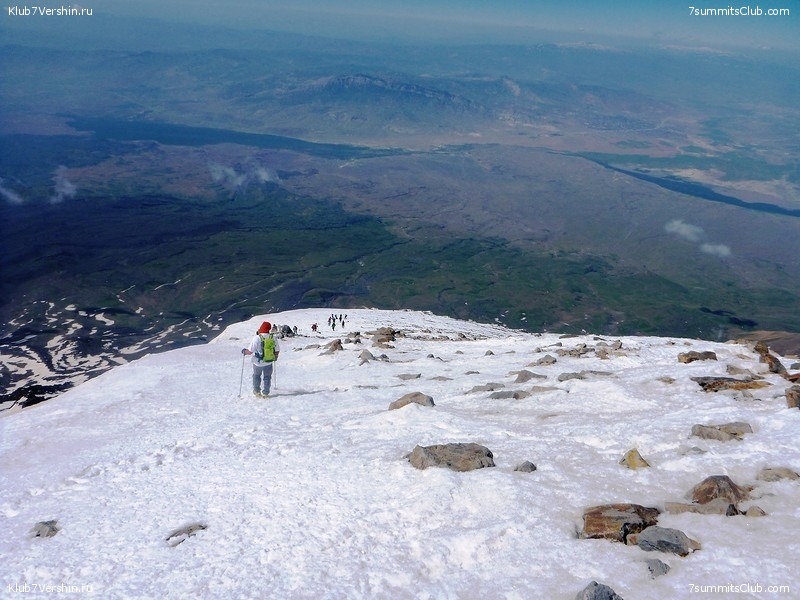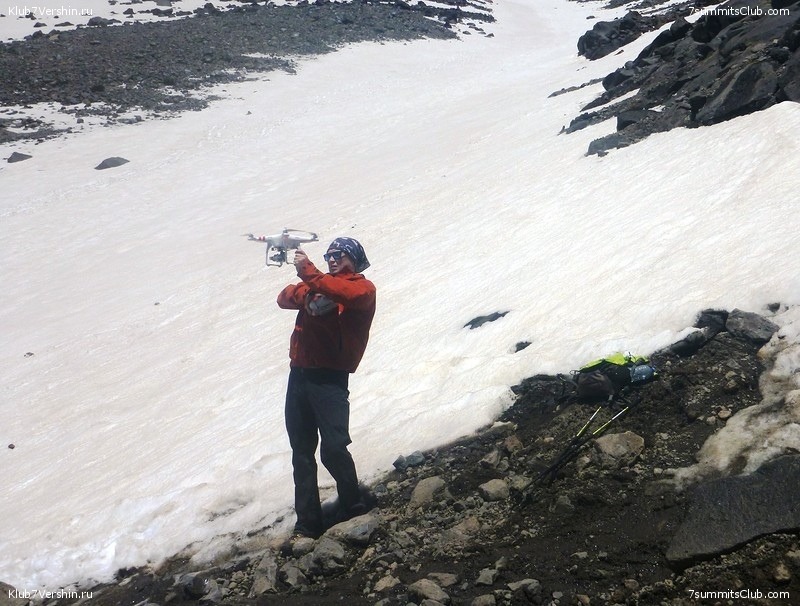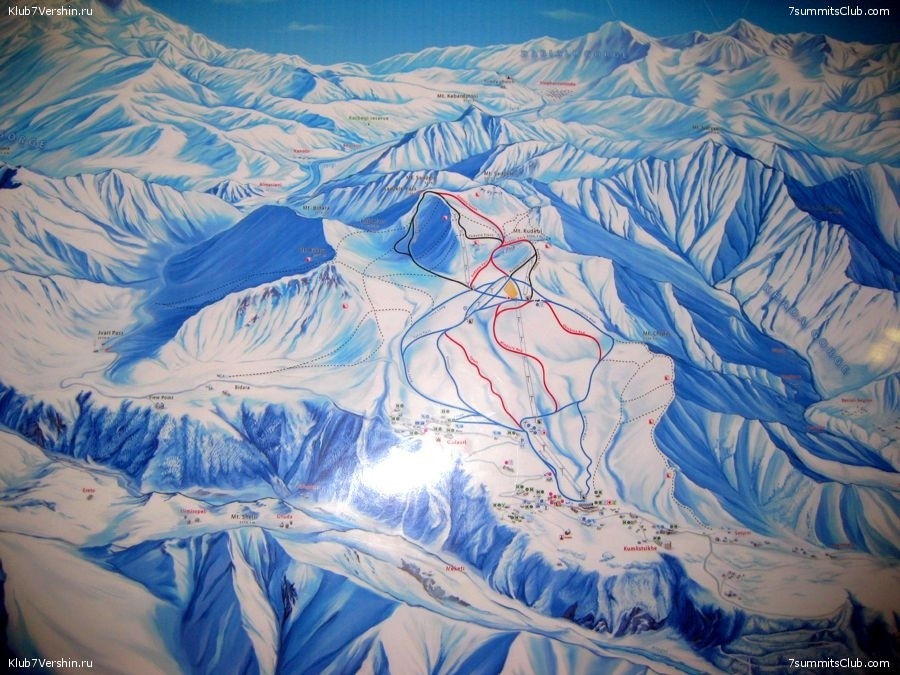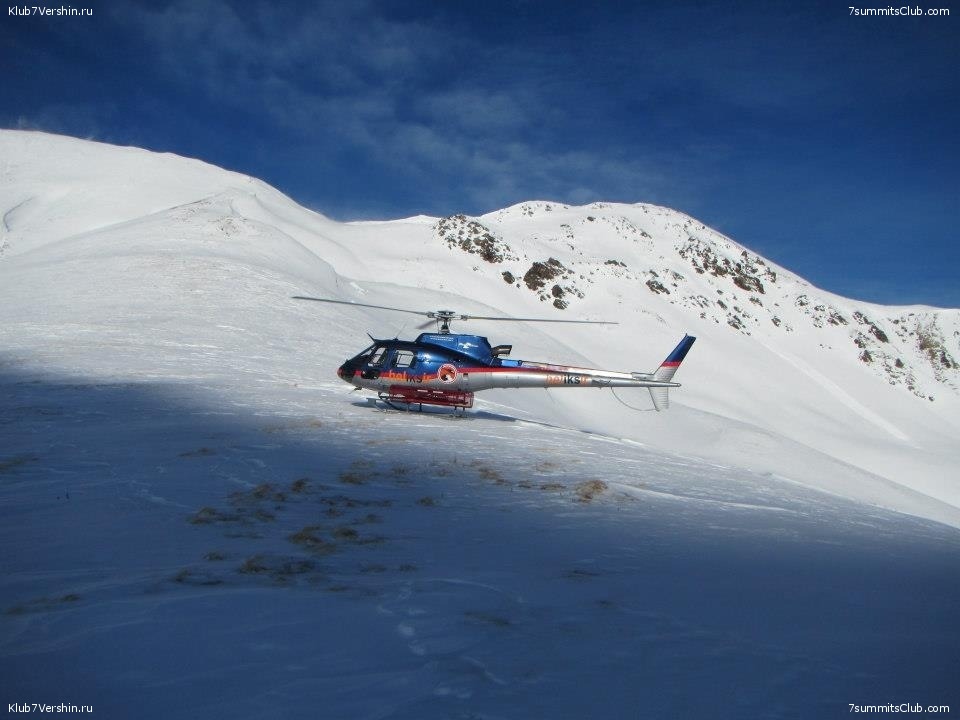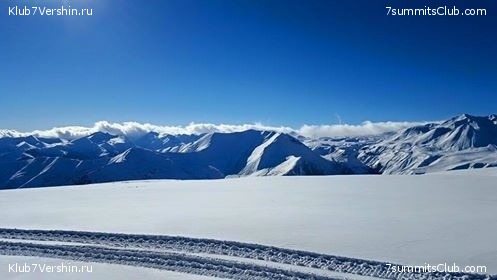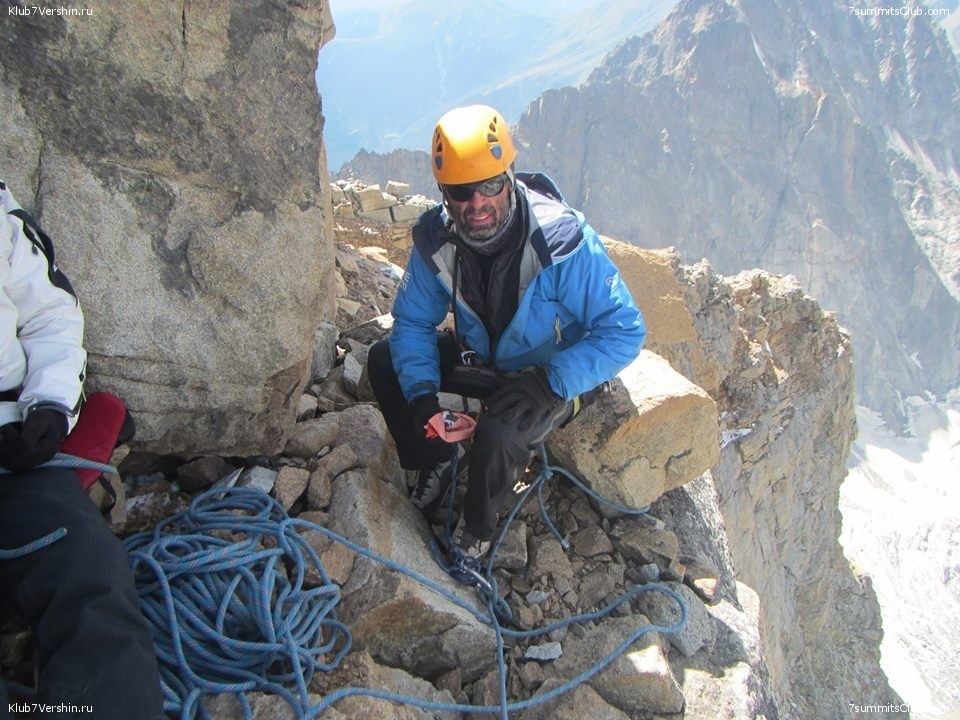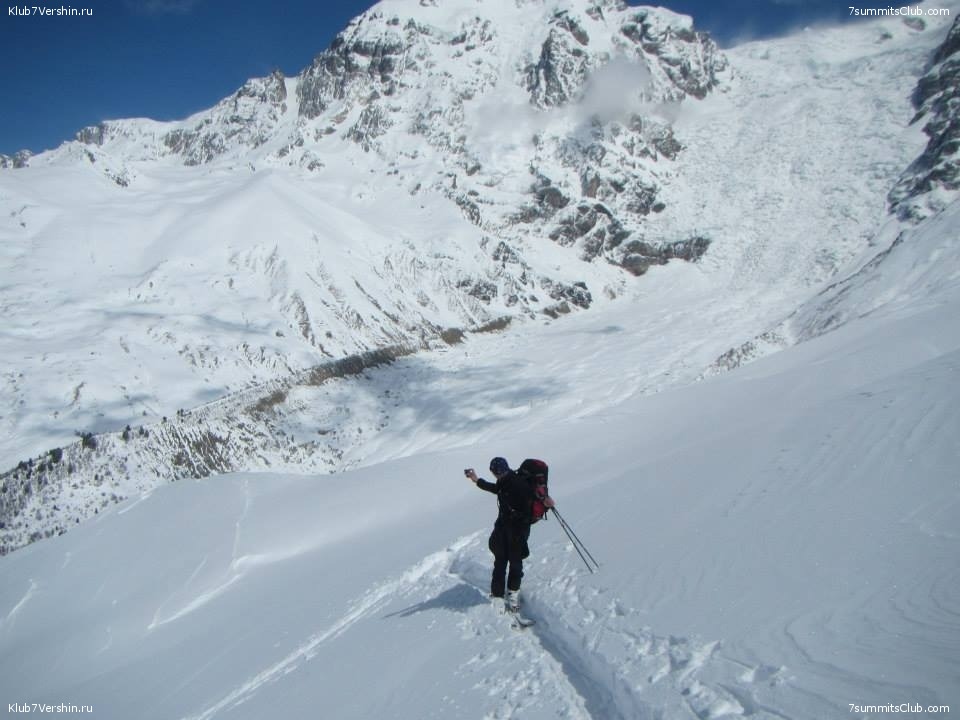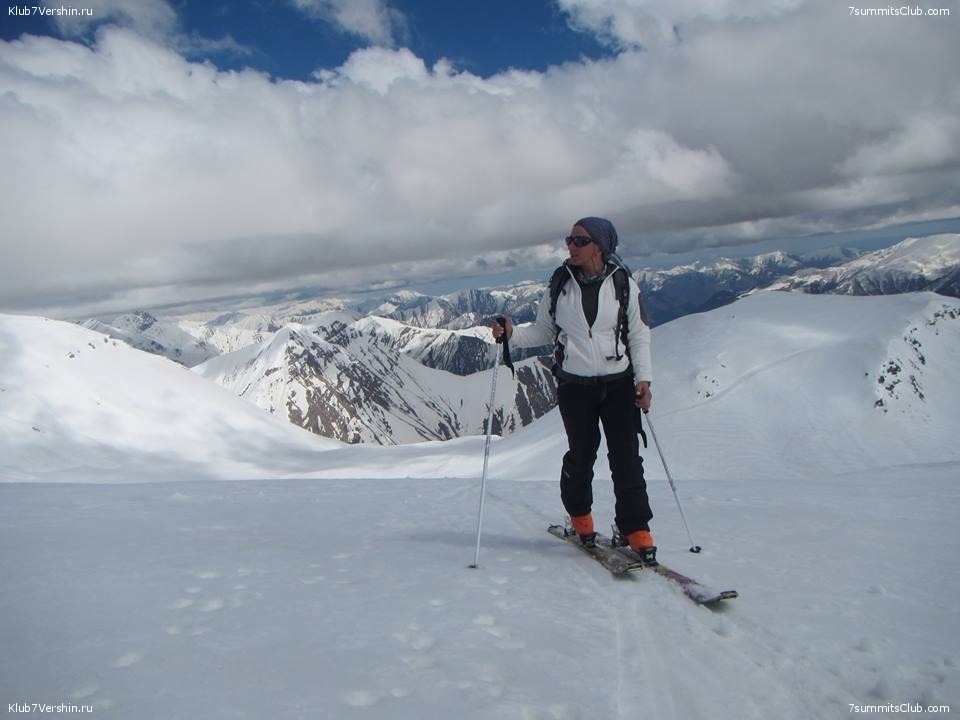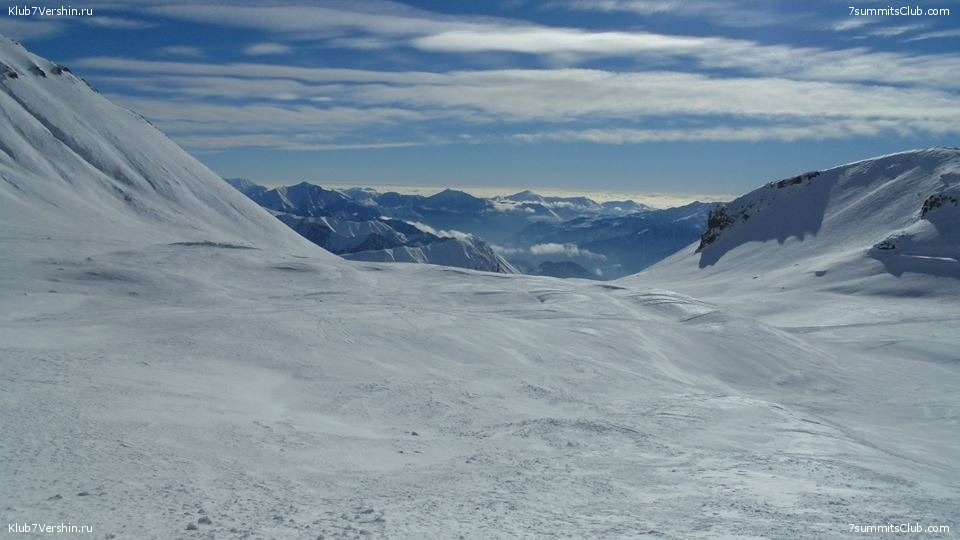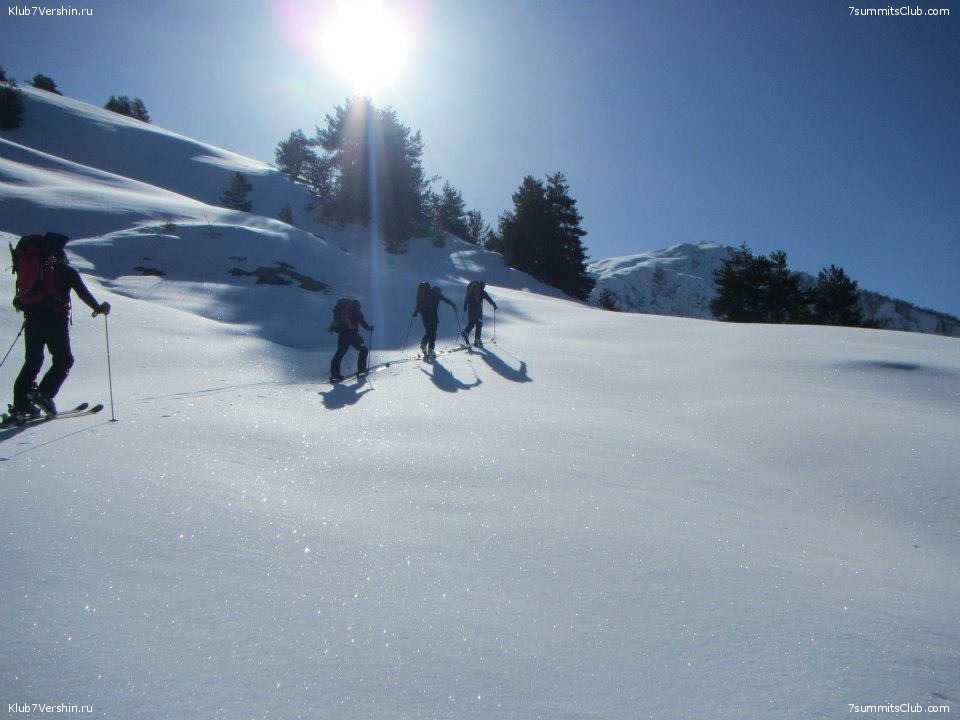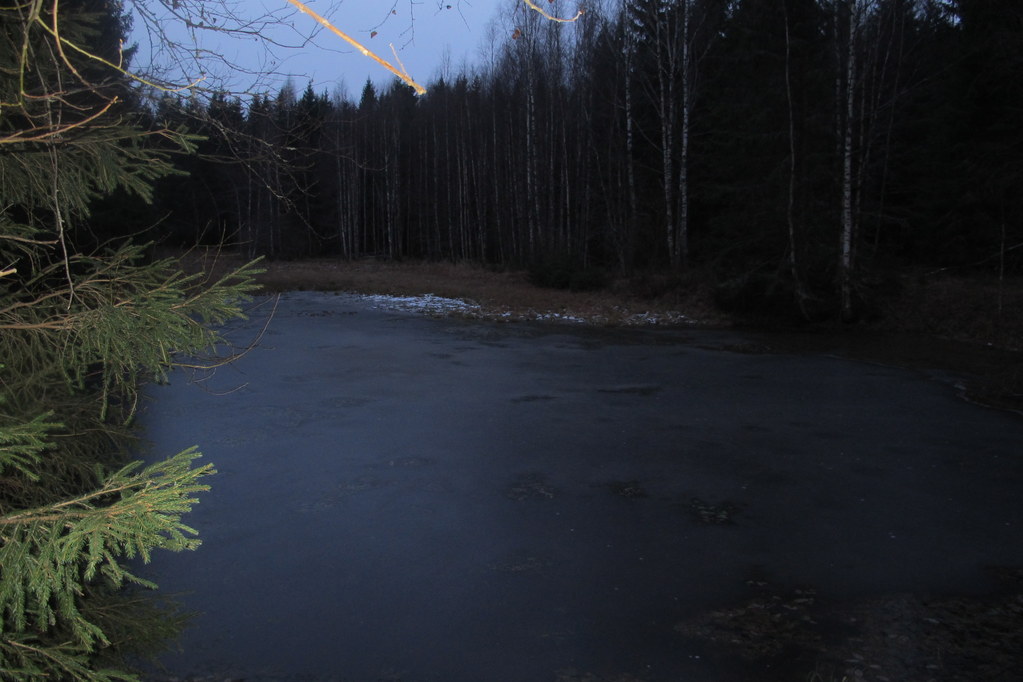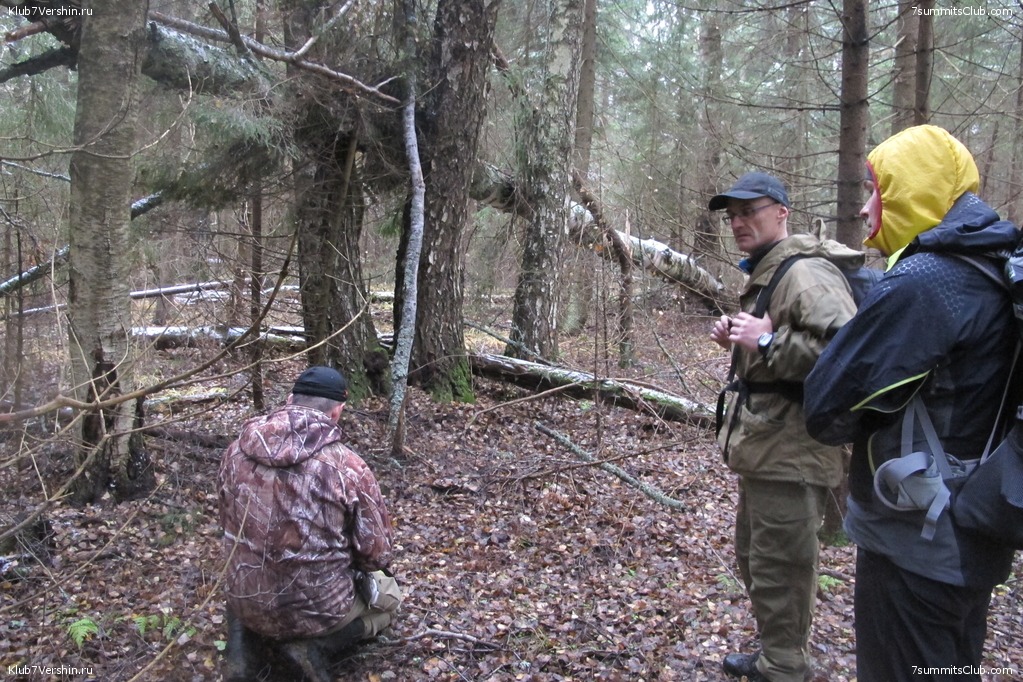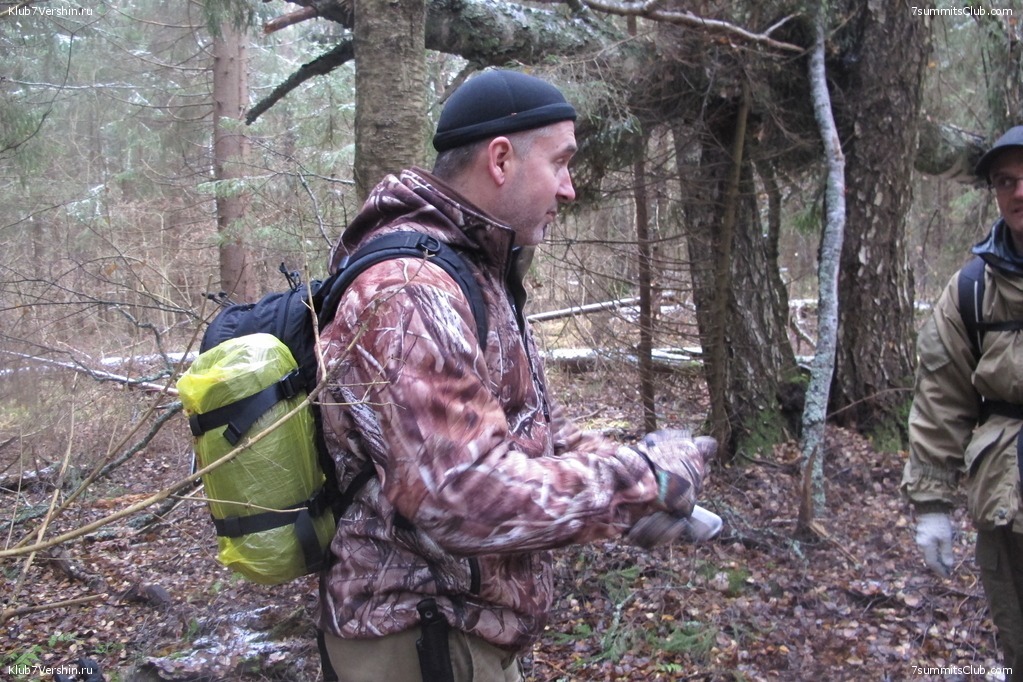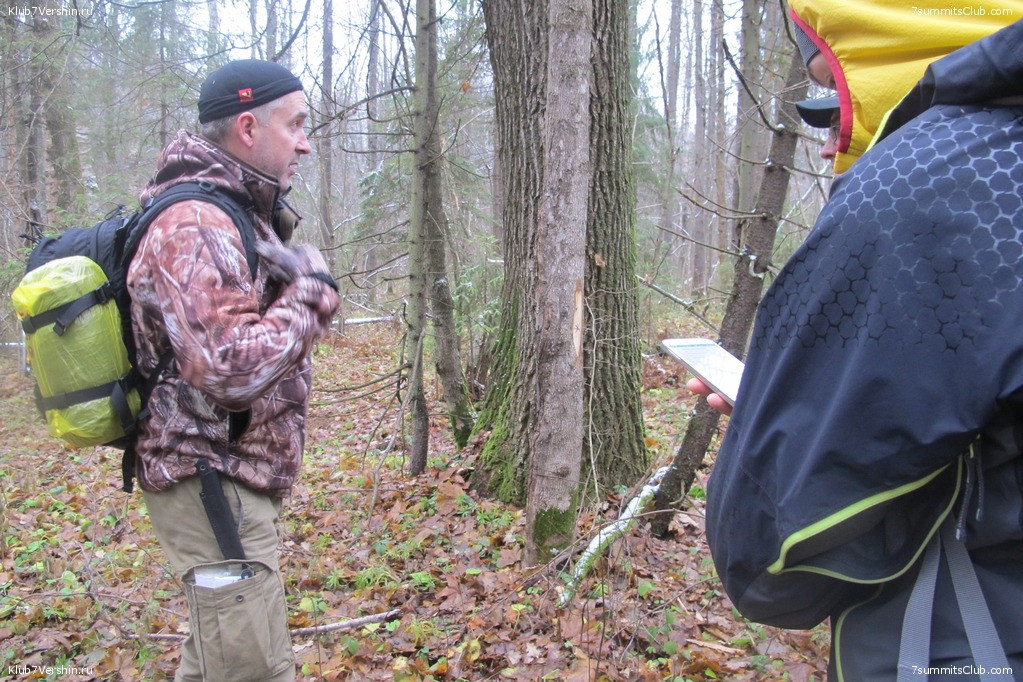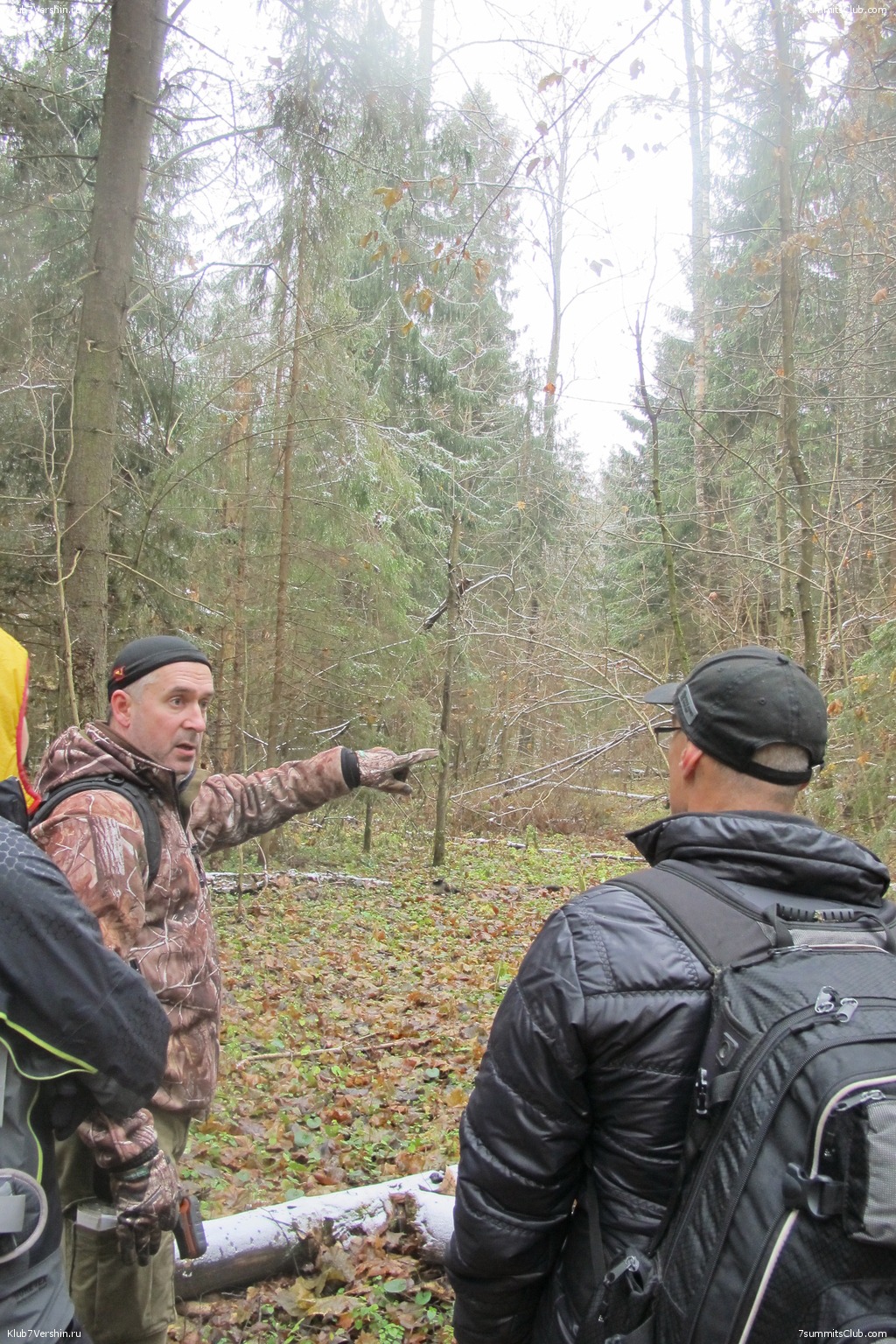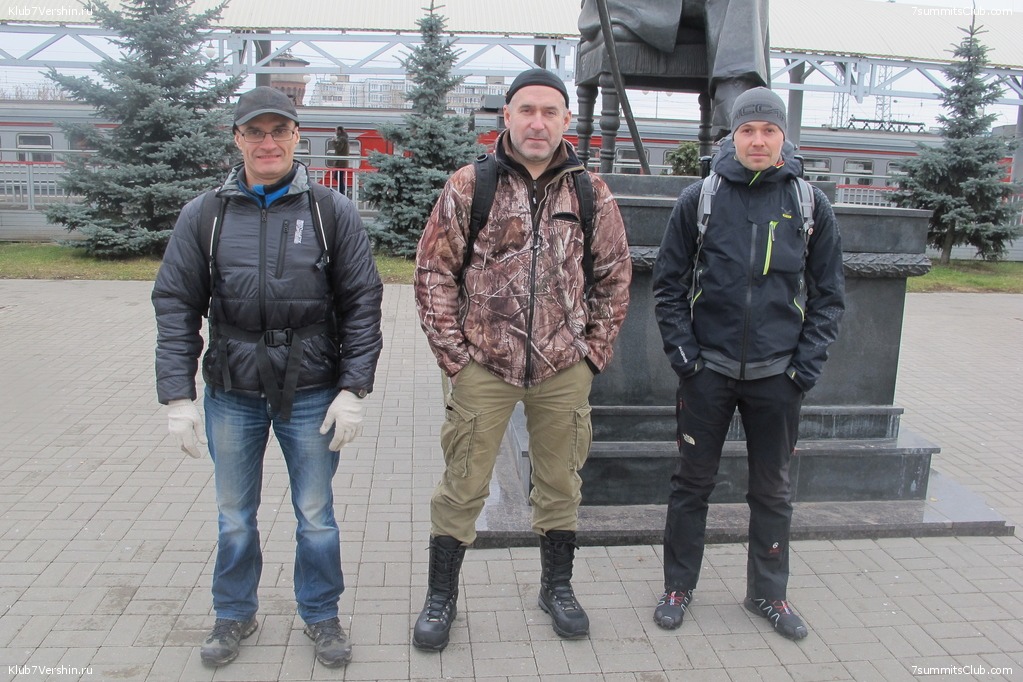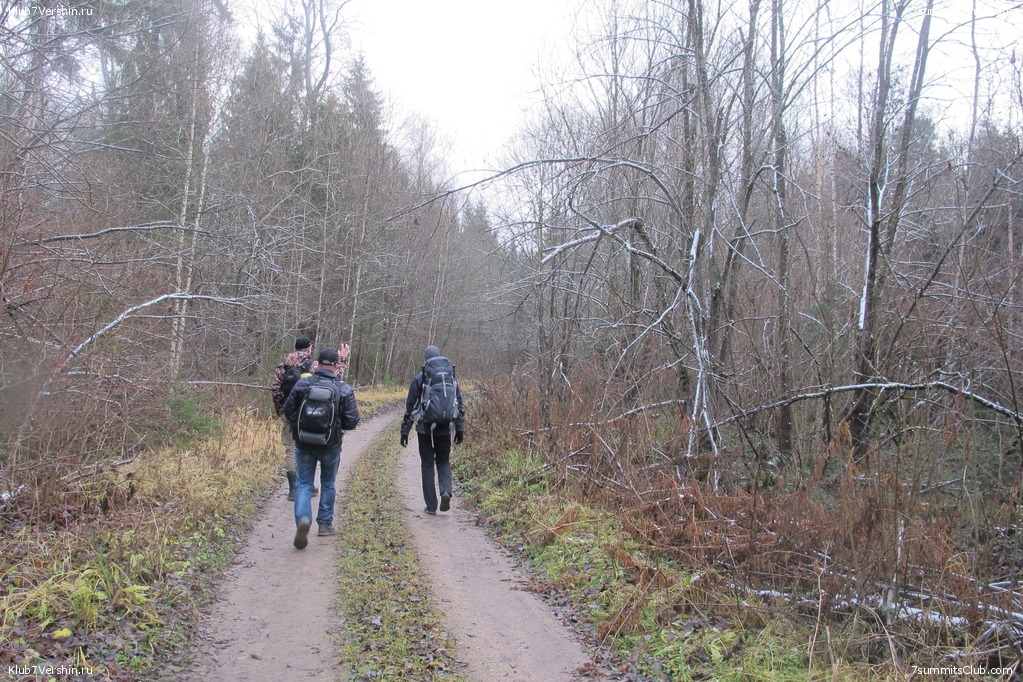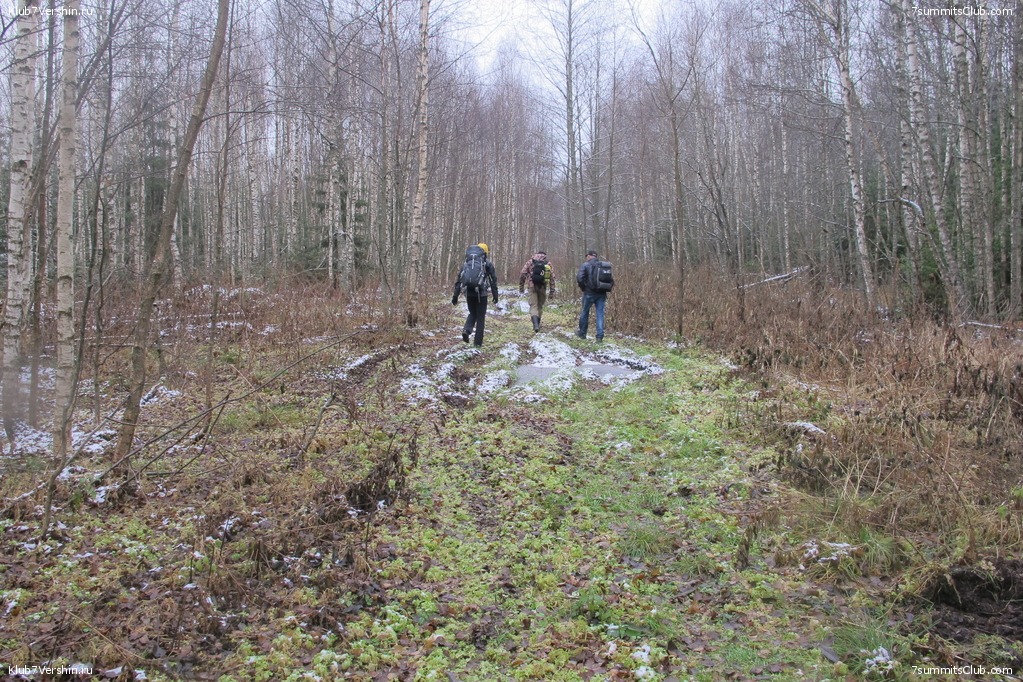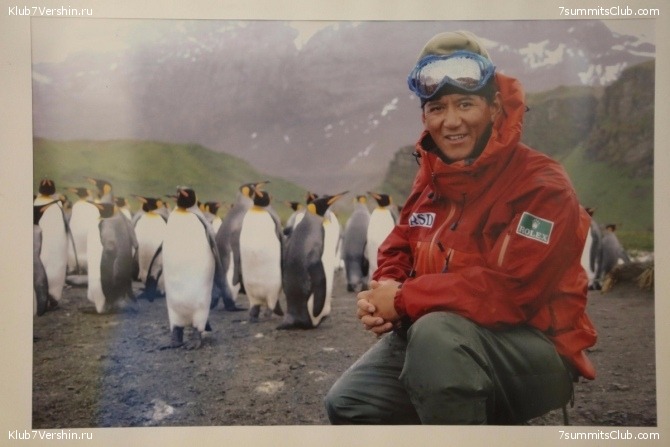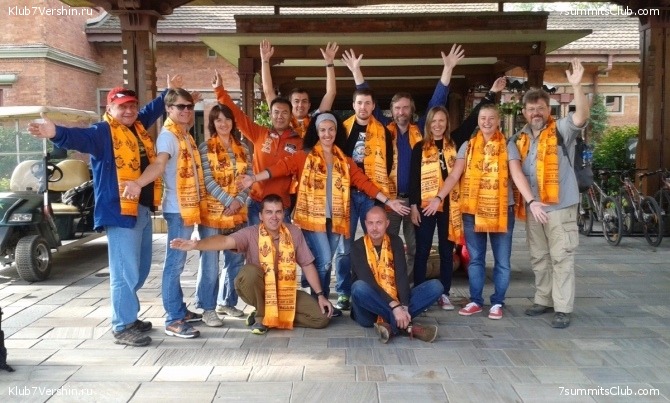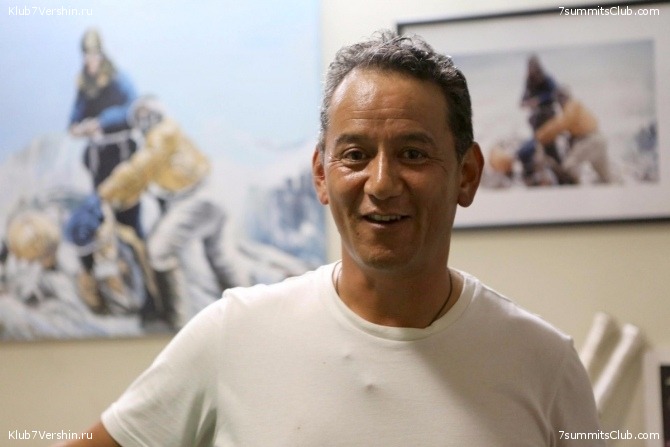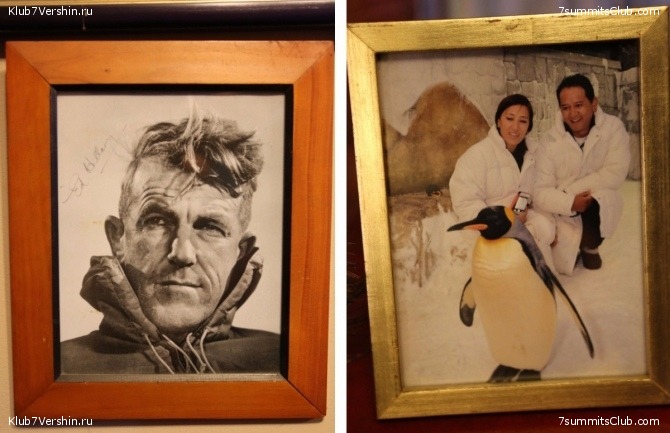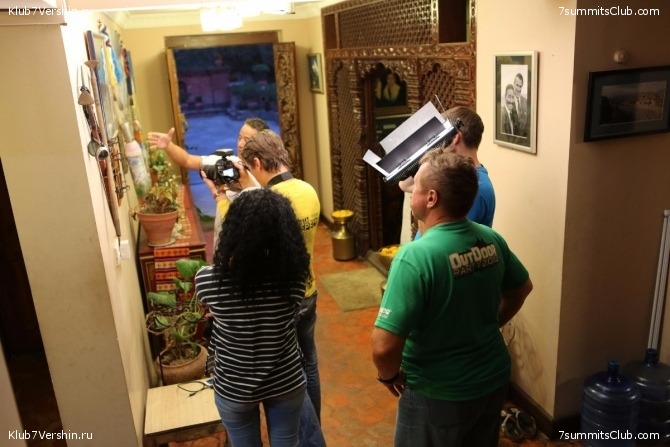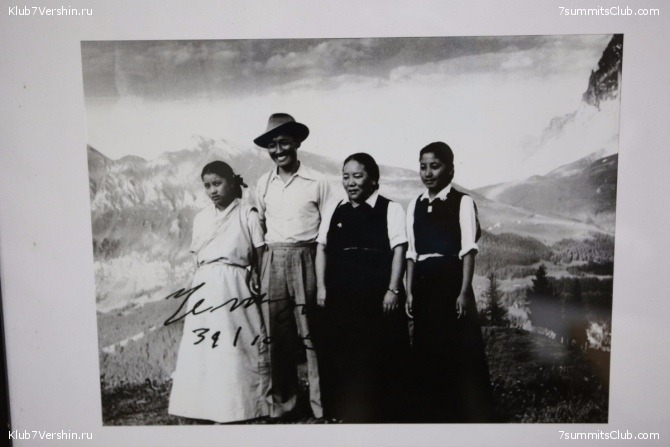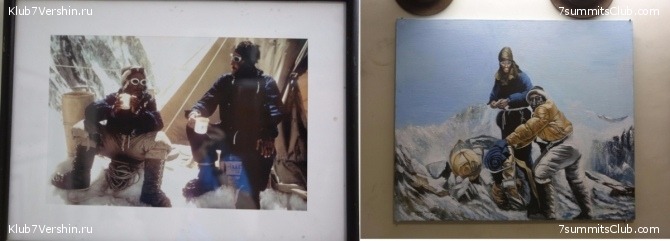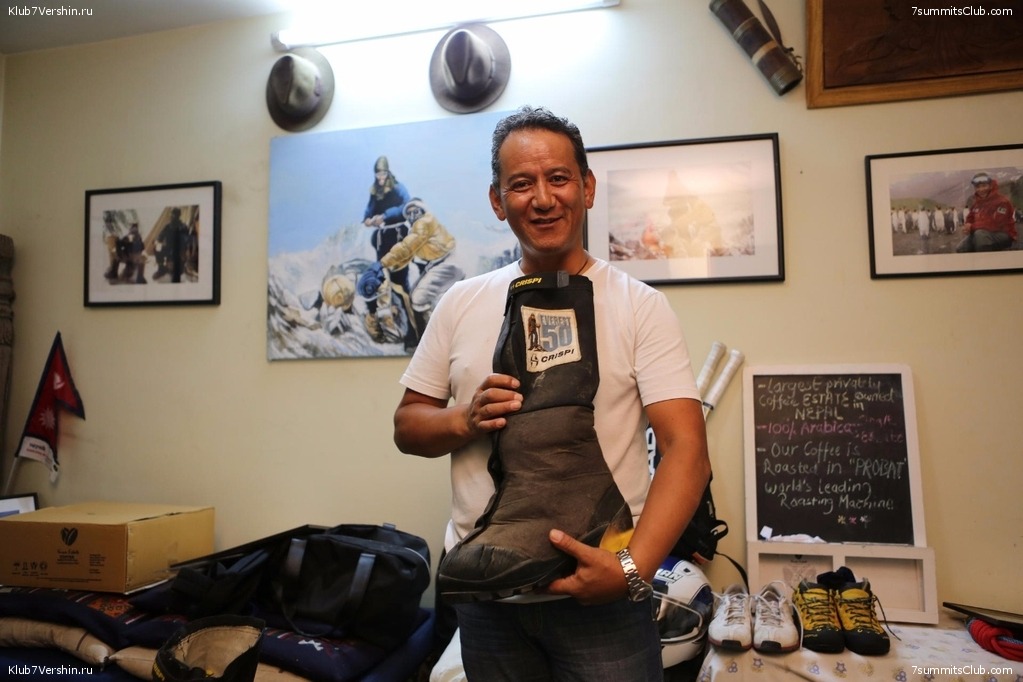All news - Page 251
Kilimanjaro season is in full swing: we have three groups in a row and by different routes ...
Kilimanjaro.
It so happened that three groups of the 7 Summits Club, one after another, come to Kilimanjaro. At the forefront there is the group consisting of: Vasily Kuznetsov, Vyacheslav Bryuhno and Alexander Konstantinovsky. They're climbing ...
It so happened that three groups of the 7 Summits Club, one after another, come to Kilimanjaro. At the forefront there is the group consisting of: Vasily Kuznetsov, Vyacheslav Bryuhno and
Alexander Konstantinovsky. They're climbing Kilimanjaro by Marangu route, today they should be in the Horombo hut. Then father and son Romas and Lucas Rakcheev began his march to the Kilimanjaro, they go by the Lemosho route.
Today, on December 14, two new members are scheduled to fly in Tanzania, they are planning to climb Kilimanjaro by the Machame route.
The second session of the Mountain School of 7 Summits Club is over
Alexander Grebenyuk: The session of school is completed by climbing on one of the peaks of the Caucasian Mineral Waters - Mountain laccolith Medovaya (Honey). Students of the school have shown their knowledge when making climbing on rocky ...
Alexander Grebenyuk: The session of school is completed by climbing on one of the peaks of the Caucasian Mineral Waters - Mountain laccolith Medovaya (Honey). Students of the school have shown their knowledge when making climbing on rocky route. All this was at a background of normal mountain weather with a breeze and little precipitation. In the analysis of climbing all people adequately responded to the issues. All the best, until next time!
Vladimir Kotlyar from Plaza de Mulas camp: we continue climbing, despite the fact that we are only two now
Aconcagua.
Hello! It is Vladimir Kotlyar from Aconcagua. Our climbing partners have decided to fly home for personal reasons. They flew in a helicopter. And we've got two. Here, unfortunately. But we did not finish the expedition ... Now we sit down ...
Hello! It is Vladimir Kotlyar from Aconcagua. Our climbing partners have decided to fly home for personal reasons. They flew in a helicopter. And we've got two. Here, unfortunately. But we did not finish the expedition ... Now we sit down in Plaza de Mulas, at an altitude of 4300 and expected weather. We've got sweeps, the blizzard. The wind is very strong at the top. On top along the weather forecast the wind is now 70-75 ... We will be waiting for the weather and go upstairs. Adios! All the best!
Vladimir Kotlyar reports from the Canada camp on the slopes of Aconcagua: we climbed briskly, despite the difficult conditions
Aconcagua.
Hello! This is Vladimir Kotlyar, the guide of the 7 Summits Club on the expedition to Aconcagua. Today our friendly team climbed up for the first high-altitude camp at an altitude, it is Plaza Canada at 4800 meters. Our goal is to spend the ...
Hello! This is Vladimir Kotlyar, the guide of the 7 Summits Club on the expedition to Aconcagua. Today our friendly team climbed up for the first high-altitude camp at an altitude, it is Plaza Canada at 4800 meters. Our goal is to spend the night for better acclimatization and gradual, step-up recovery. We went fast - 3 hours, set up tents, have dinner. And now we have a rest, to boil water, drown snow. In general, we collect water for the evening and for the morning.
Today we have snow, blizzard, snowstorm. But never mind, all is well: we got a real northern adventure. Adios!
The 7 Summits Club guide Sergey Larin flew to Argentina for the climb Aconcagua program
Aconcagua.
Today, January 9, one more our guide - Sergey Larin flew to Argentina. Tomorrow he will, we hope, arrive in Mendoza, and will begin preparations for a meeting with members of our new expedition. This expedition will start the next day. Note ...
Today, January 9, one more our guide - Sergey Larin flew to Argentina. Tomorrow he will, we hope, arrive in Mendoza, and will begin preparations for a meeting with members of our new expedition. This expedition will start the next day. Note that the youngest member of the group is only 14 years old. It is Dmitry Tertychnyi - to his credit there is Pyramid Carstenzs summit. He became the youngest climber in the world at this summit, which passed the entire route through the jungle… Now he plan to become the youngest Russian on the summit of Aconcagua.
Vladimir Kotlyar with the group went for acclimatization under the South Face of Aconcagua
Aconcagua.
Good evening! It says Vladimir Kotlyar from Argentina. We are all also in the Plaza Confluence. Today we have acclimatization at valley under the South Face of Aconcagua. A stunningly beautiful mount. There is a lot of snow this season, as ...
Good evening! It says Vladimir Kotlyar from Argentina. We are all also in the Plaza Confluence. Today we have acclimatization at valley under the South Face of Aconcagua. A stunningly beautiful mount. There is a lot of snow this season, as I said earlier. First time at this altitude I had to stomp through the snow in some places. With the weather we were lucky. Now we are back, passed a medical control, all passed it successfully. In general, we eat, rest, preparing for tomorrow. Tomorrow we have a long, long transport, walk to the Plaza de Mulas.
Alexander Grebenyuk’s report on the work of the Mountain School in the Caucasian Mineral Waters
Good evening! It says Alexander Grebenyuk, guide of the Mountain School of the 7 Summits Club on the Caucasian Mineral Waters. Today, December 6, it was the third and final day of our School. The program was fully implemented. During the ...
Good evening! It says Alexander Grebenyuk, guide of the Mountain School of the 7 Summits Club on the Caucasian Mineral Waters. Today, December 6, it was the third and final day of our School. The program was fully implemented. During the sessions, students have consolidated the skills of movement on the mountain terrain, examined the use in practice, devices and accessories for ascending and descending the rocks of varying difficulty and steepness. We climbed to the top of Mount Mashuk, Ostrogorka and the highest point of the region - Mount Beshtau, having traversed using climbing equipment route across the top of the Goat rocks. All participants are healthy and departed to the place of permanent residence by evening flights from Mineralnye Vody Airport.
Until we meet again in the Caucasian Mineral Waters! All the best!
Listen to audio message:
Alexander Abramov on the second day of the Mountain School in the Caucasus: Traverse of Mount Ostraya. PHOTO
Alex Abramov from the city of Piatigorsk: Hello! Today, our school team of 8 people made a traverse of Mount Ostraya (Sharp). It was a good climbing ridge route. The ascent took 5 hours, that is, almost the whole day.Rocks were ...
Alex Abramov from the city of Piatigorsk: Hello! Today, our school team of 8 people made a traverse of Mount Ostraya (Sharp). It was a good climbing ridge route. The ascent took 5 hours, that is, almost the whole day.
Rocks were partially in the snow. It was a good preparation for climbing in the big mountains. We have learned to belay with ropes. The weather was perfect: sunshine and no wind. After descending from the summit we climb for training on the west wall of the famous mountain. Everybody was happy. In the evening, we tried dishes of Caucasian cuisine.
For morning we plan to climb the highest peak of the region - Mount Beshtau (“five mountains” in translation).
Vladimir Kotlyar with the group went up to the gate of the National Park Aconcagua
Aconcagua.
Hello everybody ! It says Vladimir Kotlyar from Penitentes. It is practically next to the entrance to the national park - a small ski town, which consists of several hotels. Today we spend the night here. We have already prepared the bags ...
Hello everybody ! It says Vladimir Kotlyar from Penitentes. It is practically next to the entrance to the national park - a small ski town, which consists of several hotels. Today we spend the night here. We have already prepared the bags for the mules. Tomorrow morning it will be taken by takes local guides and loaded on mules. We're going after them ...
Mountain School of the 7 Summits Club holds its sessions in the area of Pyatigorsk. Message from Ludmila Korobeshko
Good afternoon! It is Ludmila Korobeshko from Pyatigorsk, a resort of Caucasian Mineral Waters. Here the mountain school of the 7 Summits Club conducts classes on climbing and mountaineering. Today is Friday, December 4, it was the first ...
Good afternoon! It is Ludmila Korobeshko from Pyatigorsk, a resort of Caucasian Mineral Waters. Here the mountain school of the 7 Summits Club conducts classes on climbing and mountaineering. Today is Friday, December 4, it was the first day of this school. We had a great day. Firstly, the weather was perfect, the morning was sunny, even it was good view on the Caucasian Chain and Elbrus. We were the first at “Spartak rocks” on the slopes of Mount Mashuk. A session was leading by our guide Alexander Grebenyuk. Also among climbers there was our president Alexander Abramov. First we warmed up, climb, worked on the movement on fixed ropes, working with Jumar, and rappelling descent.
When we visited the "people's bath" is the hot springs. And in the afternoon, we can say the evening, take a walk, a mini climbing Mount Mashuk.
Ivan Lukasiewicz's photos from a trek under Kanchenjunga
Trek was very interesting, long, with multi-day tiresome approaches and exits from the area. But feelings remained tremendous, you feel as you get into the heart of the Himalayas, on narrow gorges among mountains surrounding you from all ...
Trek was very interesting, long, with multi-day tiresome approaches and exits from the area. But feelings remained tremendous, you feel as you get into the heart of the Himalayas, on narrow gorges among mountains surrounding you from all directions which become day by day higher and more severe. Kanchenjunga from Nepal - very hidden mountain, despite the size that is very surprising. It opens only when you come nearer to it closely. "Visyt card" of the area, his face and the center riveting attention pay well-known Jannu (Kumbkhakarna), a topmost pyramid, and then and which crests are visible from the most distant approaches....
Some photos from a trip to the Republic of Korea
The spring - åðö best time for travel to South Korea, at this time everything blossoms, the nature wakens, the feeling of a holiday is created. However, regardless of a season this remarkable country will leave nobody indifferent. You will ...
The spring - åðö best time for travel to South Korea, at this time everything blossoms, the nature wakens, the feeling of a holiday is created.
However, regardless of a season this remarkable country will leave nobody indifferent. You will see the surprising nature, ancient monuments (In South Korea more than 10 monuments of world heritage of UNESCO are), you will try exotic dishes of local cookery.
And, above all – you will get acquainted with hospitality of people who are always glad to guests.
Koreans are very emotional and dynamic. It is fascinating and interesting to communicate with them.
A Lecture in the 7 Summits Club. Artem Rostovtsev and Alexander Lastochkin about training of mountain climbers
Artem Rostovtsev - participant and prize-winner of international competitions and ascents, one of the best multiracer of Russia shared a vast experience of the trainings. He considers that the main thing in training ...
Artem Rostovtsev - participant and prize-winner of international competitions and ascents, one of the best multiracer of Russia shared a vast experience of the trainings. He considers that the main thing in training of climbers is functional preparation, and running is the main means of trainings. Artem invited everyone to train with him and to participate in charitable running on December 12.
Alexander Lastochkin lightened all mood, having sung some tremendous songs on a guitar. Alexander participated in difficult expeditions and wall climbs worldwide. He considers that for the climber the main thing is an ability to climb and invited all to the rock climbing wall.
In completion of lecture we held intellectual competition. Winners received as a gift pleasant prizes from Thule and the 7 Summits Club!
Tanzania: Kilimanjaro, climb, marathon and animals – under the leadership of a well-known Russian multiathlete Artem Rostovtsev
Kilimanjaro.
We had a special offer! We offer ascenst on the Mount Kilimanjaro along a popular, most extended and beautiful route of Lemosho at the SPECIAL (!) price - 2290 dollars from the person. Here the program>>>>>>> ...
We had a special offer! We offer ascenst on the Mount Kilimanjaro along a popular, most extended and beautiful route of Lemosho at the SPECIAL (!) price - 2290 dollars from the person. Here the program>>>>>>>
Besides, it is opportunity to combine climb on the highest top of Africa and participation in the international marathon of KILIMANJARO 2016. It is possible to become one of the first Russians who are taking part in this marathon! There except a classical distance 41, 195 km, it is possible to run a semi-marathon, 10 and even 5 km.
The main advantage of our program it that, the guide in this project will be the outstanding athlete Artem Rostovtsev. He know the Mountain and will prepare you for a marathon if it is necessary. That is Artem carries out trainings on preparation for a marathon here in Moscow and it is possible to join him. IT is IMPORTANT!
The program can be continued by a safari on national parks of Tanzania and visit of the exotic island with gold beaches - Zanzibar.
Vladimir Kotlyar opened the season in South America, from Patagonia to Aconcagua!
A week ago, the guide 7 Summits Club Vladimir Kotlyar and his wife Oksana went to South America. In Mendoza, they celebrated the birthday of Oksana. Further, the mobile group of Kotliar’s moved in Argentine Patagonia at the region of ...
A week ago, the guide 7 Summits Club Vladimir Kotlyar and his wife Oksana went to South America. In Mendoza, they celebrated the birthday of Oksana. Further, the mobile group of Kotliar’s moved in Argentine Patagonia at the region of the famous Mount Fitz Roy.
Now they are exploring the area and soon plan to move in the Chilean part of Patagonia.
Then, from December 2, begins the season on Aconcagua. All December programs have been filled.
But you can join our two groups on January - Aconcagua led by Volodya Kotlyar.
Olga Rumyantseva. Ararat 2015. A lot of pictures
Ararat.
It was a very strange expedition. And all strangles were negative. Firstly, I would call it inhuman experiments on human beings. But as the people themselves consciously went for it, so the experiment itself is quite humane. The problem was ...
It was a very strange expedition. And all strangles were negative.
Firstly, I would call it inhuman experiments on human beings. But as the people themselves consciously went for it, so the experiment itself is quite humane.
The problem was - to ascend the mountain of the height of more than 5000 meters in three days - it is, in principle, not very sensible idea. Especially it looks questionable, given that participants were no athletes and never climbed any mounytain before. And of course with acclimatization. Just normal office people. Some of them even never seen mountains.
Secondly, I never went to the mountains with plaster.
In general, it is even more doubtful event turned out to be quite feasible. Although the guide with plaster - it looks at least strange….
Mountain school of the 7 Summits Club in Gudauri, Georgia. The combination of ski tour and mountaineering in one program, extended learning opportunities
This weekend a representative of the 7 Summits Club Galina Rossova went to the Caucasus to Georgia to explore the situation in Gudauri and learn about the possibilities for the implementation of programs in the winter Mountain School in ...
This weekend a representative of the 7 Summits Club Galina Rossova went to the Caucasus to Georgia to explore the situation in Gudauri and learn about the possibilities for the implementation of programs in the winter Mountain School in 2016. Soon a new program for beginners will be published on our site. This program will be provided under the leadership of a talented climber and conqueror of Everest Bidzina Gujabidze.
Gudauri - is a ski resort located on the southern slopes of the Caucasus Mountains near the Georgian Military Road among stunning views of the mountains.
A new group of 7 Summits Club starts climbing Kilimanjaro
Today, the expedition under the program "Climbing Kilimanjaro Marangu route" started for a new group of the 7 Summits Club. We hope for good weather and good luck to the participants and wish Daria a Happy Birthday! According to the plan, ...
Today, the expedition under the program "Climbing Kilimanjaro Marangu route" started for a new group of the 7 Summits Club.
We hope for good weather and good luck to the participants and wish Daria a Happy Birthday! According to the plan, she should be noted it on top of the mountain!
After climbing in the tour program will be 2 days safari in the national parks.
How to survive in a forest - with Michael Yarin. The course is successfully passed!
November 14-15 in Moscow region, three members of the 7 Summits Club took part in the course of survival for the program of the Mountain School. The program has trained basic skills for survival. Under the guidance of an experienced hunter ...
November 14-15 in Moscow region, three members of the 7 Summits Club took part in the course of survival for the program of the Mountain School.
The program has trained basic skills for survival. Under the guidance of an experienced hunter and traveler - Michael Yarin participants gained important new knowledge that in the future will help to make the correct and logical steps for my own salvation in an emergency.
During the day the group was in a simulated situation, "Lost in the Woods." It was performed a scenic route near Sergiyev Posad. Sleep had in the woods in the open air, without tents and other equipment, as initially it was thought that each lost. At night, the air temperature was about -5 degrees.
It was a real adventure…
Press tour of 7 Summits Club Nepal has been a guest of Tashi Tenzing ..
Everest BC (Nepal).
Tashi Tenzing, multiple climber of Mount Everest, the youngest son of Pem Pem, the eldest daughter of the great Tenzing Norgey. November 30th he will be 50 years old! The date worthy to tell the history of his life, continuing the great ...
Tashi Tenzing, multiple climber of Mount Everest, the youngest son of Pem Pem, the eldest daughter of the great Tenzing Norgey. November 30th he will be 50 years old! The date worthy to tell the history of his life, continuing the great generation of Tenzing.
"The famous GRANDPA of our hero was born in the highlands of the Khumbu in Nepal. Later, as an adult, he moved to Darjeeling (India). It is likely that in fact he was born in Tibet. After birth, was named Namgyal Wangdi. Then, on the advice of Lama was named by parents as Tenzing Norgay, which means "happy wealthy supporter of religion." He did not attach much importance to his exact age, proper names and their transcription (Sherpas at the time did not use written and accurate calendar in the home). Date of birth he defined approximately, according to the memoirs of mother about the weather and the harvest. "
